|
Reposting this 2019 breakdown of the story behind the making of the photograph above, by popular request! Enjoy! This is my favorite photograph I've taken of the Notre Dame. I stood in front of it for a long time before making it. I pride myself in creating images without electronics, that are difficult to replicate, and more importantly, try to capture something of the feeling of the place. The emotion. What did it mean, to stand there, in the days after the murders? I'd gone there in the weeks prior, more than once, usually in the mornings, searching for the right frame– of mind, of light, of mise-en-scene. Everybody with a camera who comes upon that great facade for the first time does this: You just have to. If photography is an act of prayer, this is a gesture of respect toward sheer stupefaction of craftsmanship, the impressive iron stand of art outlasting time. Everyone takes this picture. It accomplishes nothing in terms of actually capturing the mind-boggling sensation of standing beneath all that carved stone, but nevermind. We humans are all living life for the very first time, and you have to cut us some slack for trying. I shot on Ektachrome slide film that I processed in chemicals intended for negative stock ("cross-processing"), the better to get those greens and high contrast; cross-processed film looks great but needs to be delicately exposed. Here I overexposed, as I like to do with color negative, and it just doesn't land. Compositionally, there's depth, sure, but it's missing something. You know it’s missing something because it’s got nothing on actually standing there. Again, no dice. Not really. I'd put the blue filter on the lens in an effort to do something, anything, to get me out of the highly unnacceptable rut of turning architectural treasures into banalities. I was excited by how much happened with the subtle shift in angle; we were moving now. I imagined a slow tracking shot, gliding up the wall. And I'm in love with this lens, a Tamron 28mm, which is slightly too small for my (35mm) Pentax PZ1-P, thus creating the vignettes in the corners. But still. I could do more. I abandoned strong lines and colors and went for a subtler take, involving the surroundings; first the clouds, then the tourists. These are the pictures where you look over them and say, "okay. Fine." Not bad. But not good, either. Abandoning depth, the most important compositional element in the two-dimensional format that is photography, needs to be for a killer reason, and these weren't it. I didn't know how to photograph the Notre Dame because I didn't know what it meant to me. Yet. It was in the days after the massacre that the great facade and its plaza would gain new meaning for me. All of Paris was in shock. As I wrote in the days following November 13, 2015: The tones are hushed, raw, somber, torn. Laughter has been replaced with silence. These are grown men now, with red eyes, ugly from crying but who cares, tears running down their stubble as they point at blood on the ground. You hear the question in every heaving sigh: when did the world stop making sense? We stood there in the hours after. We stood there during the day, and we came back at night. Dumbfounded. That's sawdust in the lower left, absorbing the blood. We stood by, paralyzed. We stopped, those of us who never stop. Those circles on the wall identify where stray bullets are lodged. And those of us who never cry, cried. We cried alone, heaving wet and sticky, broken in broad daylight. Do you know about being alone in the world, like she is there? Or him, defined now not by what is there, but what isn't there, what is forever lost? Everything was different now. Time moved differently; shadows became longer. Even in a crowd, silences were louder than noise: This post is not about Notre Dame. It's about what we were thinking about when we thought the fire would ruin everything. Before we learned they preserved the essentials, that the structure still stands, that no one perished. It's about what the parents of those kids in Las Vegas still think about every night and every day, after the world has moved on and somehow managed to forget about 851 killed or injured, an event that remains low profile because it has no political, religious or otherwise easily blameable motivation. It's about what I think about when I think about Paris. If I had walked the regular way home on November 13, 2015, this would have been the last known photograph: As an image it is not remarkable. Last known photographs never are. Here is the second-to-last: A more aesthetically accomplished composition, but I'm drawn instead to the last one. What does it show? What does it have in common with this man by the Seine, alone with his thoughts on the second day after? Or this girl, also that week, who paused inexplicably in the midst of roundabout traffic, struck into stillness by a thought we’ll never know. Do we only ever really have one thought, at the end of the long day, throughout the turning years? All the myriad inclinations and ponderings, suspicions and reflections unvoiced, as ever pulled back to the original human question: Why? Those two figures are living in the After, whereas my self-portrait snaps were taken before the event. But the mysteries that call to us are the same. This is what we were thinking: Who writes the names of all the days, setting down the joy and the horror we don't yet know we will live? Is there really a wispy figure up there, long on years and maddeningly patient? Or is it the cynic's favorite explanation, a meaningless collision of atoms determining all that is ecstatic and all that is wisdom, a theory as ludicrous as its deterministic opposite? How human of us to guess, to presume we can even comprehend. Might it be something in between? What I know is that I don't know, and the fact of the universe being so much more than what we can grasp... that I find a comfort. Wouldn’t it be depressing, limiting, to know everything? I have seen miracles big and small, alignments and intersections far too sublime to insult by calling mere chance. There's something lurking in the light before memory, that lived in the dawn of our time, that lives within us still, even now. I went back to the Notre Dame. I took comfort in its size, its art, its simultaneous resilience against and embodiment of time. I took note of the surroundings in a way I hadn't before. The quiet reflection of the city was especially potent now, in spaces normally packed but now empty. The absence of tourists made me think back on them. There was an East Asian family I remembered from a week earlier (visible in the "okay fine" photos above), in the plaza, taking photos of each other and the grand facade, skipping about and laughing in a manner both silly and reverent. They would pause, and a moment later the daughter would do a cartwheel. You can sense their happy-go-lucky sensibility in their gestures above. Without succumbing to the myth that tragedy makes people wise (that only happens sometimes), I want to voice the possibility that terrible experiences can open your eyes to goodness in ways you only thought you knew before. You learn the value of things. I now saw how much that family was onto something. You have to laugh your way through this life as much as anything else. I am most impressed by those who conflate lightness and wisdom, playfulness and thoughtfulness in the same breath of their lives, without compromise to either. If there is a hidden presence linking all things, don't you imagine it would approve equally of the Notre Dame's intricate artistic virtuosity... and the giggle in a preteen cartwheel? That there might be as valuable of an answer in her spirited and innocent verve, equally deserving of echoing through the centuries? I like to think so. It was with that in mind that I picked the camera up again, and exposed three times on the same negative. The girl was gone, of course, but I wanted to impose her joie de vivre onto the great cathedral in a way that would let the best things about both attitudes live. It cannot all be somber. There must be movement, energy, and sometimes it won't be sitting there waiting for us to pick up. We have to create it from within ourselves. That was what I could see now, that I couldn't see before. --- If some of the above images are too small to view– here they all are, plus a few extra, in a slideshow:
0 Comments
The most lasting advice I received in Art School was to "think about how I think." To question why I respond this or that way, and to remember that the response is always a choice. Now that people talk to each other less on the bus, there's a lot more time for me to think while driving– and much tougher things to think about. We who step out into the streets of Seattle are faced daily with a proposition: what are we to make of all this? Will it ever change? We live on the precipice of despair. How do we keep from falling in? Read on (and pardon the length– this is a month's worth of blog posts all at once! Bookmark it and enjoy!)!
1. Of Laughter and Forgetting I walked into the base after another rewarding evening on the mighty 7/49. Operator (we'll call him) Jim was there. I like Jim. I don't need people to be like me in order for me to enjoy their company, but he and I have a fair amount in common anyway. "How was your night?" “Mellow," Jim replied. "Except kids on my last trip through Union southbound, the trip before I see you, that's when they always wanna get on and smoke that shit. I went back there and told em, hey–" "You went back there?” “Yeah, man!” “Wow!” “What, we're not supposed to?” “Well,” I said, “I'm not gonna tell you how to drive, but shoot man, I admire your courage.” “Sometimes you got to! These clowns–" "Jim, here's– okay here's what I worry about. I think to myself what if he has a weapon. What if that's his friend across the aisle. What if he has five brothers and you're gonna see him again in an hour.” “True. Okay. True.” “But I understand wanting to do something about this stuff.” “I can't stand it! I can take everything else. I don't mind all the other stuff." He paused, then spoke again. "You know what gets me about it? Is these youngsters don't care if there's kids on the bus, or elderly, they don't care about anyone else–" "Exactly," I said. "Exactly! These new kids, 'cause not one of them is from Seattle, and–" he was nodding vigorously– “you know how beforehand, the whole concept of the street was, the ultimate currency of the street is respect? These kids don't get that!" "Yeah! They don't understand!” “The street has always been about respect. It's the whole point of how everything works out here. And now we have all these new people who–” "–don't care.” “Exactly.” “You know, I watch 'em. At Pike. I wanna see how this shit works. Have you seen those puffs of smoke they get? I seen this lady had a piece of foil this big, with a huuuge–” “No way! She's gonna overdose in no time!” “Yeah! I thought the whole idea they smoke on buses is to get outta the wind and get the biggest hit a smoke they can, but they're gettin' it out there too! Just a mountain of fumes. You shoulda seen this lady. Like this.” “She's gonna be dead in a week!” 2. The Lament Yes, we were laughing. I dare you to call us insensitive. We, who in the early days of this drug melee saw the rows of dead bodies every pre-dawn morning, laid out on Third between Pike and Union, getting wrapped in body bags and tarp so they could quickly be removed from view before the day's commuters arrived. We, who are forced to inhale opiates against our will. Who are faced with impossible decisions. Some of us have failed drug tests as a result of being too close to offenders. We, who witness crimes we can't stop, because no one will intervene, no one can stop this. My first experience with fentanyl was a young mother coming up to apologize for her toddler son, who'd vomited on the bus floor due to the fumes coming from the teens smoking right next to them. We, who spent a lifetime making sure we didn't expose our bodies to this garbage, because we wanted to live long and healthy lives with our loved ones. That care, those decisions– are being taken away from us and every passenger who's done the same. Secondhand smoke of all kinds has lasting effects. Additionally, today's opiates are the sort which can cause addictive behaviors from a single use, permanent brain damage from a single exposure. Even if some fears are overblown, you have to admit this isn't kid stuff. Shouldn't consent be a necessary component of drug abuse? Especially indoors? We watch as those with real power to change things remain distant, vocal but unmoving. We read with amazement statements from officials which reveal they don't know the first thing about what goes on out here, in the deep hours of the night (I'm not talking about Metro officials, where there have finally been some positive personnel changes). No, it is not us who are insensitive. It's the system. The system is a monster, unstoppable and insatiable. The pattern was first revealed to the public in 2017: "vagrants" from small and mid-sized cities in the rural Midwest and South are given one-way Greyhound tickets to major West Coast cities. They get dumped in Seattle, where possessing, using and distributing drugs not only won't land you in any legal trouble, but the goods can be had for dirt cheap. Where ordinances are not enforced, shoplifting and breaking and entering are not prosecuted crimes, and no arrests will be made that don't involve physical assault. These are mandates I’ve learned about on the street from those with rueful personal experience. Basically: it's Disneyland. This is the kind of once-a-century lawbreaker's heaven you'd think would result in the happiest of delinquents. 3. However. The fact that street people are so uniformly miserable (which wasn't true pre-pandemic, but is now) is a testament to their humanity. They are not enjoying this melee. It is not fun for them. They are hurting. They are, like most of us, abandoned by those who profess to look out for them. They are waiting for someone to ask them what they need. Can you believe it has occurred to no elected official to do so? When will those in power learn that solutions are immeasurably better if those affected are involved in the decision-making process? Though it is true that kindness doesn't always mean giving people what they want, it is usually worthwhile to collaborate, to co-create. Of course, Seattle's problems are well beyond the purview of Metro's responsibility. Metro is merely the setting, the whipping boy and scapegoat who takes on the frankly heroic role of the unwilling venue, while we– operators, commuters, passengers, residents– wait (im)patiently for a solution. Something needs to be done about the practice of shipping les miserables in from places that don't want them, and dumping them in cities unprepared to respond. It is not the way to take care of people. 4. Picture Yourself in Other Shoes You've just been relocated to a new city, Seattle. Bigger than anywhere you've been. You have no contacts. You don't know about the Real Change Directory because why would you, you don't know where anything is, and it's obvious the streets are dangerous. You're out of your element and you know it. They said it would be Amazon and Starbucks. You don't need a latte; you need a weapon. And you need to figure a lot of stuff out. Where to get meds, where to get a state ID and how, learning what you can and can't achieve in Seattle based on your past, finding lists for housing, looking up shelters, food, clothes for living, clothes for interviews, a phone, where's a shower, a dentist for this toothache that's killing me, how to get insurance, a job, a job, a house, a job, my education records, a prescription renewal, internet, a library card, an address, more food, painkillers maybe, something for this headache, maybe a drink so I don't feel the cold… And then, of course, you learn about the drugs. You learn they have that thing they had back home; not as much of it (Seattle isn't even in the top 20 cities for fentanyl, if you can believe it– see below), but still dirt cheap. And they can't arrest you over it? Here's a description from a former user: "Think of it this way….think about the most sick you’ve ever been in your life. Think about the cold sweat and chills running down your spine and the dreaded stomach cramps where you know you need to find a bathroom NOW. Now add on being nauseated. Now add on your whole body being sore and achey as if you worked out for 6 hours without stretching. Now add on your skin feeling like it’s going to explode. Now add on some yawning, eye tearing, HIGHLY bad anxiety, restless legs and the knowledge that this is going to last an entire week… or you could just get some Fentanyl and when you do it, allllll the sickness goes away INSTANTLY. It’s an amazing feeling if you’ve ever experienced it. And not only does it go away, your anxiety goes away and is replaced with good feelings. If you could live like that all the time with no consequences, why wouldn’t you? A lot of addicts think it’s worth the risk. I know I did while I was using. Addicts will literally seek it out not caring about whether it’s deadly or not because they need it to survive their day. They need it to not be sick, to stop the withdrawal and to get the high so they can function." Why fix your problems when you can just forget them? Why bother with struggling to live when you can die instead? All deaths are suicides, someone once wrote. I disagree, but these deaths make you wonder. The new generation, this rural Gen Z influx, doesn't currently have the ability to take care of itself. That much is obvious. Seattle has the ability to take care of them, but isn't. If you can't stop a generation from killing itself, you could at least create a safe space where they can do so while you figure out next steps. For nearly a century the city's most extreme cases to resided in the Jungle. With that enormous and largely autonomous facility closed, what was once hidden plays out in broad daylight. What are we to make of a society that allows such behavior? I hear conspiracy theories everyday. Similar to the dog days of 2003, when everyone had a solution to the Iraq war, now everyone has an opinion on what would fix everything, what's really going on, and why no one's taking action. "I do not know with what weapons World War III will be fought, but World War IV will be fought with sticks and stones,” Einstein wrote. What weapons indeed, you ask. How about these: drugs? The Internet? Manipulation of information? Taking advantage of a country's most vulnerable people? This is a picture of the mind racing. 5. The State of Things "You can get a contact high from fentanyl, you'll black out," I was saying to Jim. "I've talked with passengers who've had that happen to them, just last night this mom from Texas. She didn't know what hit her. Woke up on the other side of town, had to walk all the way back." “It's sad,” Jim said, in a tone representing both defeat and discovery. “They're all new. These kids.” “Yeah," he added. "And they don't hang out with the old guys. Have you ever noticed the guys who drink, and the guys who smoke that shit… never mix?” “Never! In fact if someone cracks open a beer, I'm honestly relieved because I know for sure, that that guy's not gonna smoke any fentanyl!" Jim howled in recognition as I continued. "And you know what else? I kinda like having people who smell bad now, because they'll clear out a coach!" Jim could barely keep his composure. In between guffaws he said, “You know that, you know that guy who shuffles?” “I know exactly who you're talking about!" "He's my magic, my little good luck charm!" "All you have to do is get him on–” “–and you can ask him to go sit in the back, he doesn't even get mad, just says okay, and starts going back there, and then– and then–" “They can't handle it!” “They can't take it!” “It's beautiful!” No, we are not being insensitive. We laugh because laughter is the only tool we have left. When all power has been taken away, there is nothing left to do but make music. Our lives are short, and while civilization crumbles around us– if indeed it is crumbling– I will laugh, smile, share joy, including with those individuals alluded to above, they who are most scorned and feared. We can remember that people have different starting points in the game of life, some with less resources than others, and this isn't their fault. Everyone makes stupid decisions; only some of us have to live out giant chunks of their lives defined by our worst moments. Can you blame them for their hopelessness? Can you blame them for not caring about the rules of a society they feel has rejected them? For flaunting their disregard, the way a child does who feels humiliated, wronged? These are the grapes of wrath. "Kill me please, or else I will," reads a scrawled plea on a light rail seat. This is the state of things. 6. How I Live Now I greet the new boys and girls on the block with the same gusto as ever, and they respond with ignorance or confusion. They're on edge because they're on foreign turf, a new city with boundaries and histories they know they're clueless about. Survival mode. They're not expecting anything approaching kindness, but I give it to them anyway, without expecting a response… and then it starts to happen. It begins. There is one, then maybe another, not as much as pre-COVID but even still, in these conditions, there are glimmers. You can't stop humanity, can't curtail its hunger for connection. "This guy's cool," I'll hear them say. "He actually talks. Actually likes his job, gives a shit about the people." Eventually they begin to understand you're not looking down on them. Building relationships with some of the crew at 12th and Jackson has been one of my great post-pandemic joys. A young man running out from his hangout spot behind a bus shelter, stepping away from his friends for a moment to pump his first in the air toward me with gratitude, pounding his solar plexus and nodding with a mighty grin, returning my bow and salute. These are the moments I was made for. A lovely conversation with two young men that ends with one sheepishly telling me, "I'm sorry if you ever see me, uh you know, passed out on the street or acting out. I'm kinda hooked on that stuff." "We all have phases, right?" He beamed with appreciation. "Exactly." Or another, chatting it up with a young man in recovery. He's on methadone now, and employed, reveling in the de-stressed headspace of clean living. Look at the kindness in his eyes. I know that face. I've seen it on others. It is my own face, the child who lives inside the man, still somehow hoping for goodness, sometimes hesitant to believe. Here it is again in a prematurely aged man, likely a veteran of time behind bars, miraculously still in possession of a certain recognizable softness in the eyes. I want to give him a hug. You realize there are degrees. It isn't the same level of unstable, or type of usage. Some street people are scared of other street people. "Sorry 'bout that," a woman said after her screaming partner stormed off the coach. "I ain't even with him." "Well, I'd rather have you on the bus than him!" "Ha! Yeah, he's got his own, uh, problems." "Don't we all. 'Specially these days." "Right. These days is crazy, with them blues…" Blues means fentanyl. "They still overdose every night! Addicts! Dumbasses! I'm a drug addict, but shit…" "Moderation, right?" "Right. I don't smoke that shit. You'd hafta be crazy to go near that stuff." "Totally. Too much… death!" "Right, all you do is overdose on that bullshit. You take it, then ya die. Simple. People thought heroin was something, pssshhhh, heroin ain't got nothin' on this." A man behind me, speaking to his ladyfriend as they watch another panoply of incomprehensible behaviors at a bus stop; a fellow outside had desperately yelled for me to wait for him, only to lose interest and start doing handstands. "Man, shit like that is why we get left." Referring to how often buses pass up zones now. "No wonder!" 7. New Frontiers I realize it's the same game as before, just under harsher circumstances. Street people used to be from Seattle, and they weren't all on drugs. Now they're strangers in a strange land, further ostracized by pandemic fears, surrounded by cheap temptation and money they can't have. But we can still push toward connection. Society's given up on them, they seem to have given up on themselves, and yet… Seattle has always been a frontier town. This is a place of beginnings. The recent corporate takeovers have tried their best to conceal it, but no amount of homogenized, artless extravagance can suppress the city's grit-grime texture, its envelope-pushing origins, the cluttered vibrance and dirty beauty of its enterprising spirit. Cities are living things, with forces of gravity that extend beyond the control of leaders and interests. Frontiers are born in rebellion. They involve strife, violence, unorganized angst that dreams of something greater. These are the ingredients humans have for rebirth. We are failing forward, stumbling together in the night, and it is all pointing in a direction, no more visible to us than to our forbears who lived through worse hardship. Suffering is when we grow, learn, bind ourselves to something higher, and Seattle is currently in labor. Am I afraid? Sometimes, yes. Am I saddened and frustrated? Sometimes, yes. I'm saddened when street people assume I hate them, because others do, and act accordingly. I'm frustrated when they default to believing they are unloved, that the world's against them. They, like the rest of us, see only what they're looking for, and they accordingly fail to see my smile, fail to hear my words and tone. They were respected and acknowledged for a moment in the night, appreciated by a stranger for their common humanity, and they didn't have a clue. It's their loss. I keep on. I do my part. They don't have to respond. I do this for myself. I do it for the greater good. It is a part of me I wish to keep alive. – Sources and further reading: Importing unhoused people: The Guardian US, 2018: “Bussed Out: How America Moves Its Homeless.” Online Journalism Awards. Seattle's problems less severe than other cities: American Addiction Centers, 2023: "Highest Drug Use by City." Primarily midwest cities; breakdowns by drug type. American Addiction Centers, 2023: "Top 10 US States with Drug Overdose Deaths." West Virginia sits at #1. Data and context for each state. Monarch Shores Recovery: "10 Cities with Worst Drug Problems." With info for each city. Families Against Fentanyl: "Fentanyl By State: Report." A data compilation primarily using 2021 CDC data. CDC: "Drug Overdose Mortality by State." On policy: ChangingTheNarrative, 2023. "The Tired Narratives of Drug Policy." Clarification of stigmatizing/reductive language regarding addiction and policing issues; however, not Seattle-specific (in practical terms, dealing and possessing are not illegal here). ChangeWA, 2020: "A Loophole that Effectively Legalizes Most Crime in Seattle." Analysis of Seattle city council action to excuse and dismiss most misdemeanor crimes. Seattle City Attorney: "Seattle Isn't Dying."Alternate opinion to above. KUOW, 2022: "Why is Seattle dropping 2,000 misdemeanor cases?" Explanation of the backlog and choice. Drug impacts on the body: CDC: "Health Problems Caused by Secondhand Smoke." Johns Hopkins University, 2023. "Opioid Use Disorder." On addictive behaviors and impacts. American Addiction Centers, 2022: "Opiates, Overdose and Permanent Brain Damage." Brief explanation of hypoxic brain damage. NIH, 2020: "Fentanyl panic goes viral: The spread of misinformation about overdose risk from casual contact with fentanyl in mainstream and social media." Analysis of various comments, their impacts, and degree of foundation in fact. WhiteHouse.gov: "Fentanyl: Safety Recommendations for First Responders" (PDF). Unlike operators, first responders primarily encounter fentanyl in solid form. The international perspective DEA, 2020: "Fentanyl Flow to the United States." Executive Summary, Unclassified Document (PDF). The Guardian, 2023: "The China-Mexico fentanyl pipeline: increasingly sophisticated and deadly." Brief overview of business models. The Urbanist's Ray Dubicki chats it up with Nathan. We talk about buses, photography, the changing face of Seattle, its evolving crises, the need for creativity and ways of harnessing it, and so much more.
Listen and read all about it here! Enjoy! Lots of insider tech-talk on this one, but isn't that kind of fun? Read on to get the scoop on how working the streets looks from the driver's seat!
The shakeup has just begun. You’re new to Third Ave Operations, and you’re feeling overwhelmed. This post is for you. OR, you’ve been around the block, and you think you know what you’re doing. This post is also for you. Why? Because like motorcyclists, bus accidents happen most often not with newbies or veterans, but with folks who are neither, who are in between, who’ve been operating about 5-10 years. That’s right. Drivers who think they know what they’re doing, but don’t realize they haven’t quite caught up to their confidence level. Humble yourself, my friend, and remind yourself of the following. Give your brain a refresher. Pass it on to your newer colleagues without looking down on them. They need our help, not our attitude. It’s an overwhelming job. Remember when you were new? A few reminders about operating downtown: Third Avenue is the street which has the most bus traffic per hour, per day, in the world. It requires focus and skill to make this work, and you have focus and skill. Take pride in what you do. Do the Weave. What is the Weave? It’s explained fully in the Book (now called the Manual, under "Third Ave Operations"), but for now, you can condense it all into three easy tips:
Speaking of trolleys: Hello, operators new to trolley! A few reminders:
Generally (diesels and trolleys):
Further reading, including passenger stuff: -What I've Learned From Other Bus Drivers (half of everything I know comes from my awesome colleagues. Tone of hot tips here) -A Love Letter for My Colleagues: Exercises and Stretches for Operators (half the battle of a happy mental state is taking care of your body. Those lil' aches and pains you're having may be impacting your view of the job more than you think!) -For New Bus Drivers: Thoughts, Tips, and Stories -Skip-stopping and Newbies (explanation of the Weave vs skip-stopping outside the CBD) -How to Drive the 7: The Complete Care Package (everything from stop-by-stop directions to tips on fights and sleepers!) -I Don't Know What a Trolley is, Part I -I Don't Know What a Trolley is, Part II Click here for some background plus the bottom half of this list. Without further ado, here's the top half plus runners up: 7. Mr. Bachmann and His Class (Herr Bachmann und seine Klasse) "I think we should stick together as a class." Dir. Maria Speth 217m. Synopsis: Document of a middle-school teacher teaching his final class using an unorthodox approach. Trailer. I tend not to think of documentaries as being cinema; they’re a different medium, doing their own thing with different standards of expectation. As Frederick Wiseman says about his own films, though, and as he would undoubtedly say about this very Wiseman-eqsue piece, this isn’t a documentary. It isn’t seeking to impose an opinion on reality. It just is. Due to the necessity of editing, of what’s kept in the frame and what’s kept out, no film can escape subjectivity; but this is as close as we can get to a true fly-on-the-wall experience. Herr Bachmann is 217 minutes spent in the classroom and with the lives of these very real people, and this very real, deeply inspiring beacon of a teacher, bringing souls and minds together in that unique and somewhat rare anachronism: a small town that (due to certain historical specificities) is ethnically diverse. The film is a microcosm of many things, and a reminder of how we can behave. Most of the films on this list, and great films generally since 1960-70, are depictions of what not to do, presented for the edification of the audience. Cinema is often afraid of being sincere. Sincerity is delicate, sometimes very nearly too beautiful to handle. In the wrong hands it loses its spark and tips into schmaltz. But director Speth modulates her depiction of life with great, subtle finesse, and offers us that rarest of things– an inspirational and entirely rejuvenating example of what's still possible. A model for living, and a hope for our future. 6. All Quiet on the Western Front (Im Westen nichts Neues) ""In the name of humanity, I ask you to agree to a ceasefire." Dir. Edward Berger. 148m. Synopsis: A German soldier in World War I loses everything. Teaser. Trailer. You are wondering what another war film could possibly bring to the cinematic conversation. There are already excellent war films. You have your favorites. But this one is different. The landmark German novel was famously adapted in 1930 into a decades-ahead-of-its-time version as successful as Saving Private Ryan in shocking audiences into the realities of war, and ended on a punishingly sudden note that still horrifies to this day. Edward Berger’s new version is the first German adaptation of the novel, which itself continues to grab people because of passages like this: “But the bayonet has practically lost its importance. It is usually the fashion now to charge with bombs and spades only. The sharpened spade is a more handy and many-sided weapon; not only can it be used for jabbing a man under the chin, but it is much better for striking with because of its greater weight; and if one hits between the neck and shoulder it easily cleaves as far down as the chest. The bayonet frequently jams on the thrust and then a man has to kick hard on the other fellow's belly to pull it out again; and in the interval he may easily get one himself. And what's more the blade often gets broken off. " You’ve never seen that in a film. You won’t see it here either, but you’ll feel it: the freshness of unvarnished perspective. The novel and its story pull back layers of enculturation, socialization, misguided beliefs. It emphasizes the reality of war not only on the ground (as many films do) but also ideologically (which most films avoid): that it’s nothing more than rich men hiding in rooms, sending poor people to do their fighting for them, and considering those poor lives completely expendable. Says director Berger, “Normally, the moment I bring up my next project, my kids disappear. They think, ‘Oh, it’s so boring.’ But this time, my daughter heard the title and she whipped around and said, ‘All Quiet on the Western Front? You absolutely have to do it. It’s the book that’s touched me most. I cried three times. I just read it in school.’ She was 17 at the time. She’s now 20. I thought, ‘If a book still has such an impact on a 17-year-old girl something like 90 years after its publication…’ — and it’s a war novel, it’s not really meant to entertain a 17-year-old girl— there must be some relevance left to it.” And so there is. This adaptation belongs in the conversation of the best three or four war films ever made. Why? It remains faithful to Erich Maria Remarque’s famous lines: “death is not an adventure for those who stand face to face with it.” It understands that courage, bravery, morality, ethics, accountability, and respect do not exist on the battlefield, and if ever they do, they are the exception proving the rule. It understands that men are never tough; they only pretend to be. All men are children, and the toughest of them are merely convincing actors. Casting the distinctly 'unmanly' theatre actor Felix Kammerer in the lead was a wise coup, and emphasizes the fragility of humans in inhuman spaces. It reminds us of the overstepping humiliation of the November armistice and Treaty of Versailles, without which WWII might have been avoided. World War I more specifically encapsulates the regular problem of war being the result of territorial or ideological squabbles and leaders hungry for power and recognition. All violence is an attempt to restore pride. All violence is an attempt to eliminate shame. In this case, the wounded pride of a few child-men who happen to be leaders. Its spectacular photography. Consider the painterly frames in the trailers above, and their rich, saturated blues, teals and oranges. Note the depth in the compositions. The awareness of texture (especially mud) and deployment of it as a motif. Berger and lenser James Friend take a page from Deakins’ work on 1917, particularly in Deakins’ use of color and shadow, but they put all their camera movements and cutting in service of the narrative and its ideas, rather than as an (impressive) showcase of technical virtuosity. Berger also pushes much further in tackling the ramifications of what he’s depicting than 1917 does. And most successfully, it manages to avoid the trap Ursula K. Le Guin warned us about: That the treason of the artist is to make evil interesting. To conceal “the banality of evil and the terrible boredom of pain.” 5. The Blue Caftan (Le bleu du caftan) "No wants to learn the craft anymore, Halim." Dir. Maryam Touzani 124m. Synopsis: A middle-aged tailor and his wife find their relationship turned upside down by the arrival of a handsome new apprentice. Trailer. Perhaps I found the pace glacial because the chairs in the theatre were massively uncomfortable. Did that affect the film? Did it, perhaps, help the film? Sometimes a slow pace is a good thing. It encourages us to think. It invites further reflection, thoughts we wouldn’t have had otherwise, like standing before a painting for a long rather than a short time. I found myself incomparably moved by the enormous decency these characters have. What deeply embedded goodness. That alone makes the film worth seeing. It keeps authentically to the gentle pace of their lives, during a period of simultaneous decline and rebirth. Are all of our days perhaps the same? Can we fashion our lives to include beginnings, and not only endings? If we were judging films by their conclusions, this would be my pick for the year. 4. Babylon "It's a disease." Dir. Damien Chazelle 189m. Synopsis: During Hollywood's transition to sound, a production assistant witnesses the declining fortunes of those around him and tries not to get lost himself. Trailer. Okay. Let's talk about this. I. Context and a warning Firstly: Babylon is a victim of the laziest marketing campaign I can recall, which managed not to convey the simplest facts of the film’s story (the effects of a changing industry on three characters), time period (Hollywood at the inception of sound and censorship), who its main characters are (an inexperienced PA with a talent for improvisation; a breakout female star; a popular male actor in decline), the fact that its director previously made the critical and commercial smash hits La La Land and Whiplash, nor its main theme (the monstrous and inviolably destructive impact of celebrity). Paramount underwent a regime change between the greenlighting and release of this film, but even so you’d imagine the marketing department could have done better, considering the gold they were given to work with. But in time we'll forget all that. Only the film will remain, and the film is magnificent. But should come with a warning: you will not be prepared for the level of depravity in this film. It puts The Wolf of Wall Street, Eyes Wide Shut, Moulin Rouge and others to shame. I was surprised to learn how much of it is accurate. The film’s most outrageous moments have inspirations from life, and the title is, in every way, spot-on (even Mr. Maguire’s underground nightclub has antecedents in life; such a place existed in 1920s Paris). We easily forget the incredible difference between the '20s and the period lasting from about 1930 to 1960. Los Angeles in the '20s was a town, not a city, a desert town with dirt roads, and it seemed highly improbable that the place would ever become bigger. It was an unregulated space. What were these people doing out there in the desert, and who were they? II. Desperation and its clutches The medium of film was still new, and the system for making them in Hollywood hadn’t been codified. Overseers were few. There were more women directors. People of color could make moves they couldn’t later on. Money was flowing. Drugs, parties, overdoses and suicides were aplenty. People were coming out of a world war and a worldwide pandemic, and there was desperation in the air. New drugs were overrunning the place. (Sound familiar?) People were coming in from small towns all over the country, totally unprepared for the worlds they were making, falling in with, working in a medium that people weren’t even sure was art yet, a medium that stumbled behind the innovative spirit that was pulsing through 1920s painting, music, literature, and architecture. It was on the verge of joining them, of peaking, in the wild fever of silent film, the most creatively fertile period in the history of the movies… when the nearly simultaneous twin introduction of sound films and conservative morals came along and, incredibly, made things worse than they already were. Chazelle’s new film is only partly a hate letter to Hollywood, following the love letter that is his 2016 La La Land. He reinforces the idea of this being a companion piece in reworking a musical motif from the previous film. But in a vein closer to Scorsese’s famous penchant for not telling the audience what to think about his characters, Chazelle here asks us questions while rigorously withholding answers. The outrageous nature of the behavior shown in the parties and elsewhere in the film belies a certain desperation. People act out when they’re desperate. They hide when they’re desperate, through escape, distraction, excess. What are they hiding from? What is the logical extension of such excessive behavior? What lies at the end of running, and running, and running away? That’s the elephant in the room in the opening party scene, not the four-legged behemoth which crashes into the space. Notice how joy progressively seeps out of the parties until all that remains is a nightmare. Some things are not sustainable, and 1920s Hollywood was one of them. The town was then, as it is today, a place that destroys people, and Chazelle’s canvas conveys the all-inclusive power of the death drive we call celebrity. Only the meek, the wise, the untainted, stand a chance of getting out. Formally, you won’t find a more intoxicating experience. Shot in 35mm and readily detectable as such, the image positively oozes life with its swimming grain, deep, rich tone curves, inky blacks and use of anamorphic period lenses barely able to hold focus in close-ups. Observe the wild enthusiasm of the tracking shots following Margot Robbie through the outdoor set and elsewhere; the deft precision of the montages, most notably in the ‘first sound take’ scene and its escalating tension through repetition; and the astonishing first hour, which is two huge sequences you won’t soon forget. III. That Ending Like TÁR but less so, Babylon presents its ending as a Rorschach test, letting us interpret as we wish. [SPOILERS] I don’t see the final montage as an homage to cinema, as many have written. In the same way that I don't think Brad Pitt's monologues extolling popularity are to be taken literally (witness his inability to recognize the gift he later receives): a depiction is not automatically an endorsement. I see Manny Torres as a man who’s been smart enough to get out of the game, and who remembers with conflicted feelings the world he left behind. Yes, he and especially his actor friends achieved a sort of immortality… but at what price? All his friends are dead, and they’ve been turned into punchlines. The film he’s watching has no idea what those battlefields were like. What losses and joys were sustained, what hardship and suffering and vitality. He sees that the film image cannot compete with the complexity of life. Existence is eternally unresolvable, and cinema can only reflect it, never solve it. Cinema is a mere shadow... oh, but what a shadow! What a hypnotic mix of creation, as filled with garbage as gold! Chazelle is keen to include not just obviously great films, but mediocre ones too, as well as pictures as awful as some of the duds Manny and his friends sweated their hearts out making. Is Babylon itself aware that it may be the last film of its kind? A large-scale, big-budget dramatic picture for adults only? Something about the conclusive finality of this montage hints at that for me. We are at the end of the road, and this audacious picture, in its last sequence, seeks the impossible– to contain all the madness which came before. The montage is imperfect; all montages of the entire history of cinema are. But you have to admire the audacity of it. The images turn to shots of processing emulsion and finally to pure washes of color, reduced to the elemental. All things come to an end. It’s 1952 in America, and like today, everyone is spelling the end of cinema, at long last destroyed due to television, declining attendance, declining quality. It is on its last legs. It is dying. It is dead. But that’s okay. When it was alive, he was there. 3. Happening (L'événement) "What's wrong?" Dir. Audrey Diwan 100m. Synopsis: A pregnant high-schooler in 1960s France wishes to continue her schooling, but finds herself pregnant. Trailer. How solitary is lived experience, and how especially so when our trials must be kept private? Those of you who've had to live with traumas that can't be shared, or feel like they can't be shared, will relate. Perfect films are rare. This is one. Director Audrey Diwan’s degree of formal rigor in this, only her second film, astounds. The 1.33:1 frame is an appropriate choice for the claustrophobic storyline and its singular focus on its protagonist, a high schooler who seeks desperately to get an abortion at a time when it was still illegal in France to do so. Diwan’s precise compositions recall Andrea Arnold’s assertion that the 1.33 ratio is a portrait frame, and implicitly respects a figure who’s centrally placed in it. The world may not respect the girl’s livelihood, goals, and needs (the material is based on novelist’s Annie Ernaux’s own harrowing trials as a teen), but the mise-en-scene does. Diwan’s careful decisions in sound, and especially silence, are best experienced in a theatre. Winner of the Golden Lion (Best Film) at Venice. 2. The Quiet Girl (An Cailín Ciúin) "You don't have to say anything." Dir. Colm Bairéad 94m. Synopsis: 1981, rural Ireland. A neglected girl spends a summer with foster parents. Trailer. Gentle kindness can be rare. Are we so callous that we don’t afford it the same wonder we reserve for more obviously shocking things? Can we summon up enough of our best selves to celebrate it, foster it within ourselves and appreciate its quiet grace? It is a perfect film. Kind and small, every note containing volumes, with an attentive and sensitive camera registering the smallest details as the important moments they are. Note the narrow depth of field, the limited color palette, deft interweaving and elongation of time and space. 1. TÁR "Don't be so eager to be offended. The narcissism of small differences leads to the most boring kind of conformity. " Dir. Todd Field 158m. Synopsis: An exploration of the intersection between the impulse toward creativity and the impulse toward power. Teaser. I’ll reuse Rivette’s famous comment on Journey to Italy as the best way to sum up this film: with the arrival of TÁR, all other films have instantly aged ten years. Films usually lag behind social movements because they take so long to make. This is the film, finally, that comprehends the modern age. It sees, and pierces, and elevates us with its forceful, prodigious being. With more rigor than any film I’ve recently seen, TÁR withholds its opinion on what it’s showing us. Director Field does not ever tell us what to think of his remarkable main character, the things she does (or perhaps doesn’t do), and the things that happen to her. Does the final scene represent a downfall? Or an awakening? The film can be seen as a portrait of power and its corrupting influence, but without denying the truth of that, I think that’s the easy interpretation. It is as easily a film about how power structures stand exhaustingly in the way of making great art rather than facilitating it. It can be seen as a culture closing in, a death of the possibility of art; a portrait of a world where creativity can no longer blossom. Or as the great critic Justin Chang says, of “a world where everyone wears masks, and the power of the sublime no longer holds sway.” It is a film which rejects the either/or dichotomies we so readily embrace now. It encourages us to consider how these characters got to the point in which we see them. Certainly Lydia Tár and Sharon had a healthy relationship beforehand; what happened? When did Lydia’s priorities begin to shift, probably without her realizing? Unlike many films this one acknowledges the reality of the COVID pandemic and depicts people, like us, coming out of it, and also like us, with psyches damaged by its constraints and not fully aware of the impacts. There are truths to be found in Field’s Kubrickian control of the camera. His precise compositions and remarkable use of silence and sound. The impressionistic intercutting of fears, visions, memories all as one, the incorporation of how Lydia hears the world around her, how her predilections result in constant paranoia… this is all conveyed through form, not dialogue. Second viewings will reveal figures in the distance. Patterns that shouldn't be there. Field’s insistence on shooting all exteriors and window-facing interiors during a specific three-week period in Berlin’s November, because there’s a quality of light then that he found important, is only one example of the endless detail this slippery picture possesses. Even more than Lee Chang-Dong’s Burning (essay of mine on that one here), I can’t think of another modern picture which respects its audience to this degree. It gives you no instruction on how to decode its protagonist, no decree on how to judge her. The film is instead a Rorschach test which tells you about yourself (and changes on different viewings). The finale can be seen (SPOILERS) as her final and deserved humiliation; as her finally stripped of her power, with only skill left behind. The film is slippery. It can be seen as an indictment of a system that feeds the worst behaviors, condemning them while also, hypocritically, demanding the hunger for power that fosters them. It’s also a magic trick, pulling our attention away from what’s in plain sight. We wonder whether she’s preyed on the student(s) or not, but that’s a distraction from the undeniable crime right in front of our faces: the monstrously selfish and transactional nature of her interactions with all the people she comes into contact with. It’s the mundane, unconcealed, quotidian interactions which tell you the truth about a person. The film trusts us, enormously, to have the intelligence to come up with our own conclusions, our own interpretations. I see the ending (still SPOILERS!) as her having, at long last, transcended her pride. She has finally, and not by her choice, had to put behind herself her transactional lust for control, for the limelight, and let what was always there take precedence: her passion for creating. Power is addictive. Who are you when it’s easily available? Who are you when it’s taken away from you? Art demands risk-taking. Here she is stripped clean. She takes the work, ridiculous and lowbrow as it is, seriously. On her terms. It was always the artmaking that was her passion, and here she can do it, finally, without having to chase power. How many films are aware the how matters more than the what? TÁR is a film of questions, answered with more questions. It will outlast all the titles on this list. --- Runners up The titles below are included because I saw them only once and they were too overwhelming to process on a single viewing and I don’t know how to rate them, despite getting much out of them. I had to see TÁR and Babylon twice to appreciate their effect. Maybe these titles are similarly masterful, or not; but either way they didn't reveal themselves fully on first viewing, and this is to their credit. A. Close "Will you ever come back home?" Dir. Lukas Dhont 104m. Synopsis: A boy learns a crucial fact about himself, too late. Trailer. A boy who doesn’t know a crucial fact about himself. When does it come to him? There is no exact moment. Or is there? How are insights born? There are epiphanies we have which feel more like afterthoughts; a surprise at something our body already knew, which we are only now coming round to consciously grasping. The less said about this extraordinary film, the better. Relinquish yourself to its sensitivities. Notice its remarkable natural light cinematography. B. RMN “Stay away from wild animals when you’re unarmed.” Dir. Cristian Mungiu 125m. Official synopsis: A non-judgmental analysis of the driving forces of human behavior when confronted with the unknown, of the way we perceive the other and on how we relate to an unsettling future. Trailer. Everything in this film, like the line above, has a double meaning. his respect for the audience approaches that of Field’s TÁR– how about that ending, which could be interpreted at least four different ways, all of them legitimate. It’s a puzzle box, and it makes us ask ourselves how we think, what we believe. RMN as a title suggests “Romania,” where the film takes place, but it also means “MRI,” and it lives up to that title in being a thorough dissection of the country’s cultural attitudes. What’s to be done in the face of such awful racism? The ending, in combination with Mingiu’s other pictures, hints at a solution, and it’s neither belligerent nor optimistic. As for style– Mingiu is the 21st-century formalist par excellence. Notice how he only moves the camera when a character moves in such a way as to motivate the movement. He composes in a manner that recalls both the tableau and the deep-focus composition. Note his 17-minute shot of the town hall meeting– the careful overlaps of dialogue, the cramming of detail into the frame and skillful drawing of our eye from this area to that with speech, head turns, and other movement (click here for an interview with Mingiu about the construction of that scene). C. Hold Me Tight (Serre moi fort) "She won't come back." Dir. Mathieu Almaric 97m. Synopsis: A woman one day simply walks out on her family. Or does she? Trailer. Reknowned actor Almaric serves here as director, and like his previous La chambre bleue, makes demands of the audience hardly any American film would dare. I had to struggle to keep up– not because things were convoluted, but because I was being asked to think differently. To step up and use as much of my brain, memory, knowledge of people and life– as possible. Don't you love that feeling? When you rise to your fullest self? How often is any form of that asked of us? I was reminded of reading Faulkner's As I Lay Dying, and needing to draw charts to figure out what was going on. This is cinema at its most sophisticated... and its most emotionally searing. The beguiling structure doesn't confuse, but somehow rather instead pulls us in, asks us to engage and grapple, and we feel involved, experientially, in a way most films don't realize they can attempt. Hold Me Tight goes there. I'm glad I took the journey. It's been a year of challenging cinema, and beautifully photographed cinema. As with Close, note the absolutely gorgeous natural light cinematography, and the tendency toward evocative shallow focus. D. Armageddon Time Dir. James Gray 114m. Synopsis: Based on an incident Gray lived through as an eleven-year old when he transitioned from public to private school in 1980s New York City. Trailer. No filmmaker since Bresson so knows himself, and can speak about his work with such accuracy, as James Gray. His numerous press appearances are treasure troves for students of film and life. Here, taking the memoir format a la The Fabelmans, he spares his child-self character no mercies of depiction, aiming for the truthful jugular at all times. He expects us to pay attention (for example, not spelling out that that red-haired racist classmate is a future US president). And Gray refrains from pointing fingers, not letting himself off the hook over an admittedly minor culminating incident, but lets us decide how to feel. Unlike so much contemporary discourse we're not asked to take sides, and more than that Gray doesn't tell us which ideas are the film's; in interviews he points out Hopkins' eloquent advice is a contradiction to his own past behavior, and that Strong's well-meaning suggestion to his son is given with blinders the speaker doesn't know he has on. Life is complicated. The oppressor can also be oppressed. An outstanding film I feel I need to see twice in order to say I’ve seen it once. He has the nerve [SPOILERS] to end on a note of complete limbo, resisting all impulses to deviate from the maxim we know is true: peace is found not in answers, not in understanding, but in relinquishing the need for them. Life is merely to be experienced, and we do the best we can, improving as we go along. E. The Radiant Girl (Une jeune fille qui va bien) "I pretended not to see." Dir. Sandrine Kiberlain 98m. Official Synopsis: “Paris, summer 1942. Irene is Jewish and French. She is 19 and living a life of passions - Her friendships, her new love, her desire to be an actress - Nothing suggests that Irene's time is running out.” Trailer. The synopsis says it all. That, and the original title, which translates more closely as “A young girl who is well.” We know with historical hindsight that humiliation, suffering and death await her and all her Jewish friends and family. But she doesn’t know any of that. What don’t we know about our own futures, now? And does it matter? What else can you do but go forth as well as you can, as radiantly as you can, with your best and most joyful foot forward? To be happy as fully and richly as possible, right up until the moment you can't? F. The Whale "Think about the truth of your argument."
Dir. Darren Aranofsky 117m. Synopsis: An obese English teacher attempts to reconnect with his estranged teenage daughter. Teaser. It’s so nice to see kindness enacted onscreen. Empathy, forgiveness. As mentioned earlier, many of these titles enlighten us by illuminating the harsh realities of bad decisions. It’s been said that a Tragedy is a story wherein a character experiences the consequences of their actions, and a Comedy is a story wherein the character doesn’t experience the consequences of their actions (which is why 2019’s Joker is, as its main character correctly notes, a Comedy, though my main beef with that film is that the character evolves into an abstraction). If that is true than The Whale is a Tragedy, but it doesn’t feel like one, because the protagonist’s actions lean toward the good. Kindness is the goal. Samuel Hunter's screenplay believes not the cynic's gospel about how positivity covers up harsher truths, but rather the opposite: badness is superficial, and beneath the layers of protection, posturing, and hate is a wounded animal who is hurting, who would like to be loved. And doesn't know how to ask for it. What enormous impact we have on others when we learn to love ourselves. --- Thanks for reading!! I know you come here for bus stories. But don’t leave yet! As many of you know, I used to be a film critic, and I’m still a filmmaker. I love driving the bus for the same reason I love art: because I love people. Because I’m intrigued, mystified, and intoxicated by this stage we call life. Art is the only profession that explores the act of what it means to be alive. It is the only discipline where you don’t have to provide answers. Questions are the thing. The artist does not answer; she asks, engages, presents for our reflection. Art is what keeps me going. Somewhere in the not-so-distant past, the art form of cinema fell prey to the same forces that gradually convinced the masses that painting, dance, opera, theatre, jazz and classical music were not for them but only for the cultural elite. This is false. Don't believe anyone who tells you otherwise: Art is not only for rich people. It’s for everyone. Art galleries don’t have a dress code and are always free, but you’d be surprised how many friends of mine don’t know this. Can we blame them? There’s an aura of exclusivity in some of these places, where prestige and status and education are wielded as barriers to keep inquisitive working-class minds out. This is a mistake that hurts everyone. Each of the mediums above used to be consumed by the “common folk,” and they were all better for it. High culture was not always the preserve of the elite. We all know artists themselves are poor. We know from Tennessee Williams’ famous essay that art is best created when life involves struggle. We know from Linda Nochlin that artists almost never come from aristocratic backgrounds. We know from Jonathan Rose that the working class is hungry for intellectual stimulation, and for 400 years was better-read than the average aristocrat. Shakespeare was written for the common listener. Tolstoy kept his prose as simple as possible because he wanted everyone to be able to read it. Dickens’ weekly serialized novel chapters were discussed by anyone and everyone who got their hands on a newspaper. People attended operas and threw fruit on the stage if they didn’t like the performance. Everyone should be included– the wealthy, the poor, and everyone in between. Life is a question from our first moments to our very last, and we all deserve to explore it by taking in art. Cinema– I don’t mean Avatar or Marvel, I mean dramas without special effects that are about humans and their problems lived out in real life– has succumbed to the same fate, and like the aforementioned mediums is now thought of as a niche interest. It shouldn’t be. Cinema is the most potent form of art expression we have. It is all the art forms combined into one. It is the ideal medium for manipulating time, the construct through which we interpret existence. It more closely approximates the experience of dreaming than any other medium. It is impossibly, irresistibly hypnotic. It is for anyone who’s interested. Here are brief notes on the films of the past year which, to me, most lived up to the medium’s possibilities. Which most pushed at the edges of what the medium can do, is best at, is defined as. Some of them are disturbing and profane; others are gentle and light. But they are all for everyone. In order from least to first, with a few runners-up at the very end: 17. The Stranger "Would you like to come up for a bit?" Dir. Thomas M. Wright 117m. Synopsis: Two men meet on a bus and strike up a conversation that turns into friendship. For Henry Teague, worn down by a lifetime of physical labour and crime, this is a dream come true. Trailer. An immersion that feels thoroughly dangerous, rife with the threat of violent harm, without ever showing violence onscreen. You know you’re in the hands of a master when everything is conveyed obliquely, but you feel it as powerfully as if you were standing there seeing it. A chord change and a shadow, artfully thrown your way, and you're hooked. Questions last longer than answers. The unsaid has a power that dwarfs the said. Thusly, the less said about this film, the better; go in cold. It’s a thriller about two men who really existed, the things they did, and the shifting and uneasy relationship which formed between the two of them. It’s about friendship, suspicion, patience, and madness. The trailer accurately suggests a sense of the film’s hypnotic mood. 16. What Do We See When We Look At The Sky? (Ras vkhedavt, rodesac cas vukurebt?) "Lisa and Giorgi finally met, but didn't recognize each other." Dir. Aleksandre Koberidze 150m. Synopsis: A chance encounter on a street and a lo-fi spell have lasting consequences. Trailer. A peaceful, mellow, quiet hang-out session with the dogs, children, friends and others of the small town of Kutaisi, Georgia. A spell is cast; questions are asked; joy is had. You walk away with feelings, not words. A richly fulfilling experience that resists simplification into language. 15. Blonde “That’s not me. Daddy, that’s not me.” Dir. Andrew Dominik 167m. Synopsis: An exploration of the relationship between Norma Jeane Baker and her performing self, Marilyn Monroe. Trailer. Those who can’t tell the difference between depiction and endorsement are in for frustration here. “It is the mark of an educated mind to be able to entertain a thought without accepting it,” said Aristotle, referring to a skill most media no longer asks us to hone. Reknowned author Joyce Carol Oates, upon whose book of the same title Blonde is based, is more blunt: “surprising that in a post #MeToo era the stark exposure of sexual predation in Hollywood has been interpreted as ‘exploitation.’” Questioned further on the subject of exploitation, she replied, “It scarcely matters in 2022 how we approach Marilyn Monroe — she’s long beyond being hurt by us or acclaimed. She’s become something abiding, American— iconic— detached now from even her own history, like a figure out of mythology.” The focus is what Ms. Monroe’s unfortunate life tells us about the society we live in. It isn’t a pretty picture. Blonde is deeply sympathetic funerary cry for a woman who was enormously put upon by the world, and never got the grace she deserved. In this film we understand her, by way of Mr. Dominik’s formidable mise-en-scene, but no one else onscreen does. They are all oblivious to her journey, her hope, her wish. She is the child who never got to grow up, forever searching for parents that might love her. Can we blame her for seeing herself as ever the receiver of action, so rarely its doer? Wasn’t that so often the reality for a person in her position? Can we blame her for not knowing how to start again, not knowing where to turn? Where could she turn? A child needs at least one other soul to tell them they are loved, before they can love themselves. Hopefully it’s a parent. It can be a friend, or a relative. In Joyce Carol Oates’ conception, this character never got that. It’s an unpleasant watch, to see such a good soul mistreated so much. She’s on a different plane, wishing someone would love her, listen to her. No one does. They merely obsess over her. They see their version of her, and don’t realize the difference. You finish the picture perhaps ready to do what Ms. Norma Jean probably wishes we would all do: let her be. Dominik’s visual collage of a film, involving note-perfect recreations of many of the famous photographs, is some of the most arresting of the year. He uses idiosyncratic period lenses and opts for the inky blacks of '50s B&W still photography (not motion picture) stock. There’s never been a film that looks like this one, which in terms of structure approximates Oates’ writing style in the form of an interior psychological focus, and long scenes with much detail. Fans of works like her 1969 Them will be pleased. Says Ms. Oates: “Andrew Dominik is a very brilliant director. I think he succeeded in showing the experience of Norma Jeane Baker from her perspective, rather than see it from the outside, the male gaze looking at a woman. He immersed himself in her perspective.” 14. Women Talking "Hope for the unknown is good. It is better than hatred of the familiar." Dir. Sarah Polley 104m. Synopsis: In 2010, the women of an isolated Mennonite community wrestle with the conflict between faith and reality. Trailer. In Martin Scorsese’s widely read 2021 Harpers article, he describes walking up 8th Street in New York in 1960, with theatres showing amazing films from around the world. In the space of a week you could watch The Cranes are Flying, L’Avventura, Hiroshima Mon Amour, Through a Glass Darkly, Pickocket… What about this time was special? It isn’t merely that the films were excellent. “In essence,” Scorsese writes, “these artists were constantly grappling with the question ‘What is cinema?’ and then throwing it back for the next film to answer. No one was operating in a vacuum, and everybody seemed to be responding to and feeding off everybody else. Godard and Bertolucci and Antonioni and Bergman and Imamura and Ray and Cassavetes and Kubrick and Varda and Warhol were reinventing cinema with each new camera movement and each new cut, and more established filmmakers such as Welles and Bresson and Huston and Visconti were reenergized by the surge in creativity around them.” None of the titles listed above, as any viewer can attest, was made primarily to make money. They were made by artists who were excited about pushing the medium forward. In 1960 such films were massively popular, especially among younger generations, who would form hours-long lines wrapping around blocks to see the latest arthouse hit. They wanted to see art. It didn’t need to be entertainment. Art was enough. Great films are still made today, but they’re usually not popular. They don’t cause long lines to form. The Godfather was the highest-grossing film of 1972. Today, it would exist on the margins. As well, many great films made now don’t attempt to ask and answer the question of “what is cinema?” Right now all the discourse on Women Talking is over its provocative script and admirable performances, but Polley should be praised not just as a women’s director effectively tackling women’s issues, but as a director period, ably pushing the medium in new directions exactly as Scorsese describes above. In the last sixty years only three films have been shot in the 2.76:1 aspect ratio, and only this one uses desaturated colors. There is no other film that looks like this film, and thusly the experience of watching this film feels like no other film. Maybe you don't like it. Fine. (I would've preferred a longer cut, with more fleshed-out characters.) But you can't deny Ms. Polley, like Mr. Dominik above with Blonde, is experimenting. This is good for the medium. As for content: films are now doing what social media, newsmedia, and films from three years ago have all failed to do: explore women’s issues with nuance. Don’t quote me out of context. Read me in full: Feminist movements will continue to come and go, with each progressing slightly further than the previous in achieving gender equality. But the current system of patriarchy, even with all its obvious problems, will not topple until a viable replacement is proposed. (The same goes for money; we all know it’s evil and unfair, but it sticks around only because no compelling alternative has been suggested.) Men used to be providers, and prided themselves in having essential value as such. Feminism can scare them because they perceive, incorrectly, that they no longer have value. They’re no longer needed as providers, since women can provide for themselves; but with that being the case, they need a new role. Or else they’ll turn hell and high water to make sure they can still provide. They want to feel like they have purpose. Unless you give them a new role, they’ll achieve that purpose by restricting the rights of women so the men can be providers again (hello, Roe repeal). The question is not being explored: what, moving forward, does a good man look like? What are his goals? How does he square his ideals, desires, sense of accomplishment and self? I tried to explore this in my film Men I Trust. Women Talking feels like one of the first features to incorporate this into its explorations. It is not a #MeToo film, despite being about female rape survivors; it engages with the issues without being driven by them. It is larger. It tells a universal story about human suffering, and you feel inspired and galvanized by its ending no matter your gender. It has the courage to look beyond anger. 13. Paris, 13th District (Les Olympiades) "Why are you so unsure of yourself?" Dir. Jacques Audiard 105m. Synopsis: Interrelated lives of love, lust and friendship within a housing complex. Trailer. Elder cinema statesman Audiard (whose masterful Un Prophete should’ve won the 2009 Palme) here displays an optimism for the new generations that inspires me. How does he understand them so well? Cowriting with Céline Sciamma and Léa Mysius (both highly able directors in their own right), Audiard shows us the state of things as lived by millennials. They want the same things previous generations had. But all the markers of success and accomplishment which were so acquirable in the 20th century– home ownership, starting a family, a stable and single-profession career, starting a business– have all become intimidating hurdles. Things have changed. They've changed on a more intimate front as well: we want the same love, connection, meaningful interaction and lasting partnerships and friendships which were so cherished by those older than us... but we don't have the equipage to acquire them. We are suffering the consequences of growing up with technology instead of people, of spending more time with screens than faces, bereft of jobs that pay a living wage, of living in a world that's horizontal instead of vertical (even in Europe and Asia, where family ties are stronger than here in the States). But we get by. Audiard cloaks the film in beautiful black-and-white, about as good as the notoriously unseemly medium of digital black and white can get, and has the grace to give his characters a hopeful ending. Noemie Merlant astounds, as she always does. 12. Memoria "I remember everything, so I limit what I see. " Dir. Apichatpong Weerasethakul 136m. Official synopsis: A woman from Scotland, while traveling in Colombia, begins to notice strange sounds. Soon she begins to think about their appearance. Trailer. If you missed this in theatres, you missed it permanently. Director Apichatpong Weerasethakul stipulated that the film be shown only theatrically, with no disc or streaming release to follow, ever. Watching the film, I could see why; its sensitive sound design and quietude demand the focus of a theatrical environment. Before the film started, every screening was preceded by ten minutes of silence. Do you know how long ten minutes of silence is? In today’s world? Sit still for ten minutes without looking at your phone. You’ll be a different person afterward. There is more than one Tilda Swinton performance to appreciate this year, but this was my favorite. We the audience walked out of the theatre knowing we had seen something special, and something rare in our times: a thing unrepeated. In a world of endless options, endless access and archivability, endless replay… true value reveals itself in scarcity. All the best moments in life happen only once. I’ll always remember the daylight scene of the man by the river, and the conversation they have together, from which the above quote stems. 11. Athena "He's fragile." Dir. Roman Gavras 99m. Synopsis: Three brothers on opposing sides of the law and with differing concepts of self and community have contrasting responses when a fourth, younger brother is killed. Teaser. Watch the opening shot. Just do it. You won’t believe your eyes, especially with the knowledge that the film has no CGI. This is the most impressive first shot of a film since 2006’s Children of Men, and the new gold standard following the one laid down with such authority by Orson Welles with Touch of Evil (1958). Everything you’re seeing is real, unfolding in real time. Imagine the intricate rehearsal. What an anachronistic choice: to employ a process requiring intense rehearsal, discipline, and professionalism… to depict such unbridled chaos. The effect is hypnotic. It’s almost like dance, like theatre, the infinitesimally precise choreography of it all. Every detail. The team spent two weeks rehearsing the shot before finally going for it. The rest of the film is similarly spectacular in execution, with the director completing one shot per day. How do they do it? Tension in cinema is often created with editing; here, it’s all planned out beforehand. But it’s more than mere showboating of skill. Craft can touch us emotionally. Technique can immerse us. We are immersed into the realities of these characters. We feel for them and learn about them not by hearing their histories or through other traditional character development, but by watching them act and react to present tragedy. The Greek director (son of Costa-Gavras), a fan of Greek tragedy, has organized the film around three potential responses to tragic loss, each embodied by one of the three surviving brothers: you can seek to calm things down and keep things as they were; you can desire to torch everything, to start the world over with a clean slate; or you can endeavor to protect yourself alone, regardless of what happens to others. Each of these responses has its flaws. An astounding, breathless experience. 10. The Fabelmans "You can't just love something. You also have to take care of it." Dir. Steven Spielberg 151m. Synopsis: A Jewish boy in working-class Phoenix resorts to filmmaking as a method for navigating family trauma and personal strife. Trailer. Spielberg’s memoir is more than a story about how the legendary filmmaker came to be. He tells what for me is the more interesting story: a quiet Jewish boy growing up in middle-class Phoenix accidentally discovering the unwieldy power of the moving image, and the role it plays in destroying his dream of a perfect family. Reality sets in, and so does struggle; but he discovers, as so many of us artists do, that creativity is a release because it allows us to engage with life without having to find answers for it. As I say above: Art is the only profession to explore the act of what it means to be alive. Our protagonist (played remarkably by newcomer Gabriel LaBelle) discovers that art is best when you have something to say– not the same as knowing what you have to say, and not the same as hardship qua hardship. But it is the release that frees us from needing answers. We expect greatness from Spielberg. It isn't surprising that this film is good. If anyone else’s name was on it, we’d be howling over its mastery. But we've become spoiled with such a strong career. Having said that, I'd still assert that Steve has been spinning his wheels for the past decade, failing to take risks in the way he used to, and in the way his colleague Martin Scorsese still does; but here, finally, Steve pushes himself, going for broke with sensitive, personal material and mostly avoiding his longstanding crutch: John Williams' telegraphic scoring. This is a hugely welcome return to form. Pay particular attention to Spielberg's blocking; every shot is staged for maximum economy of storytelling, and always tells us something about whoever’s the subject of the scene. (Note the above shot– we know to see the scene through the boy's eyes; we sense his trepidation about the film reel's contents without dialogue; their close relationship such that he probably knows what his mother's facial expression is right this moment; and blocking that allows us to see both their faces, with the knowledge that neither character can see the other). Film as memoir has become a semi-popular approach of late, to varying degrees of success (the best seem to be those which deemphasize the person doing the remembering, a la PTA's Licorice Pizza and Cuarón's Roma; Gray’s and Sorrentino’s latests are a study in the contrast between retelling an event with self-awareness (Armageddon Time) and without (The Hand of God)). Spielberg nails it, going for universal human relevance by way of precise, lived-in detail after detail. No one else straddles dexterous form with broad sentiment– art and commerce– so effectively, and there haven't been enough films made about middle-class lives. Cinema is too often a showcase for the totally destitute, or the stupendously wealthy. Seeing Jersey suburbs and cars with roll-up windows call to mind the century of my youth, when you could be forgiven for confusing middle-class and working-class, because they were so often the same thing. 9. Petite Maman "I have a secret. It's not just mine." Dir. Céline Sciamma 73m. Synopsis: A girl, grieving her grandmother's death, meets another girl while building a treehouse. Trailer. The less said about this gem, the better. It achieves in 73 minutes what most feature-length titles cannot touch. There comes a point in the film where you realize what it’s doing (a brilliant conceit given away, sadly, in the film’s US trailer; the above trailer is spoiler-free)… and you respond with quiet awe. Of course. It makes no sense, and yet all the sense in the world. If only. 8. Bones and All "I thought I was the only one."
Dir. Luca Guadagnino 131m. Synopsis: A girl travels across 1980s America in search of her mother, and encounters a boy along the way. Teaser. [contains spoilers] Guadagnino is doing something different grammatically from most other filmmakers, and I can’t put my finger on it. The choices in shot composition and especially cutting are striking. I’m reminded of the daring formalism of the New Hollywood days. Consider the “I am nice” exchange, or the use of editing to suggest smell. Note the luscious 35mm lensing, those fields of swimming grain making the image alive. How film compels night scenes to be lit differently. You remember the 20th century; this film feels like a repository of its textures, fears, and secrets. Like his previous Call Me By Your Name (which is one minute longer and stars the same male lead), Bones possesses a notably warm gaze towards its characters, who once again are marginalized souls who find rare understanding in an unexpected romantic bond. But Bones uses a fantastical metaphor whose meaning the viewer can suit to her/his own needs, allowing the story to become things Call Me can't access. [Not for the faint of heart.] --- Click here for the rest of the list! What an honor to be interviewed by longtime friend and fellow artist Holli Margell and her awesome partner-in-arms Casey! Click here for the full conversation about career, childhood, perspective, parenting, art, community during COVID, all about how and why I decided to get into Metroland, and much more. It's the final episode of a great season wherein Holli and Casey explore a wide variety of careers, Studs Terkel-style. I'm honored to be the capper on such an exciting list of luminaries!
Hope you enjoy listening! A rare chance to watch my (short) film, albeit online, via its official selection at Madrid International Short Film Festival! Follow this link to the festival's current roster of titles. Scroll down to Men I Trust, my film. You will be asked for a password. Here it is: MSFFJan23 This will take you to my film's Vimeo page, which requires another password. (My film has music licenses, so passwords are important.) This password is the film's title: menitrust Men I Trust is 32 minutes, and has won numerous awards around the globe. Learn more about it at the film's web page, here. Or, watch the trailer below: “Yes, I have perhaps suffered more than you. Yet I do not succumb to despair.”
-Chekhov I prefer to ride in the last train car but couldn’t tonight, as it reeked of fentanyl. Little did I know this would be something I would later be thankful for. I scurried onto one of the center cars and stood in the middle section, the area with the seats that face each other. Why did I stand there? I never go in that area. The doors closed and we were on our way, already bombing into the next station. At this late hour only a small crowd was forming. He walked slowly by me without recognizing me, taking a seat to my immediate right. What was his name again? I can never remember. A congenial face who’s ridden my bus not a few times, and better known by other people in my life who speak better French. My French is abysmal, so I remained silent, too embarrassed to speak up. He’s a mid-aged man, handsome in a Clooney sort of way, trim and sharp as so many Frenchmen are, tonight wearing fitted jeans and coat with a scarf, and shoes you looked at a second time because you were trying to resolve whether they were duotone leather dress shoes or sneakers, because they really seemed to be both. He said to the college-age woman seated across from him, “I like your scarf.” A gentle, quiet accent. “Thank you,” she replied with enthusiasm. “I like your scarf! We both have yellow!” “Yours is golden.” She had the youthful exuberance that welcomed such comments, perhaps especially when they came from an amiable and French version of George Clooney. You could perceive she hadn’t yet been soured by poor experiences, did not yet have the instinct to turn from the world, to be wary and cautious, distrustful. She was excited by the prospect of living. Do you remember what that’s like? I seek to preserve that belief, that sight for goodness, despite the times I’ve been burned. I assume good in others. I believe they are telling the truth, that maybe they are giving and trusting and kind, because I am. I am gullible, and you will ask, has this gotten me in trouble? Have I been burned by these traits? Worse than you can possibly imagine. But I endeavor not to let those experiences define me. Are they not fewer in number, for all of us? The tendencies within me listed above are also those which allow me to experience all the highs of my life, all the countless joys with strangers recounted in the pages of this blog and my book. “Do you really want to live your whole life distrusting other people?” historian Rutger Bregman asks. “That price is way too high to pay. I think it's more rational to say, OK, this is just going to happen a couple of times in my life that I'll be the victim of some confidence game. And if you've never been conned, then maybe you should ask yourself the question: Is my basic attitude to life trusting enough?” It’s a good sign, not a bad one, if you’ve been taken advantage of here and there. It means you’re getting the good stuff too. Like this woman, who was beaming from the stranger interaction in a way none of the other youngsters buried in their headphones and smartphones could know. I look to such souls for inspiration, in the ongoing question of how to remain open, fragile, raw, while also taking care of myself. A silence passed. Then Monsieur Clooney commented to three young friends seated off to the side, nearby, all unrelated to the scarf-clad woman: “I like your earrings, all of you.” As they thanked him with smiles he added, “everybody, so well-dressed tonight!” At this point I simply had to turn and say hi. “Bonsoir, monsieur!” He recognized me instantly. “Aaahh! Bonsoir, mon ami! Comment ça va?” “Ça va bien, et vous?” “Tres bien. Où vas-tu ce soir? Résidence, travail?” “Au cinéma!” “Au cinéma, bon! Quel film?” “Un film français: Petite maman.” “Quel?” “Petite maman. Un film… de Celine Sciamma.” “Ah oui, Sciamma.” At this point he lost me with his reply, and I said with a smile the one French line I can repeat with ease: “Je sais seulement un peu de français!” And despite his protestations I insisted on my clumsiness, adding, “un petit peu!” We put together with a smattering of both languages that I was off to see the new Celine Sciamma film on my own, and had earlier that evening seen Jacques Audiard’s Les Olympiades (English title: Paris, 13th District). He knew both directors and we jointly marvelled particularly at Audiard’s prodigious talent across a range of genres. The hushed and respectful awe that crept into his voice on the mention of Audiard immediately revealed how thoroughly he knew the man’s work... I was flushed with delight. I don’t get to talk cinema with people nearly enough. Out of gladness I asked how he was doing generally, and decided to give a truthful answer to his reply of the same. “I’m… okay. These days are, you know.” He smiled in rueful agreement, asking, “what is a struggle for you? Which one?” “Well, personal stuff is hardest for me. If my personal life is going well, then I have the strength to not be bothered by everything else. But if it’s going poorly, then I see everything as… you know how if three things go badly, people think everything is going badly? But it’s really just three things? I am trying not to do that.” “Yes, I agree. I keep my personal life very simple.” After I assented to the wisdom of that approach he added, “there is a parallel in math. Simplicity as an emergent quality.” “Really?” I asked, thinking it over. “The reduction of things… as a growth?” “Well, yes. The cancellation of complexity. It allows for…” As we continued on, I could feel the woman across from us leaning in, listening with fascination. I flashed her a smile and wanted to bring her in on the conversation. Spaces like this should feel like campfires. I said, “okay, I just have to say I think your shoes are super cool. I noticed them as soon as you sat down.” She smiled wider. “They’re very striking. And I like the… the pleasant contrast with your slacks, it’s a cool contrast.” They were striking; matte black platform shoes with thick rubber soles, which raised her at least four inches, likely more with the elevated heel. Not my style, but definitely hers! “Oh thank you! It’s my first time wearing them out, so that’s good to hear.” Monsieur Clooney: “How do they feel?” “Really good! I can see over people, which has never been my experience!” Clooney, who is tall, quipped, “you can see at my level!” She laughed. “Exactly! I think they’ll be good for going to concerts and raves, they fit well for dancing, and I’ll be able to see the stage. For once!” I said, “it’s good to be able to see the see the stage!” He nodded, saying, “yes, I like the clash with your pants. It’s good.” She thanked him and asked what we were up to tonight, and I mentioned I was going to see a film. “It’s called Petite maman, by the director of, did you ever see Portrait of a Lady on Fire?” “I don’t think I know that one.” She spoke the line not dismissively but eagerly, her wide eyes and clear voice wanting more. Not all young people are so intrigued by new worlds. But how do you describe the sublimity that is Portrait de la jeune fille en feu in a few words on a subway? “It’s about two women… a painter and a subject, and they form a bond. It’s kind of magical. Really beautiful.” Clooney was nodding. “You should check it out.” “I’ll look for it! Is it in French?” “Yeah, but there’s subtitles,” I said. “I’d be lost without them!” “Hey, you know more than me. I know Spanish and English, but not French–“ At this point Clooney said, fluently, “eso es muy bueno, poder hablar español–" to which I exclaimed in delight, “you’re amazing, oh my goodness! Both of you! My Korean and English are both better than my Spanish and French, I barely know anything, but you, both of you–" She said, “well that’s great too!” Westlake Station came all too soon. “Thank you. I’ll leave you two here. Have a great night!” “Enjoy the movie!” “Bonne nuit!” “You too! Bonne nuit!” And with that I dashed out the train doors, just in time. There was no exchange of numbers nor other information. That’s not why we were here. You don’t talk to strangers to make friends. You already have friends. We speak to the person next to us for the reminder that we belong to something larger. Not just a friend group, not merely a family, but the vast interconnected cosmos of humanity at large, the great urban experiment as success rather than failure. Do you know how good that feels? How deep down that sense of community bolsters us, the knowledge that we all share life and light, and we make more of it when we reach out to each other? I document the details of this quotidian exchange because these are the moments life are made of. Despite my short time here I can already state what you probably also know: it will not be the momentous, climactic high points which stick in your memory. It will be run-ins like these, the small moments of pause in our hectic lives when we made each other glow. The three of us became beautiful, easy smiles bouncing off the energy we threw around for one another. We felt larger, filling the outline of our best selves, accepted by others different in age and temperament, able to find a common language of existence. He was a thinker, someone alive to his surroundings who considered his words before speaking them; she was buoyant, open to the world instead of shut off from it, receptive to joys besides the ones she knew; intrigued by our conversation and eager to offer light. I like to imagine the two of them talking long after I left them. They will likely never see each other again, and I am equally unlikely to run into either (though I have had a knack for randomly encountering the Frenchman). What sticks with me are their qualities. That is what I did walk away with, and what galvanizes me. Their conversation inspires, raises me up with the reminder that things like this still happen– even today, in our antisocial, withdrawn, interior, suspicious, isolationist times. This happens too. Happy New Year. The world was ending, or so we thought. The malaise people have forgotten has previously existed was once again upon us, a new and bodied thing, stifling our ability to believe. There was the late summer smoke and all the disillusionment it brought, the toxic glory of sunsets with double meanings, a volume in the air, weights both literal and figurative: our hopes seemed a poor fit for the world we now lived in, a crumbling wasteland of institutional ignorance, abandonment, and general uncaring from all sides.
Have you felt this way lately? Have you felt it around you, the presence of an attitude trying to get in? We the city looked around, regarding ourselves, our brethren in their drug-fuelled outbursts and stupors, a confused and growing suspicion gnawing at us– that our institutions are somehow making money off of homelessness, for there could be no other reason they allow it to perpetuate. What could be more depressing? We felt now what our forbears felt in 1968, 1934, and so many other moments throughout history. It was the day of the final Mariners game of the 2022 season. It will remain historical only in the sense that everyone who was there will wish to purge it from memory as quickly as possible. The crowds I saw for the event, a pivotal one for fans in being the first (and last) Mariners playoff game in two decades, were assembling at 11h00, for the 13h07 start time. I spoke to people who’d traveled from across the country to be here. They were excited. They wanted something to believe in. I drove my route through the city, expecting the crowds to emerge a few hours later. They didn’t. They wouldn’t surface until 20h00, as silent and demoralized as I’ve ever seen a congregation numbering in the tens of thousands, hoarse and spent after an 18-inning game featuring only one run after 6.5 hours– a run which decisively ended the Mariners’ decades-building hopes for playoff glory. The masses boarded my bus without speaking, eyes averted as they sheepishly told me the game’s outcome. There was no positive spin for this event within the world of sports, and the general chagrin seemed a synecdoche confirming the awfulness of everything else. Their dismay felt of a piece with the smoke, the climate, the crime, the city, the country, the politics, the drugs, the everything. A man murmured a refrain I’ve heard for the last quarter-century: “everything the Bible says in Revelations… is coming true. Right now.” He muttered darkly to himself and anyone who would listen, utterly convinced of his words as they applied to mid-October 2022. A few hours later the fans were all home and the roads reverted back to just the street denizens and myself. I was still carrying the sorrow of the day, their sorrow and that of the times. We do this without thinking. Happiness, as age progresses, seems less a default than a choice. You have to work at it. -- Here he came now, a shadow hobbling up the sidewalk side of the bus, hustling as much as his aging, fading body would allow. I almost didn’t wait for him. But I did. The conversation began as so many conversations on Third Avenue do. "D'you go to Virginia?" "I sure do. Yeah, come on in!” I looked at him, adding, “glad you made it." I meant the words now, but wouldn't have five seconds prior; I'd been somewhat anxious to get to my layover, and dozens of buses on Third go to Virginia Street. Did I really need to wait for him, when there were already more coaches appearing on my mirrors? But I was warming up to the man. Some people, particularly older folks, have personalities which overwhelm the decrepitude of time. They have a spark which reminds you to slow down, calls your goodness to waking life and reminds you the present is right here, not at the layover. “Me too," he said. I didn't recognize him, but he did me. He looked at me after tapping his card, saying, "I ain't seen you in a while." "Thanks for remembering me!" "Of course I remember you!" "I usually do that 7, but I'm taking a lil' break. Lil' bit of variety. Variety's the spice of life, right?" "Sho is!" A pause. I spoke. Why not speak? If the hairs on the back of your head are not standing up, I say go for it. "So how's the year been for you?" "So far, so great, man,” he replied. “I'm pretty much blessed.” “Man, that's so good to hear,” I marveled, quietly blown away by the utter contrast to earlier. His words and their gentle tone couldn’t have been farther from the day’s previous chaos. I continued drifting up Third, hoping he’d elaborate. He did. “I got an apartment, my own place, two bedrooms, up in Shoreline…” I’d assumed he was homeless. “Oh, you got it made! Two bedrooms?” “I waited my time, lemme tell ya.” “I hear those waiting lists are no joke!” “Ha! You got that right! And I been (unintelligible) fifteen years now,” he said as a passenger stepped on dragging a soiled blanket, one of Seattle’s many young newcomers with the telltale lighter, straw and foil crumpled in his swollen and ash-stained hands. Remarkably, he tapped an ORCA card. I thanked the youngster while asking our older seated friend what he’d just said. “Hold up, you said fifteen years what now?” “Oh.” Slightly sheepish: “Since I been offa crack.” “Oh, man. Congratulations! You got will power, bro, cause there's temptation out here.” “There is, there so is!” At this point the young user asked to leave, though we hadn’t moved. Not a conversation he wanted to hear. I closed the doors and we carried on. “That's an even bigger deal than housing. Fifteen years?!” “I had this car accident fifteen years ago. It was a wakeup call. Went off this embankment in Georgetown. I actually fell asleep at the wheel.” “Oh man, that's one of those life events where everything is either before or after that moment. A wakeup call.” “A wakeup call for sure.” “Fifteen years,” I repeated. That’s how long I’ve been bus driving. “Man, I'm so impressed. ‘Cause I talk to a lotta guys out here you know, they're trying to get where you're at, but they relapse, man, six months, a year, six weeks…” Spoken clearly, the years of grit and struggle effortlessly echoing behind the syllables: “You have to want it.” “Well, you seem like you musta figured out a system that works pretty okay!” “I don't know if you seen the way I walk. But I got some rods in my spine.” “Yeah, I noticed you got a lil' something goin on–” “–And they're always there as a reminder, that I gotta make sure I find something else to do with my time, or else that's where I'm headed. I'll take your next one. My name's Marshay.” “Marshay, it's an honor to shake your hand. My name's Nathan.” “It's an honor to shake yours, Nathan. I'll see you again!” It wasn’t the end of the world. All societies in all time periods have all believed they were living during the end times. We don’t get to choose the age we live in; but we can choose how we think, feel, believe. Live. Marshay was thankful for the roof over his head. He had reframed his debilitating car accident as something to be grateful for, something that gave him purpose and direction. He had even the wisdom– the courage– to be thankful for the rods in his spine and the limp in his walk. This is where we find our solace. Never mind the ball game. The other distractions, as real and cutting as they are. All the rest can be true, too. You can reinvigorate your perspective. Reframe the ordinary. This is how we remind ourselves of the daily miracles. |
Nathan
Archives
April 2024
Categories |
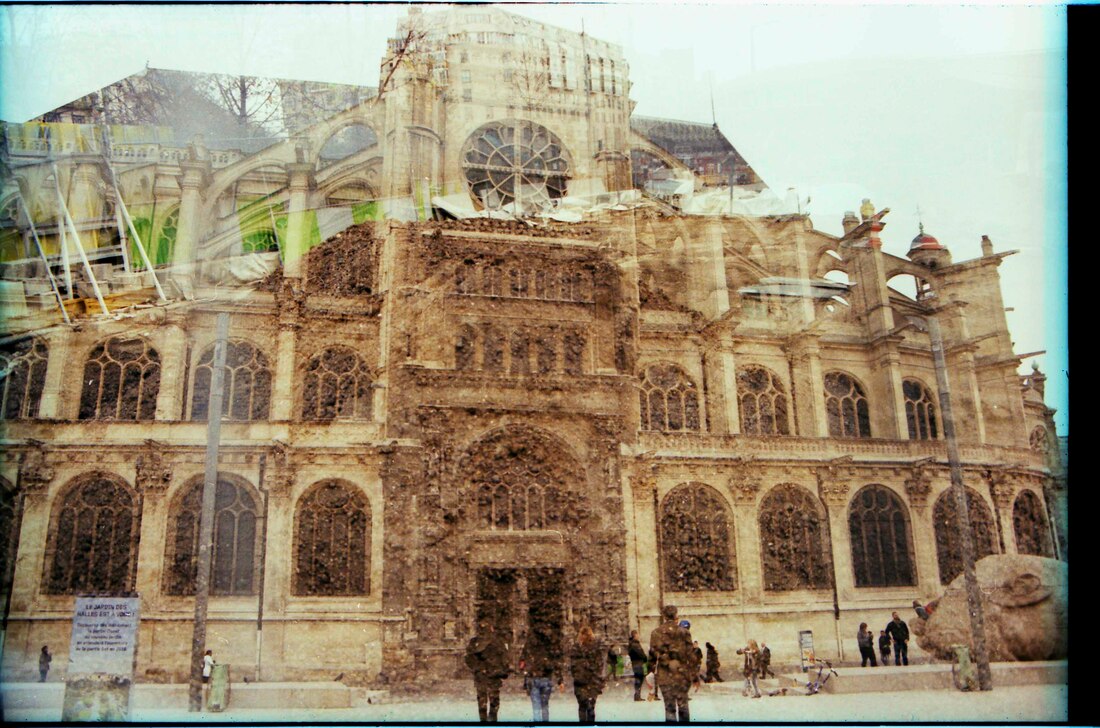
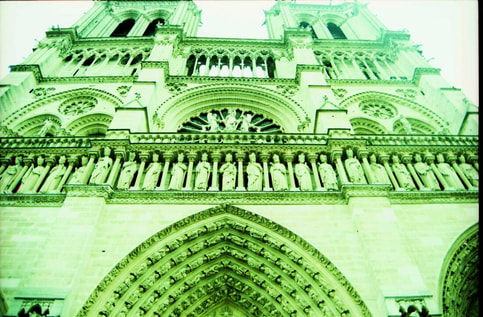
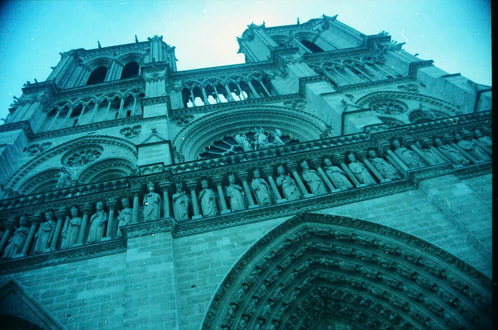
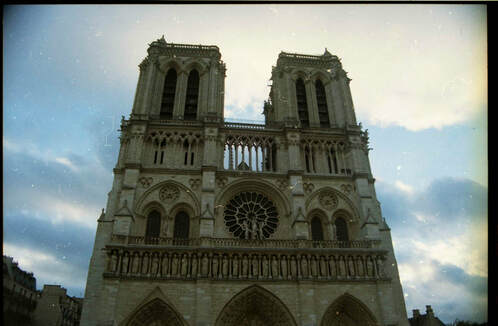
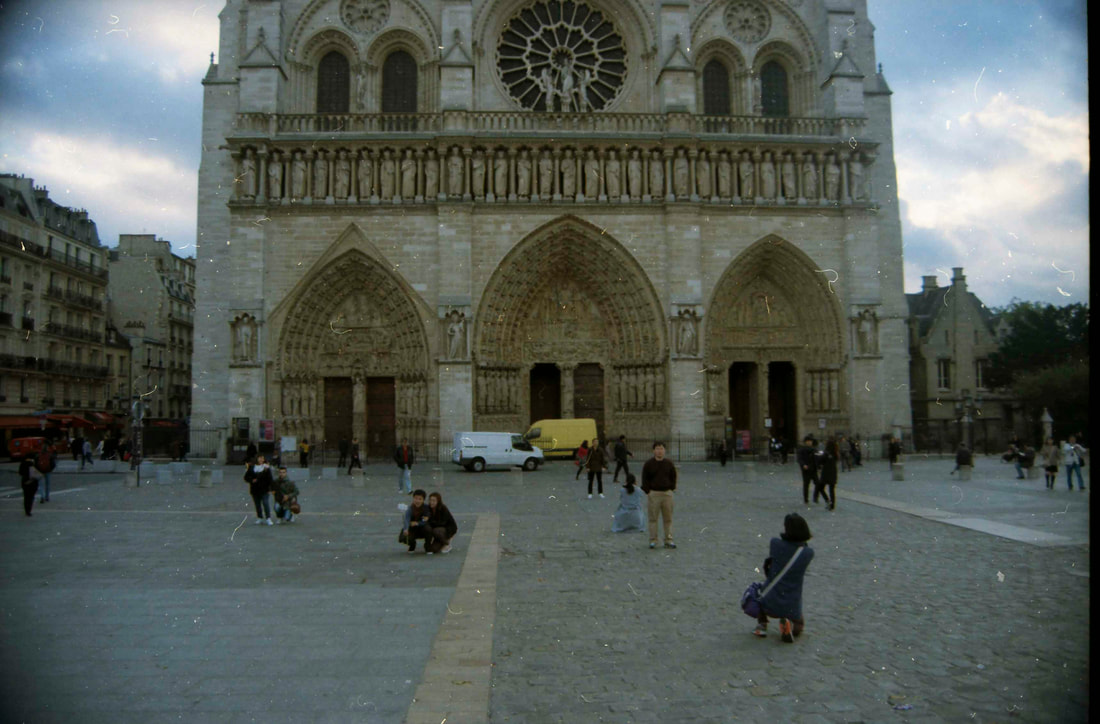
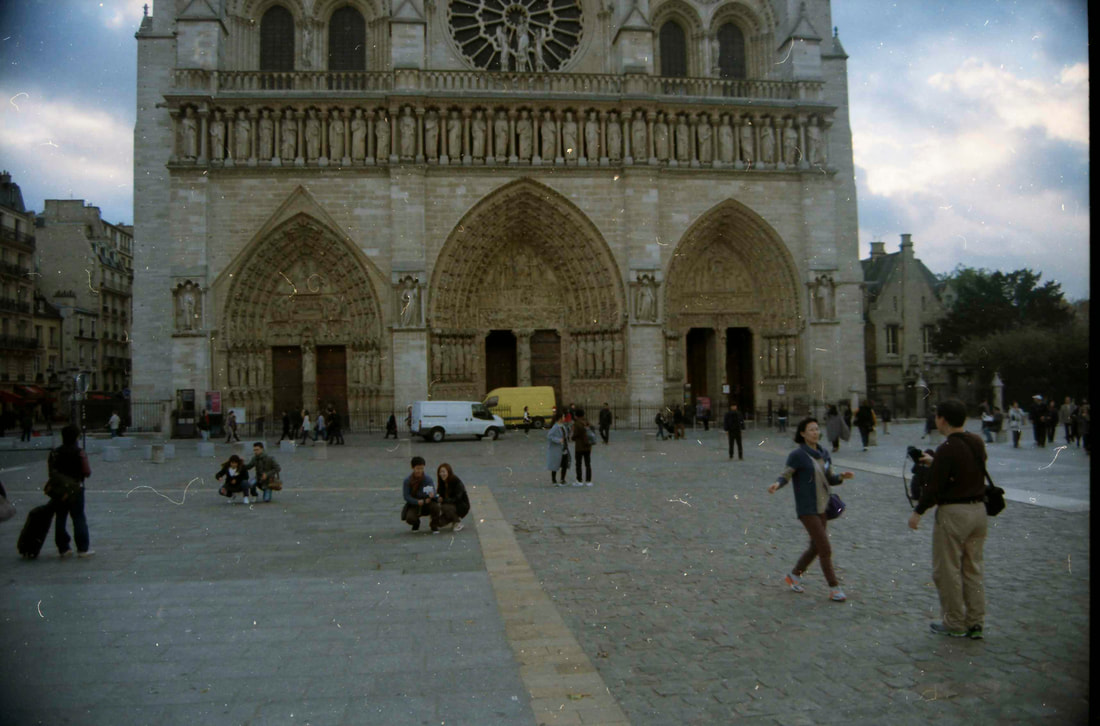
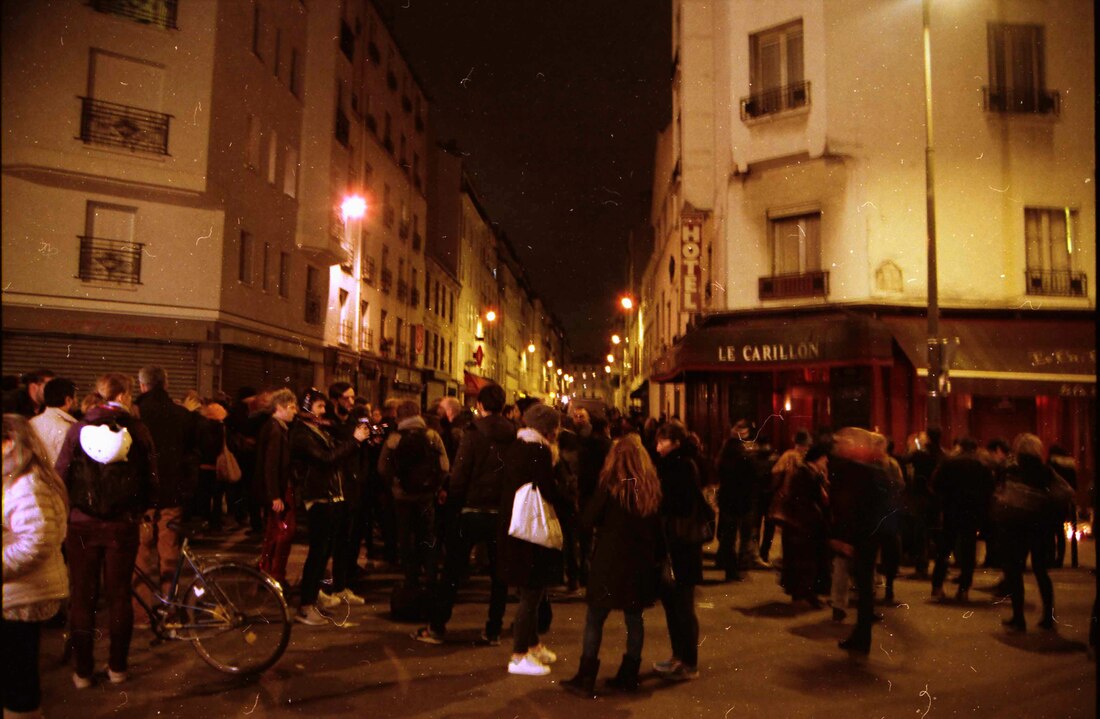
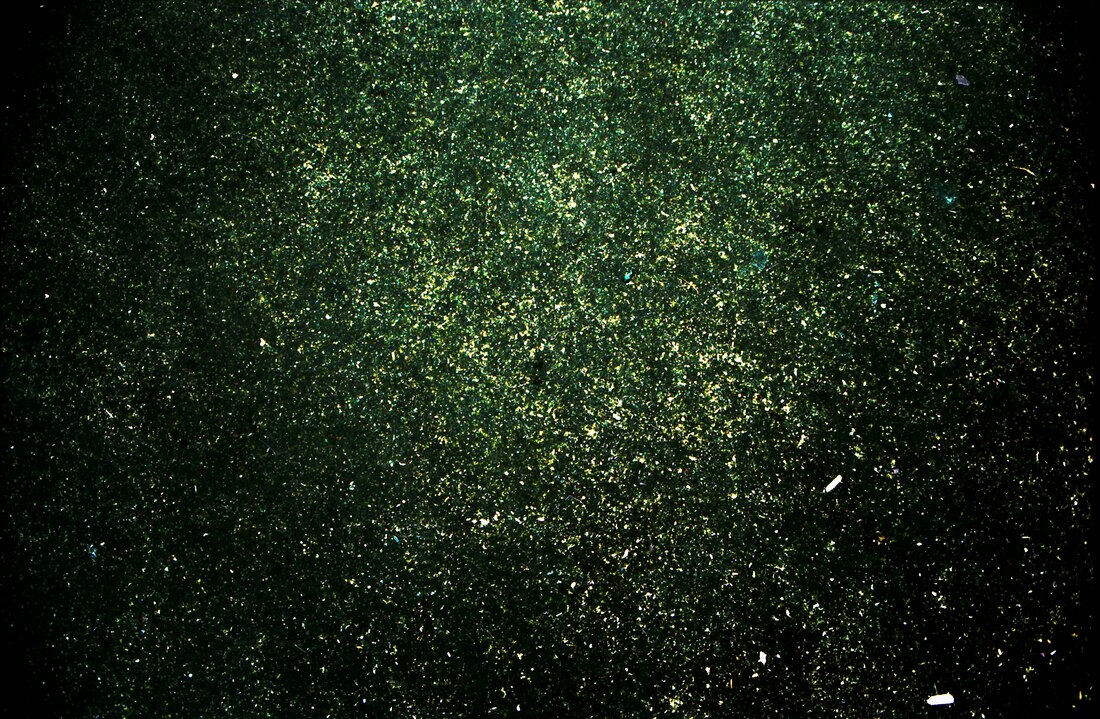
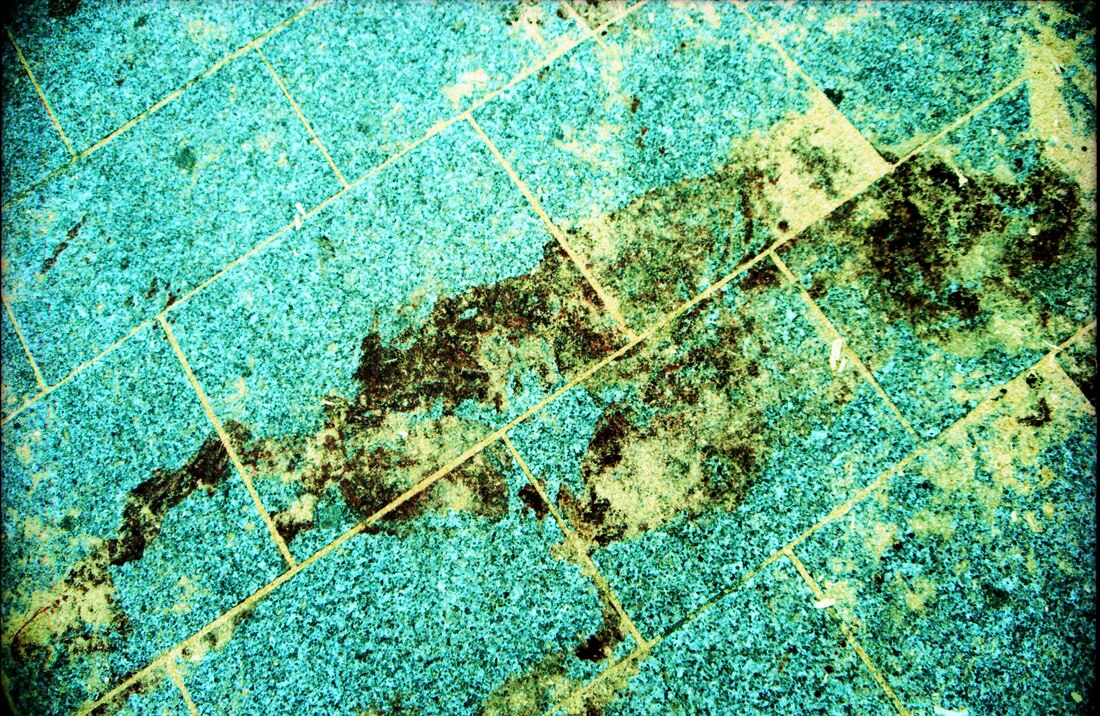
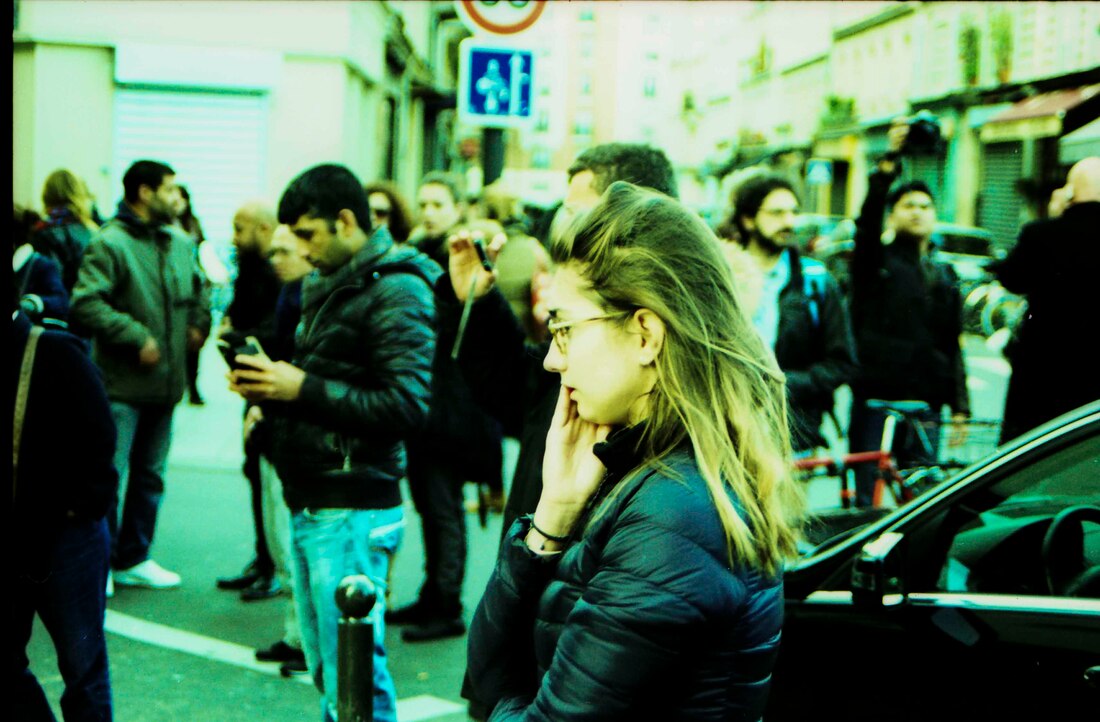
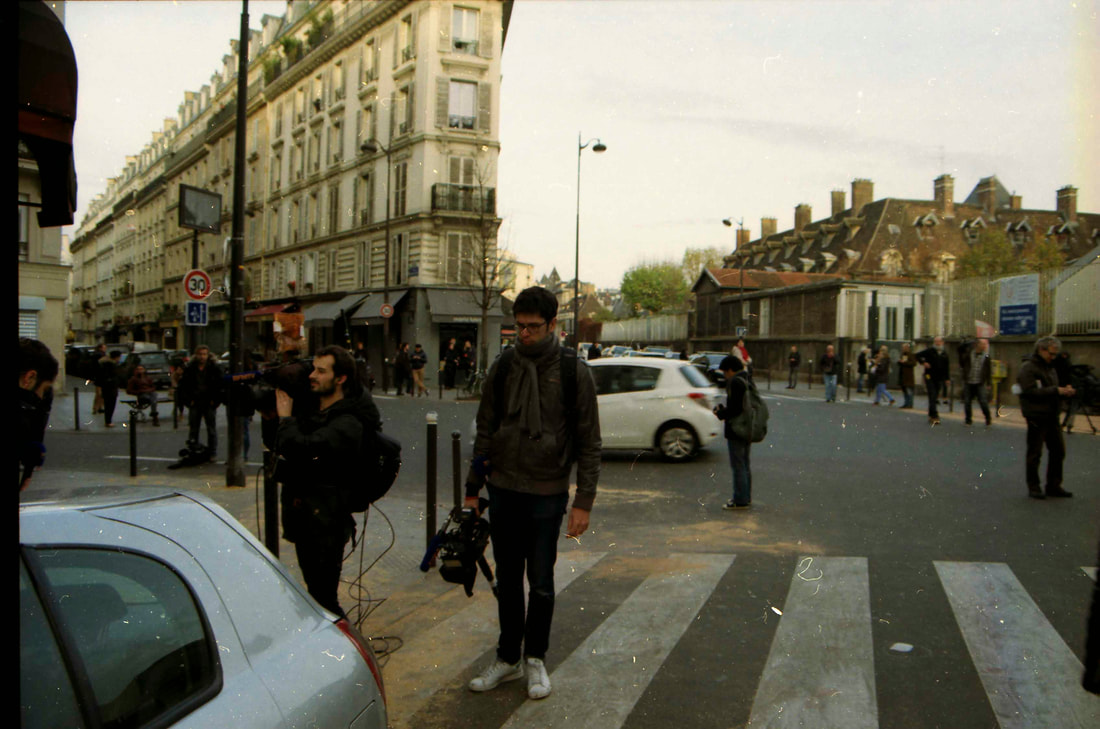
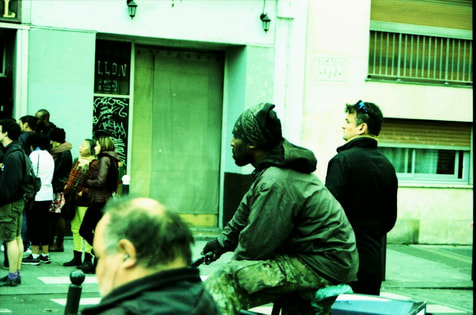
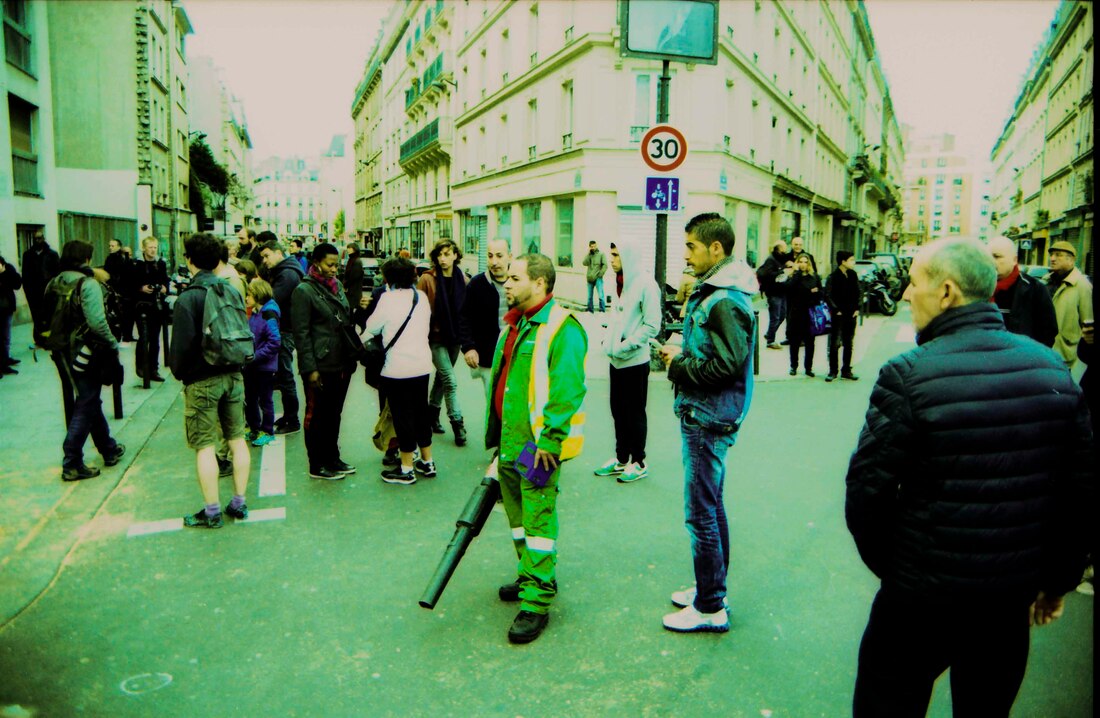
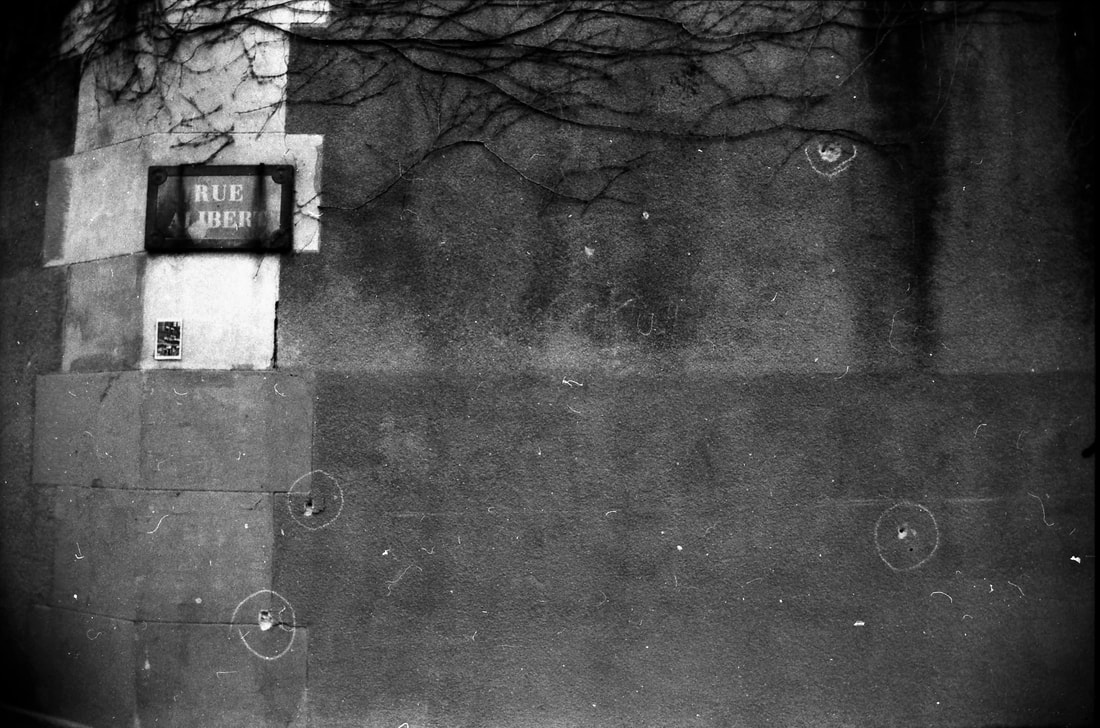
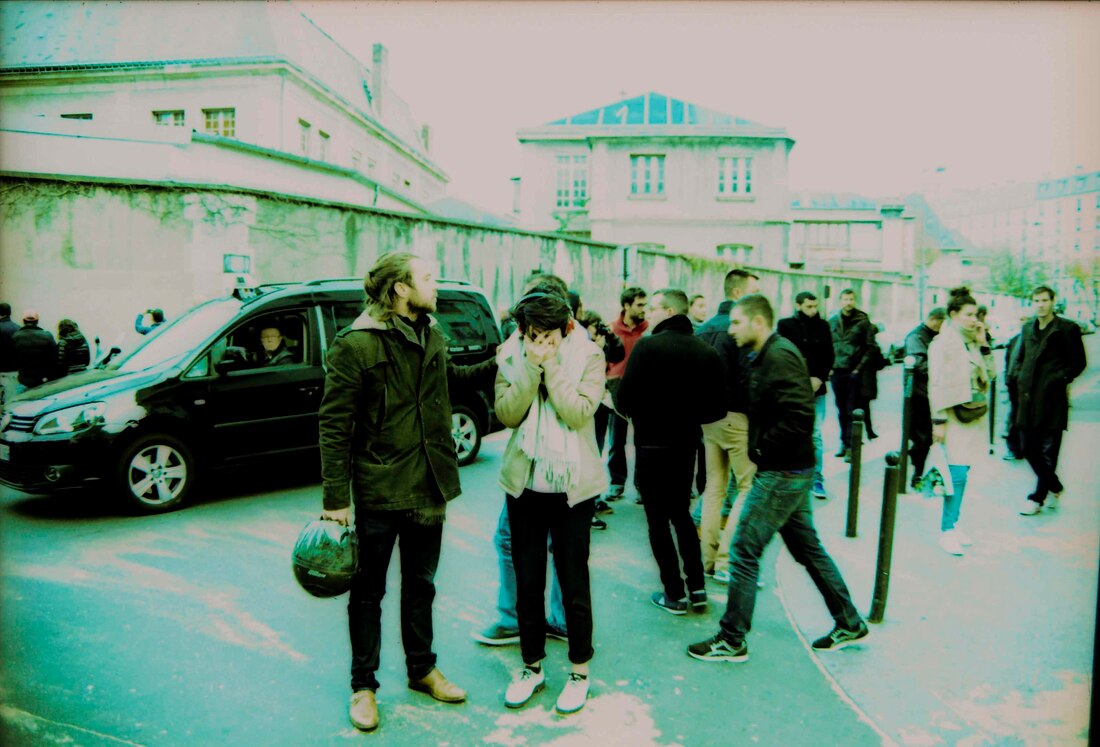
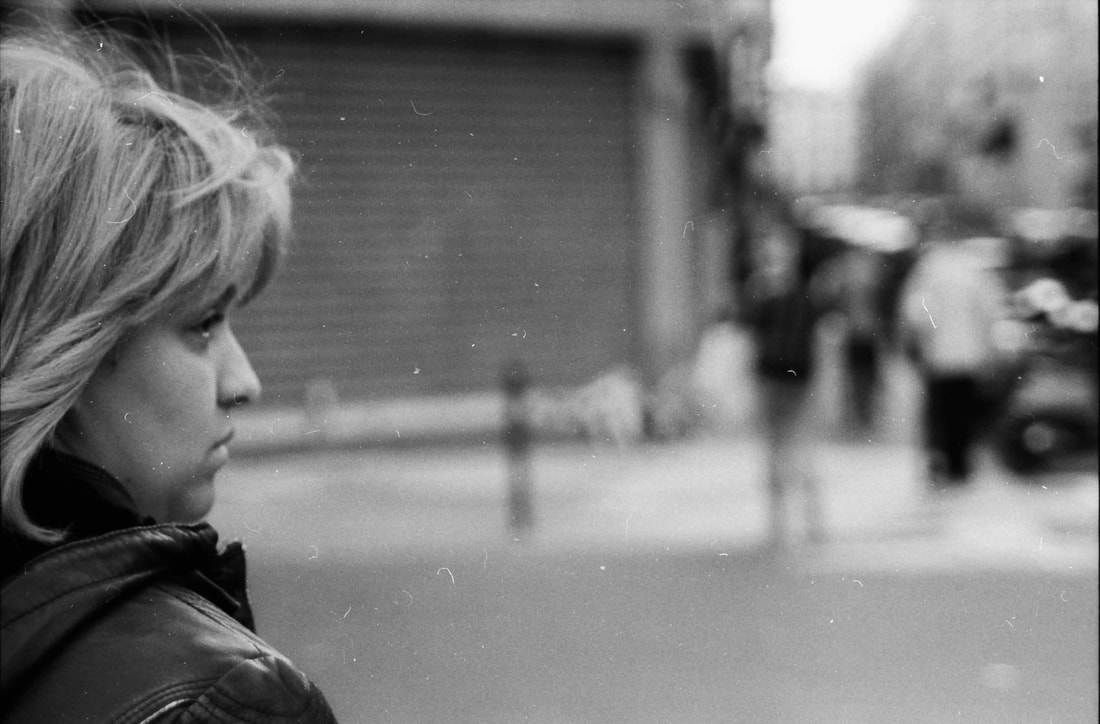
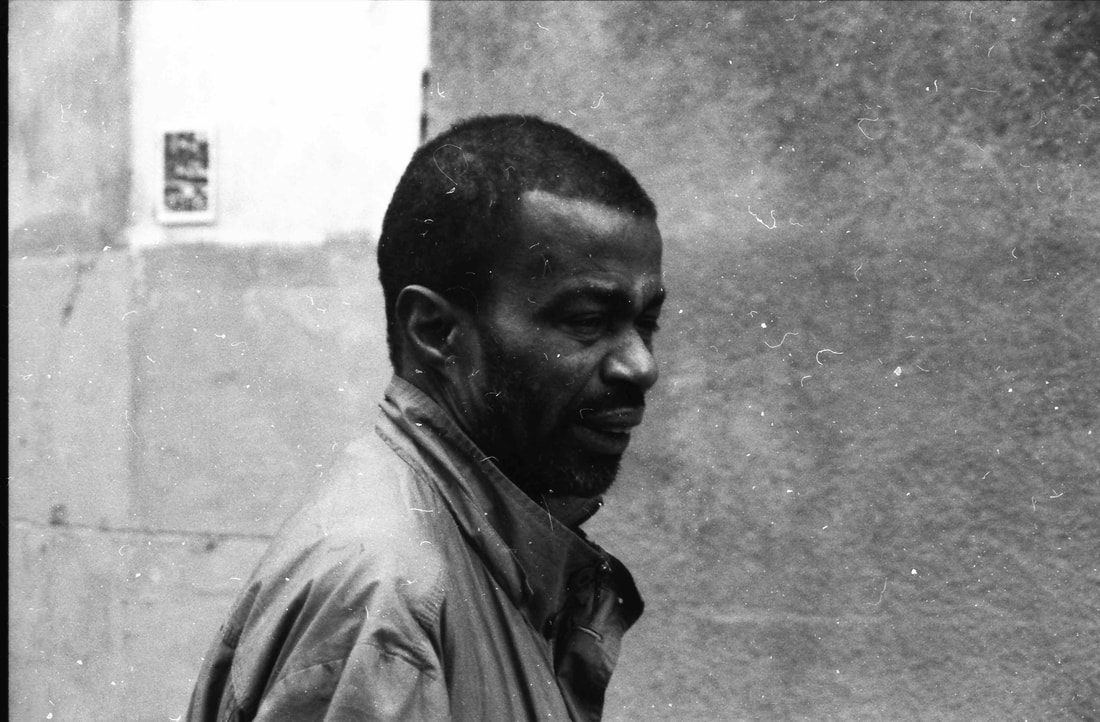
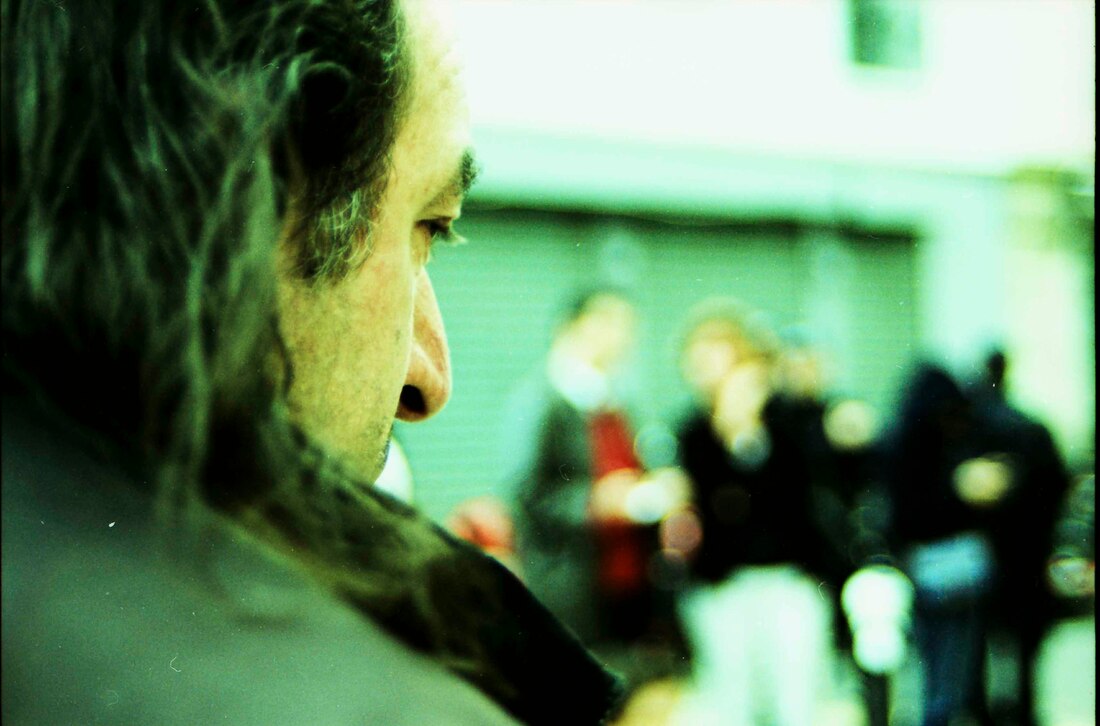
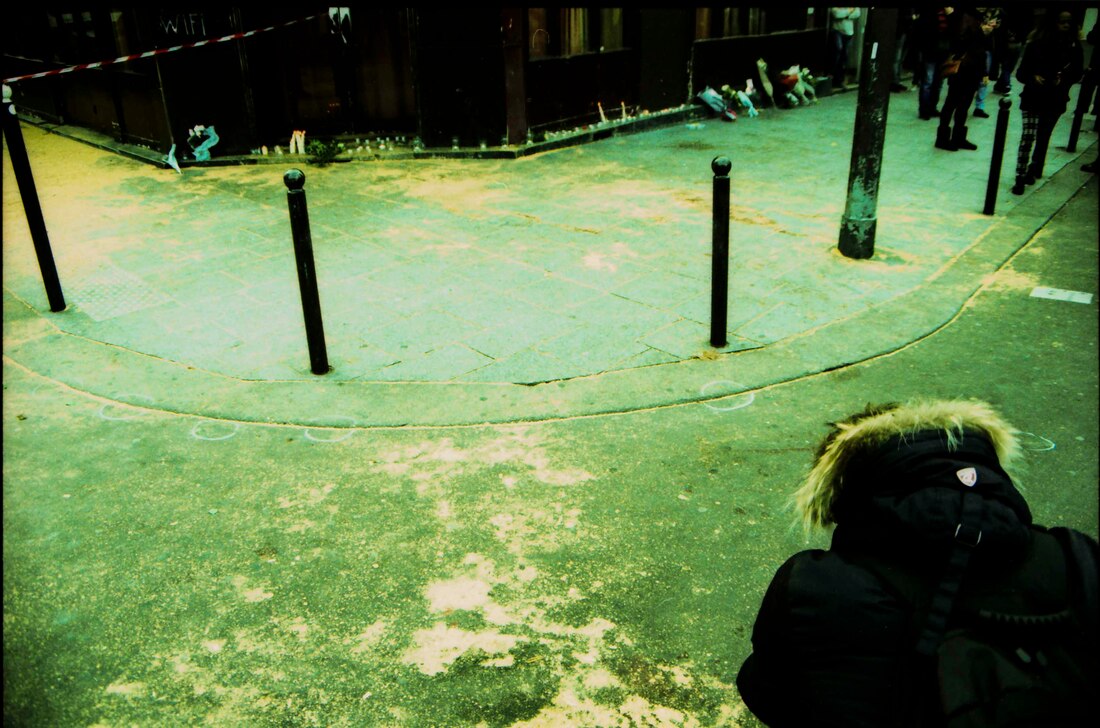
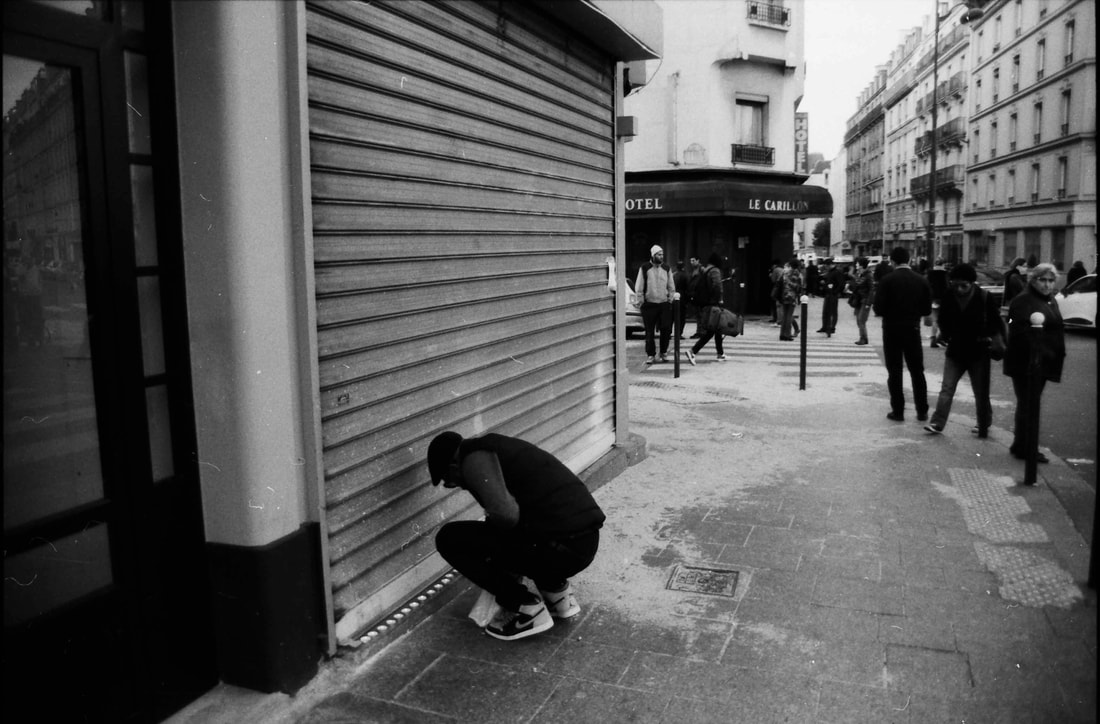
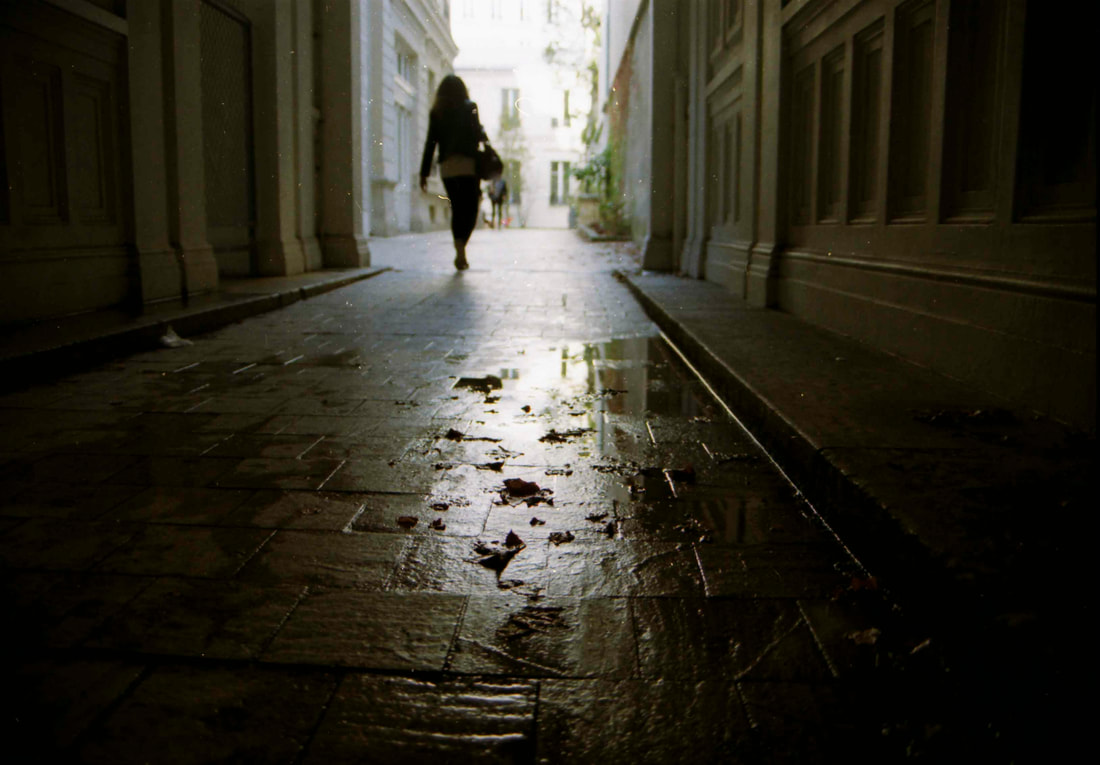
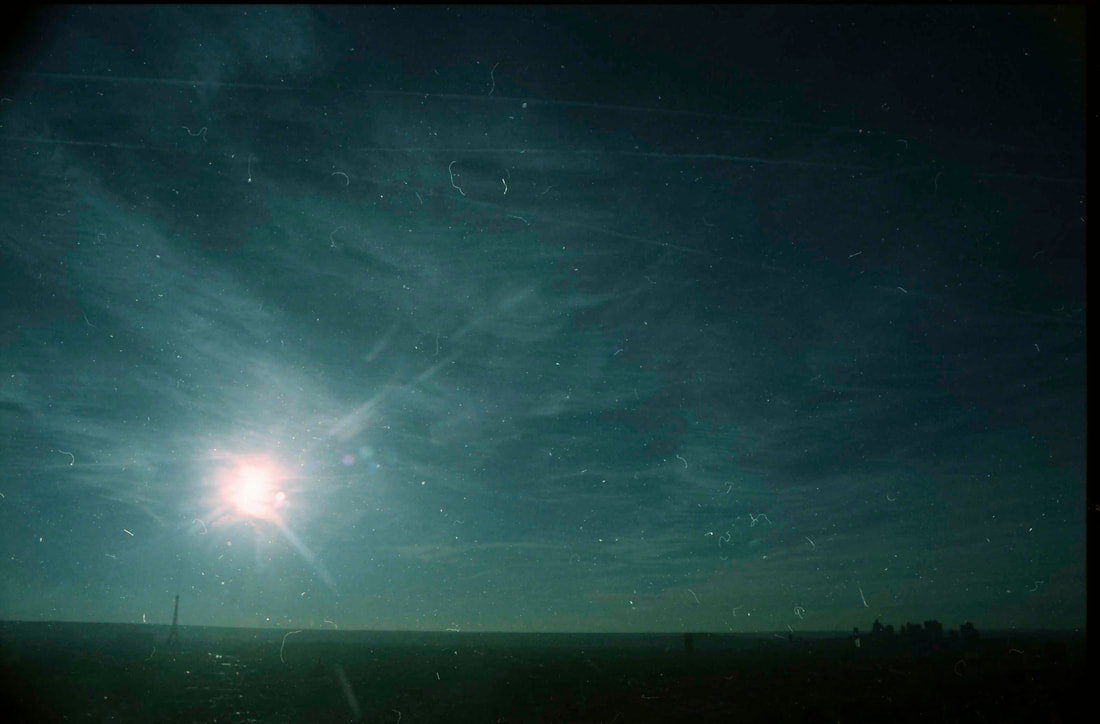
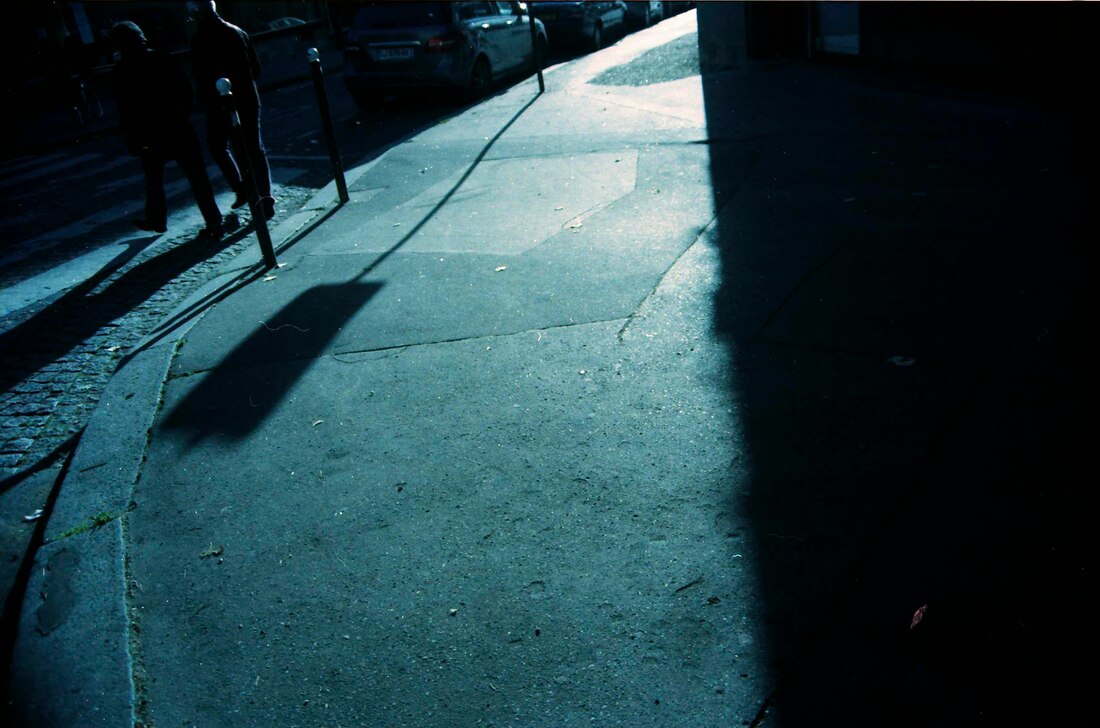
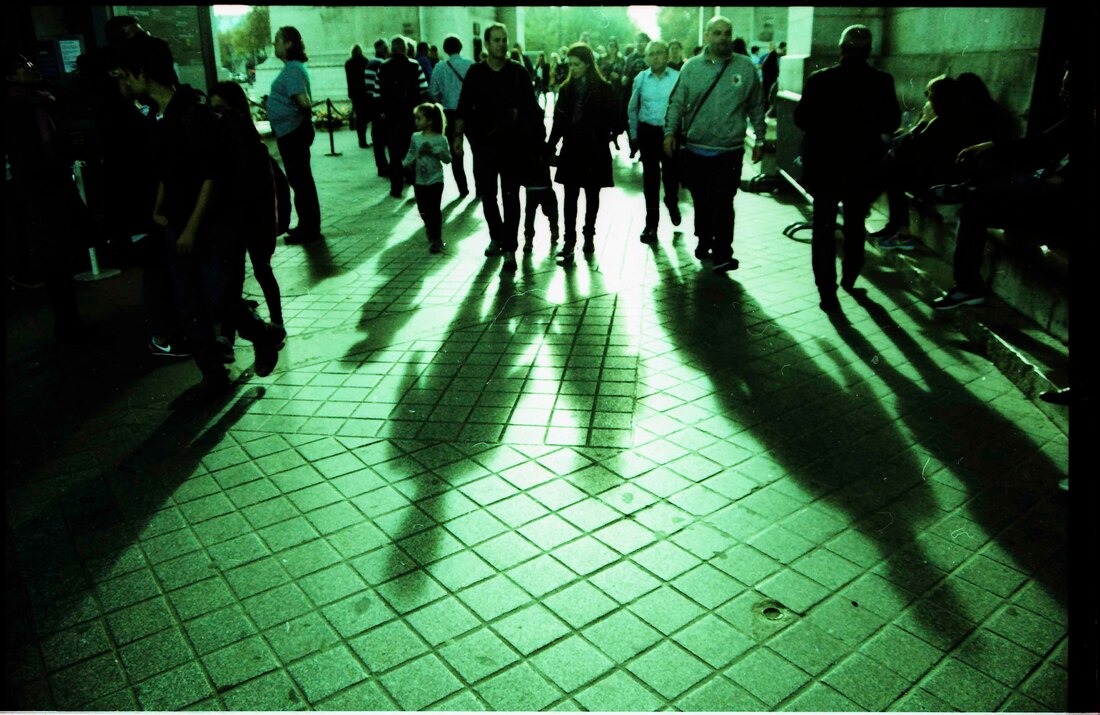
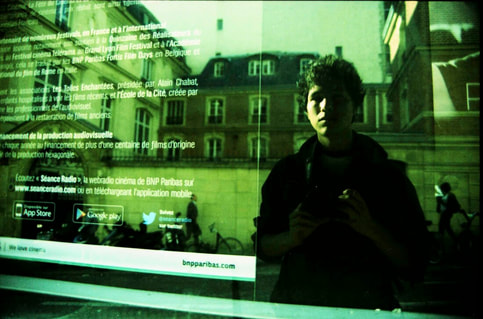
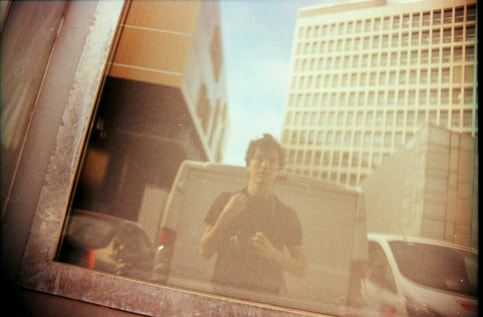
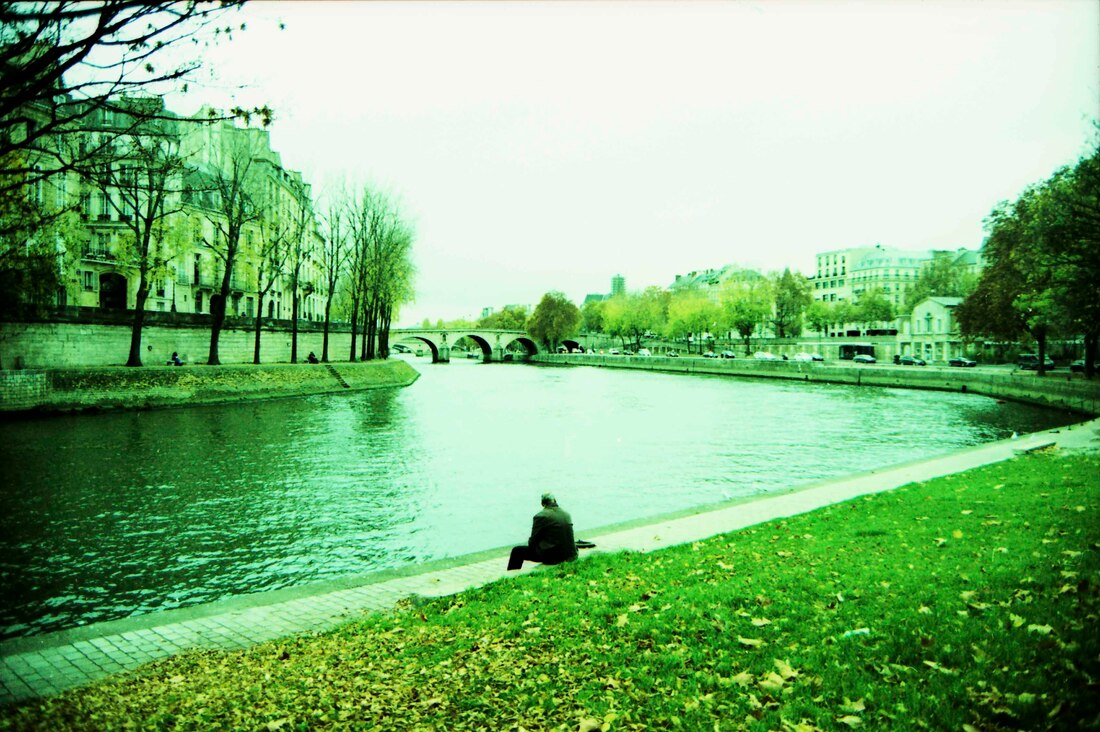
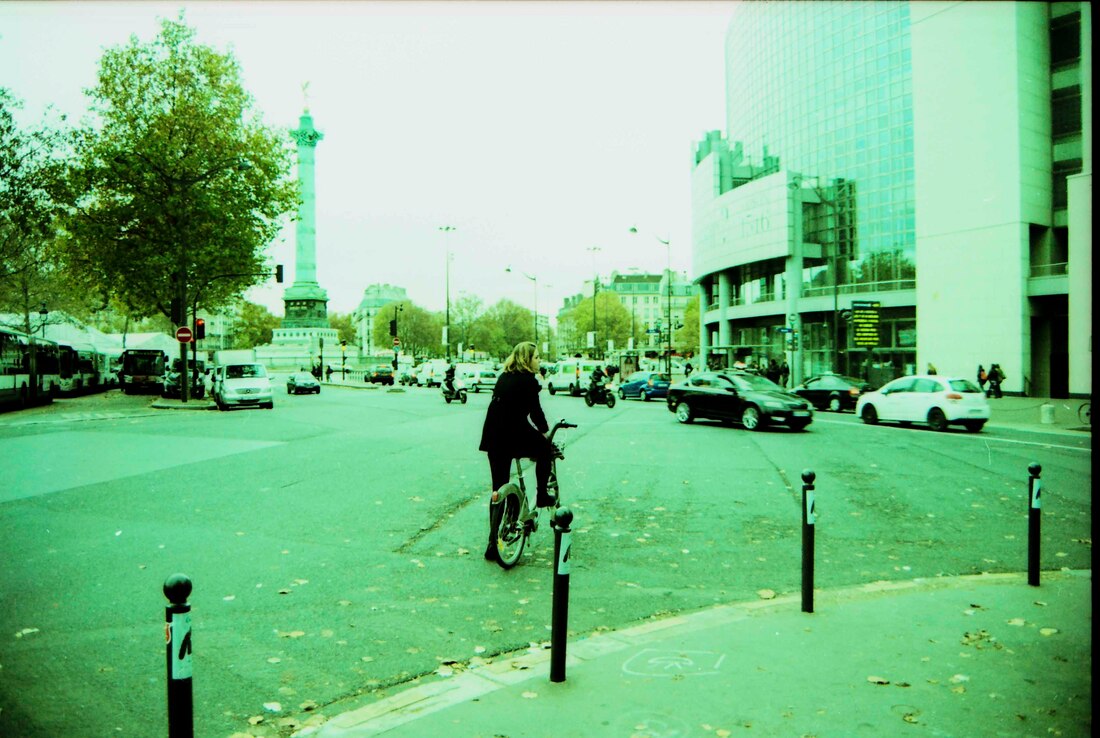
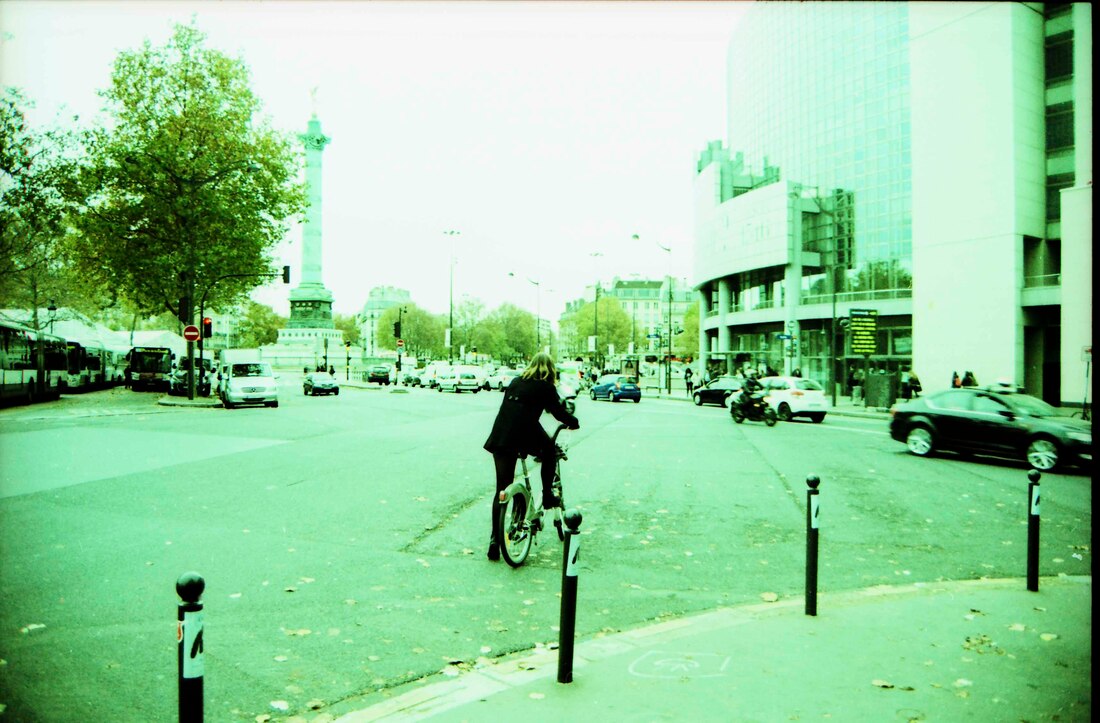
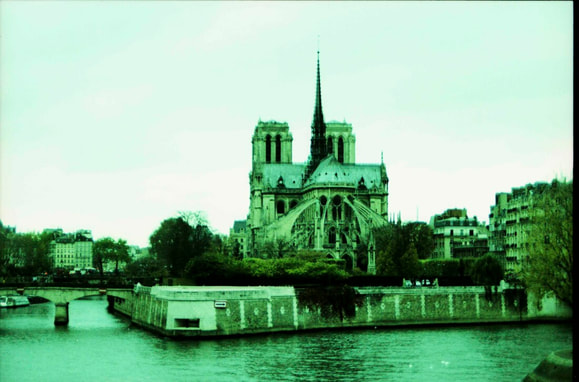
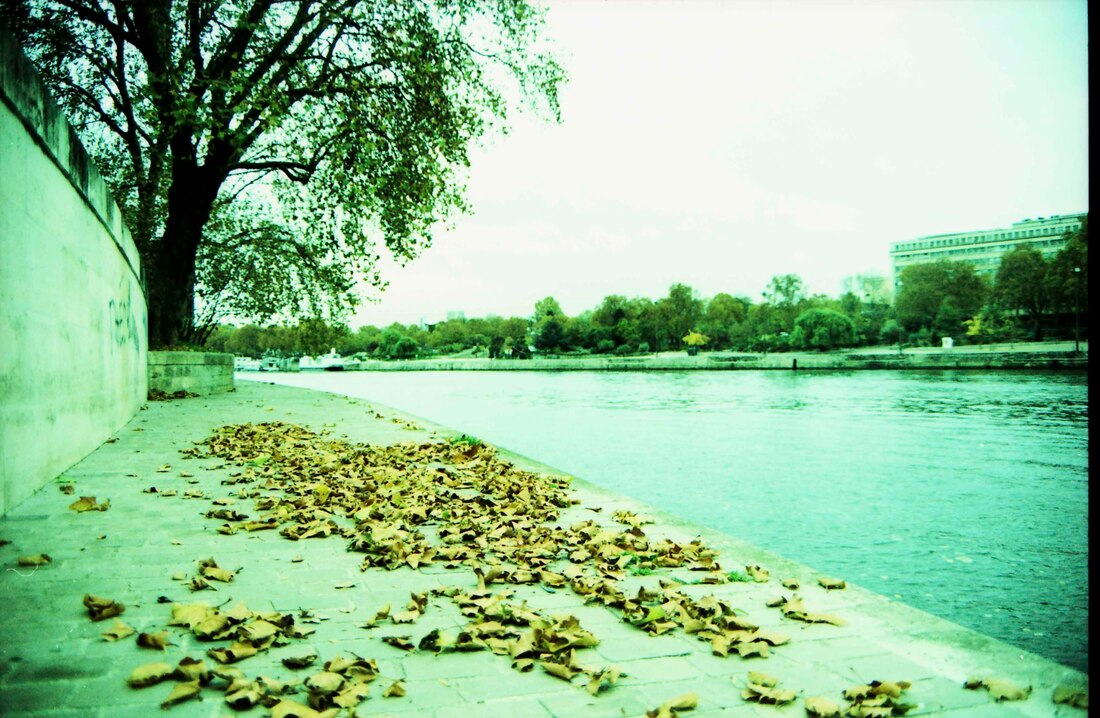
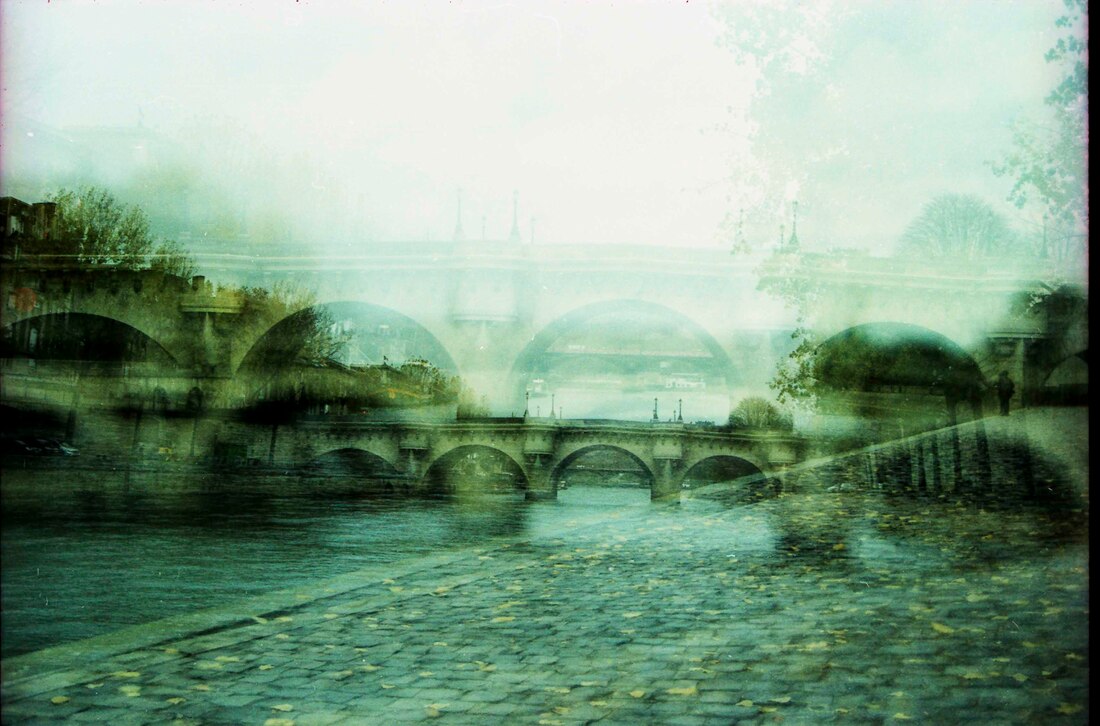
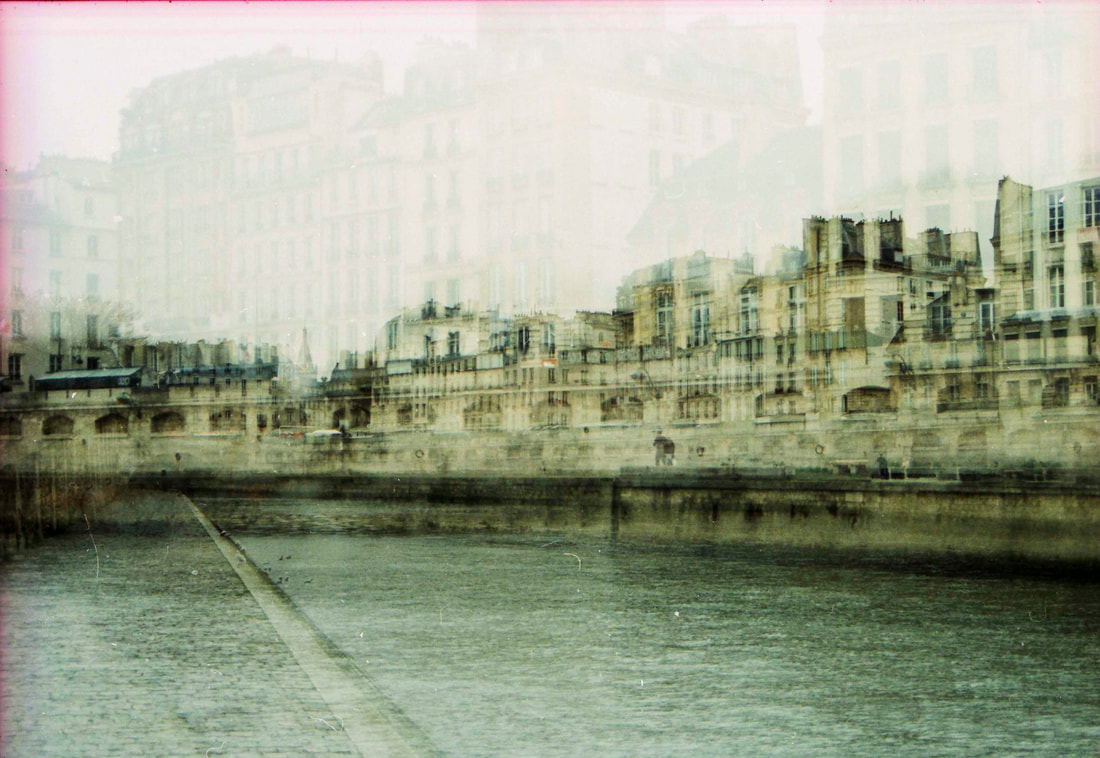
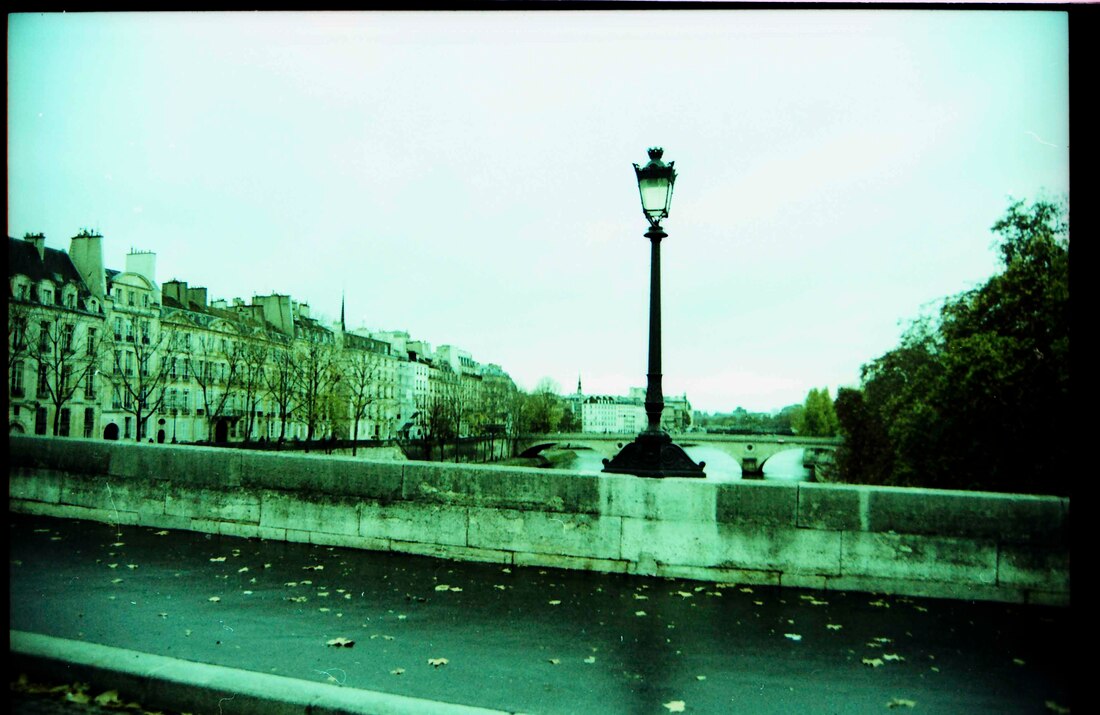
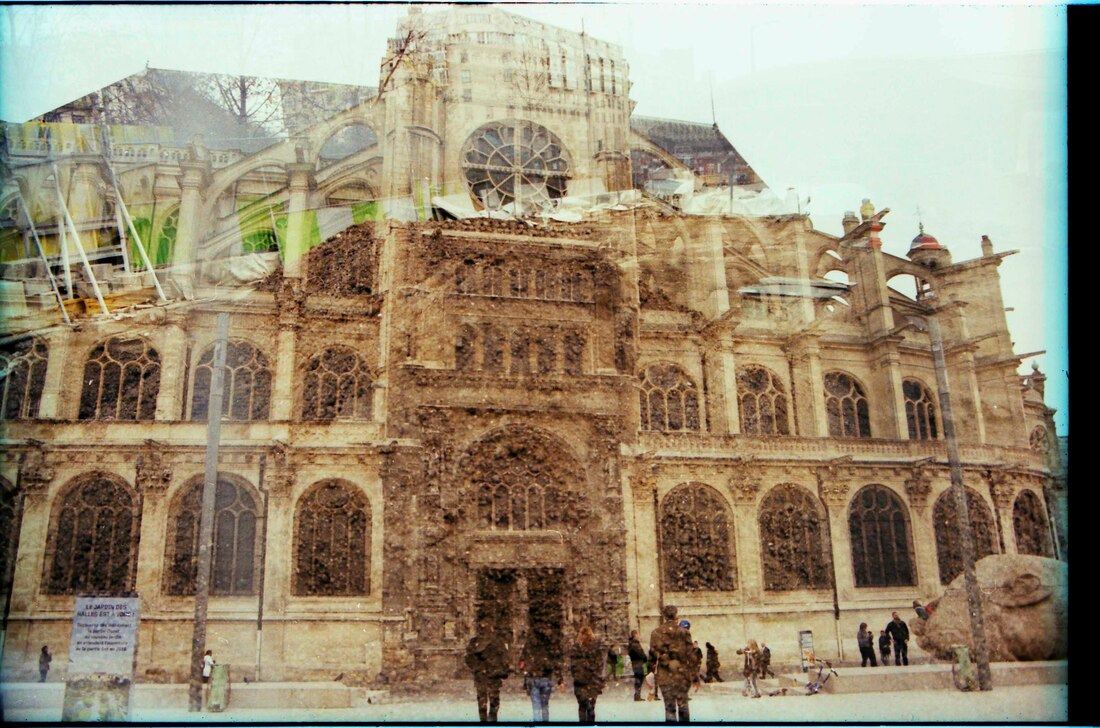
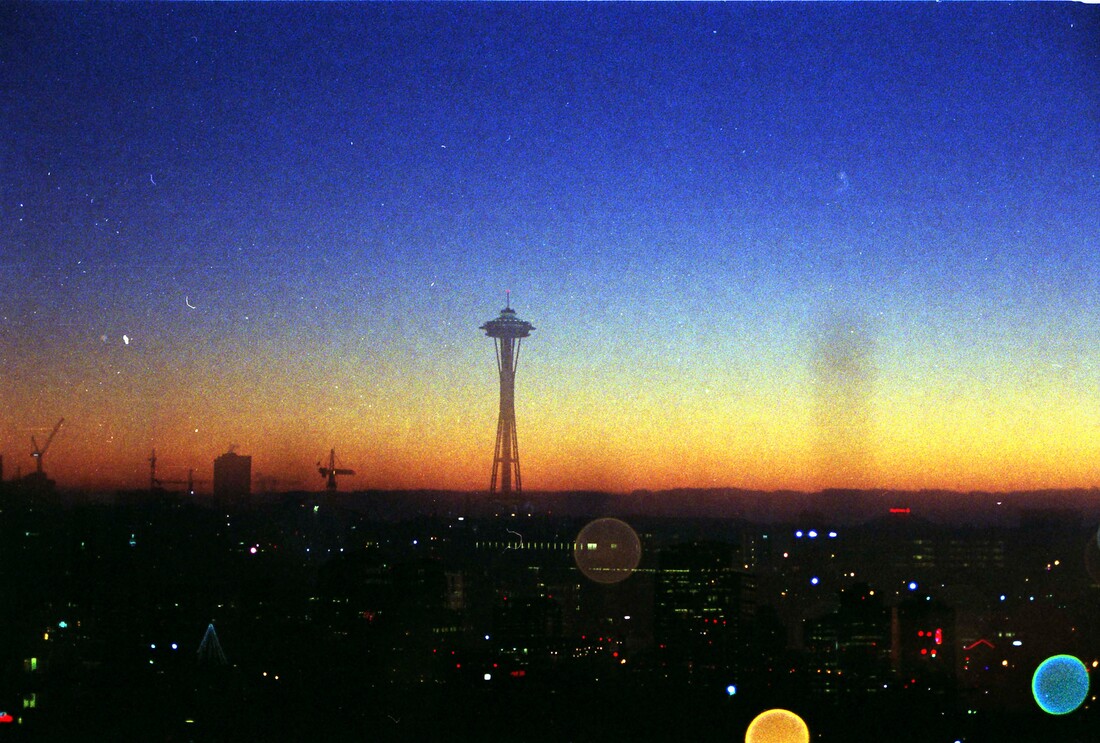
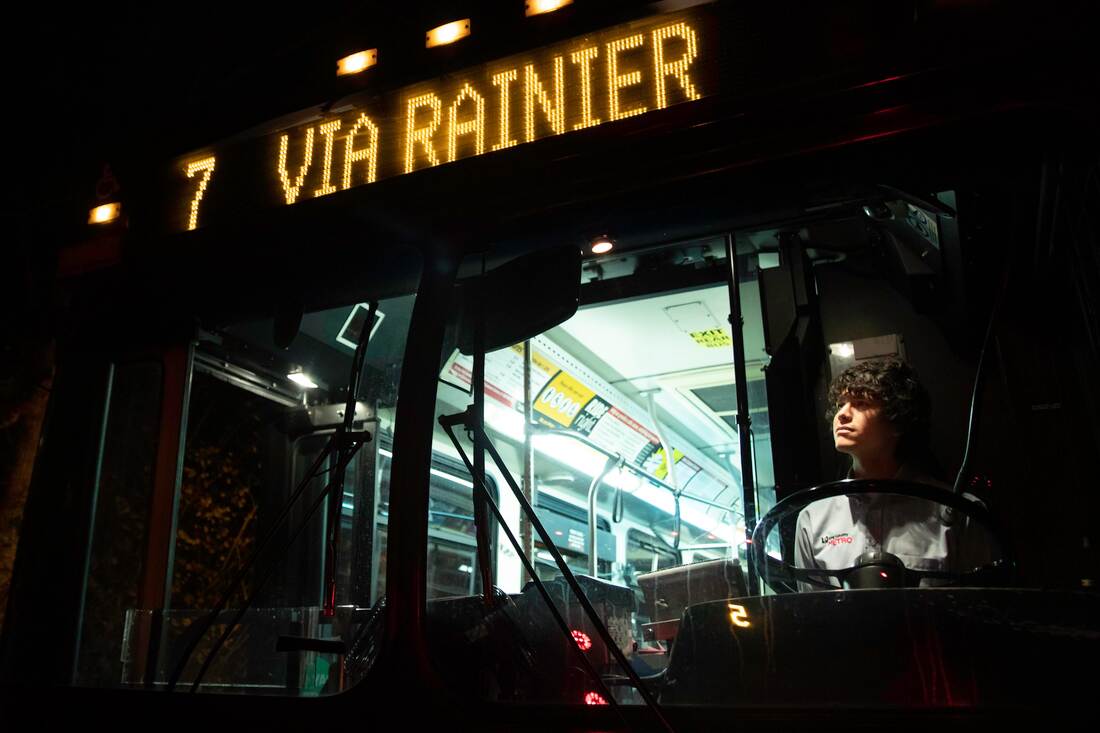
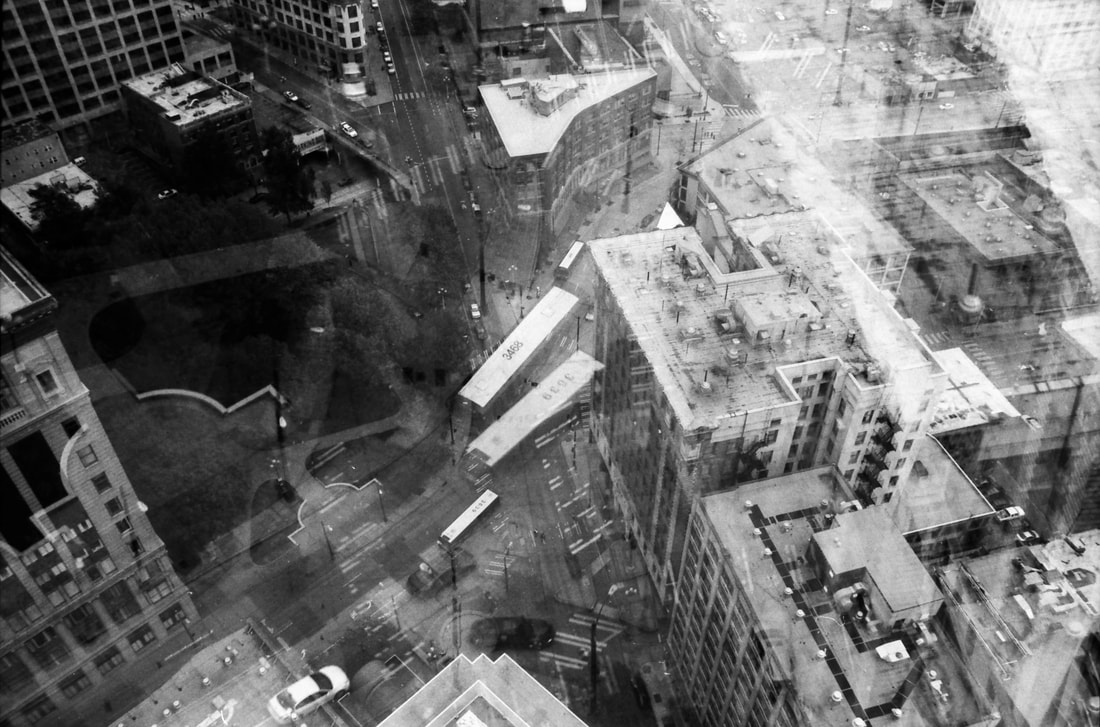
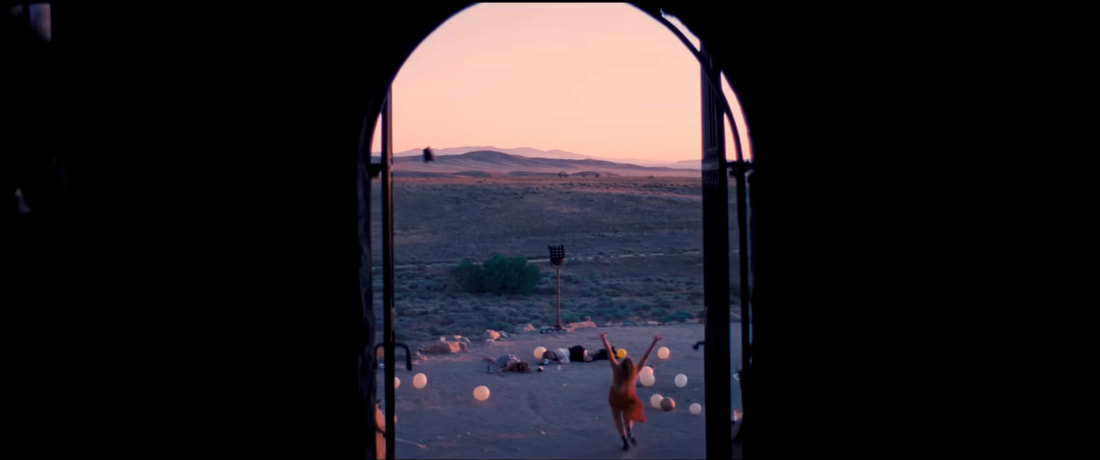
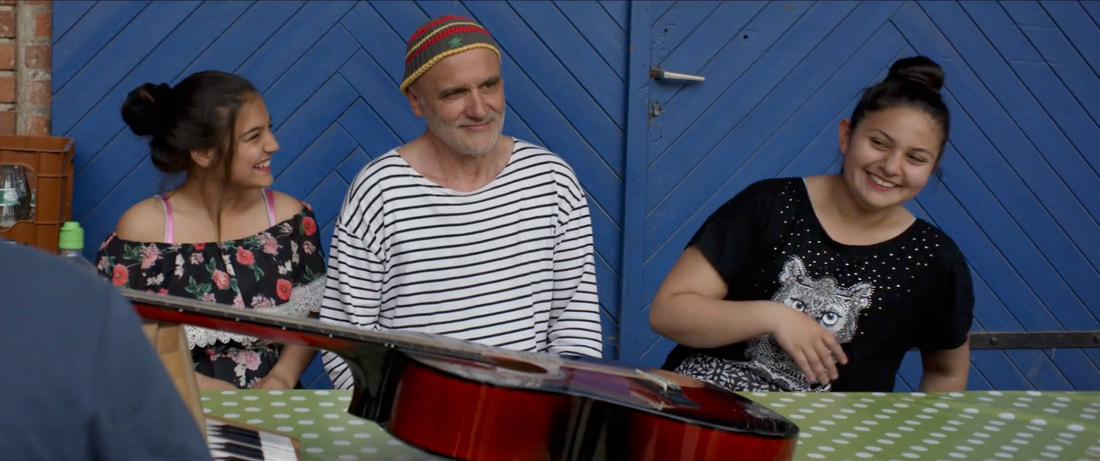
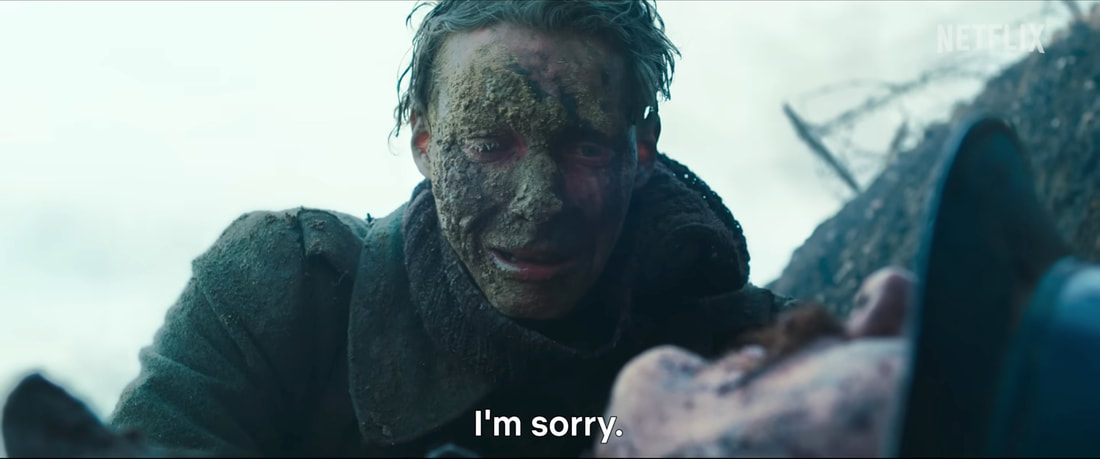
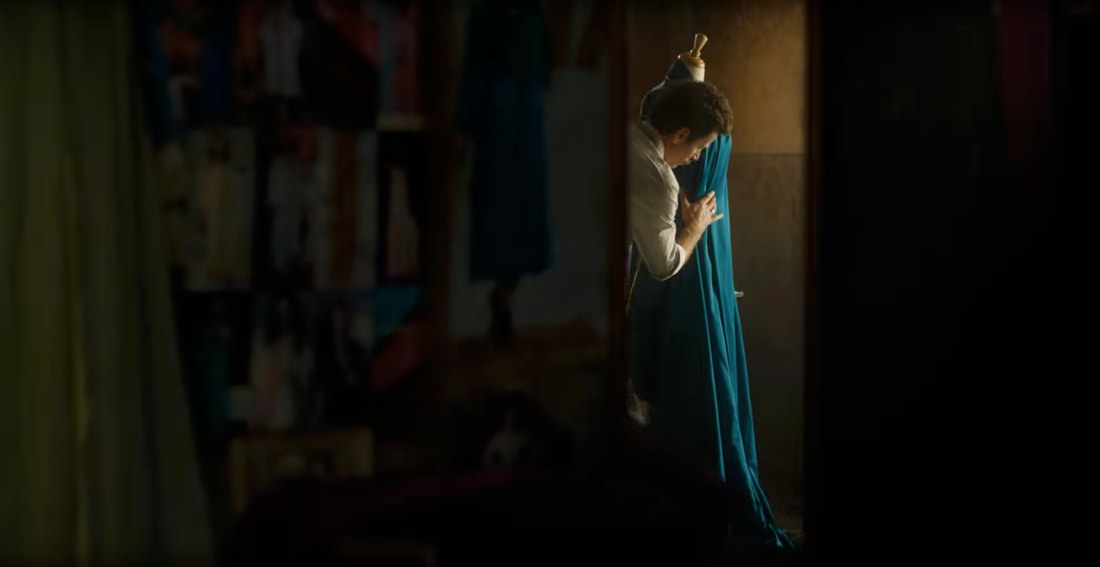
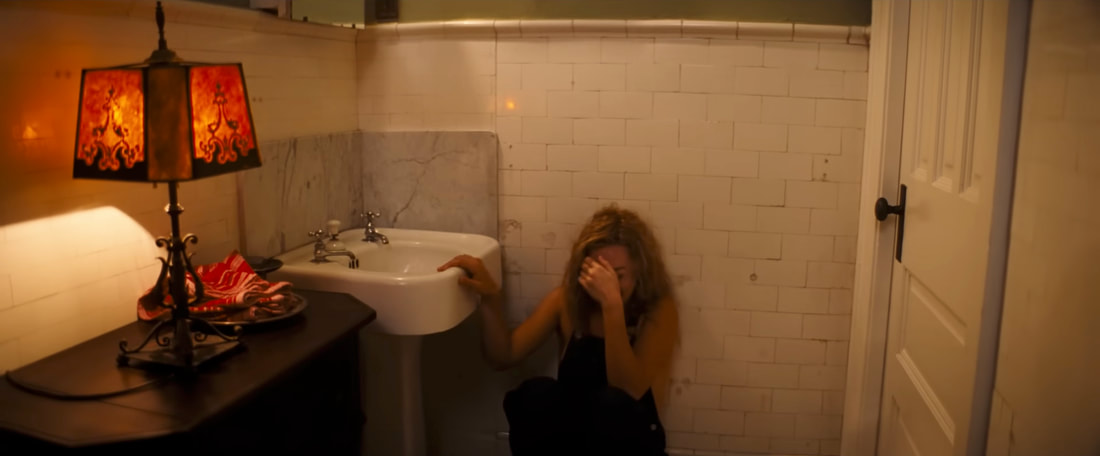
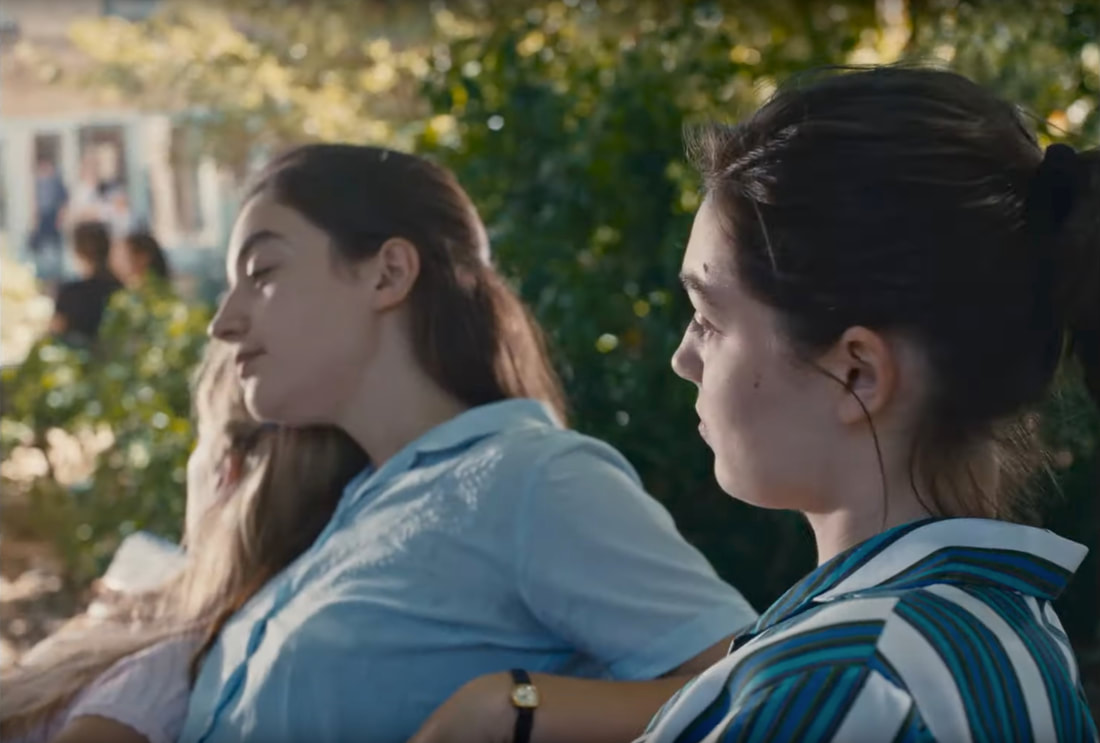
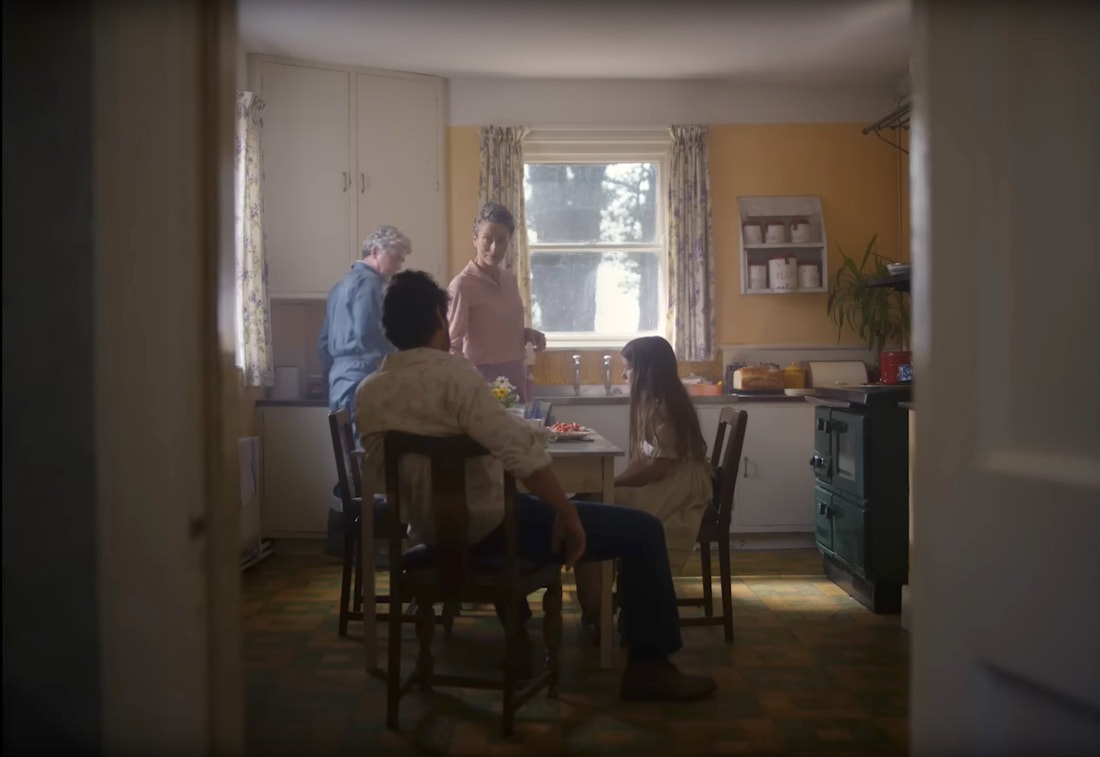
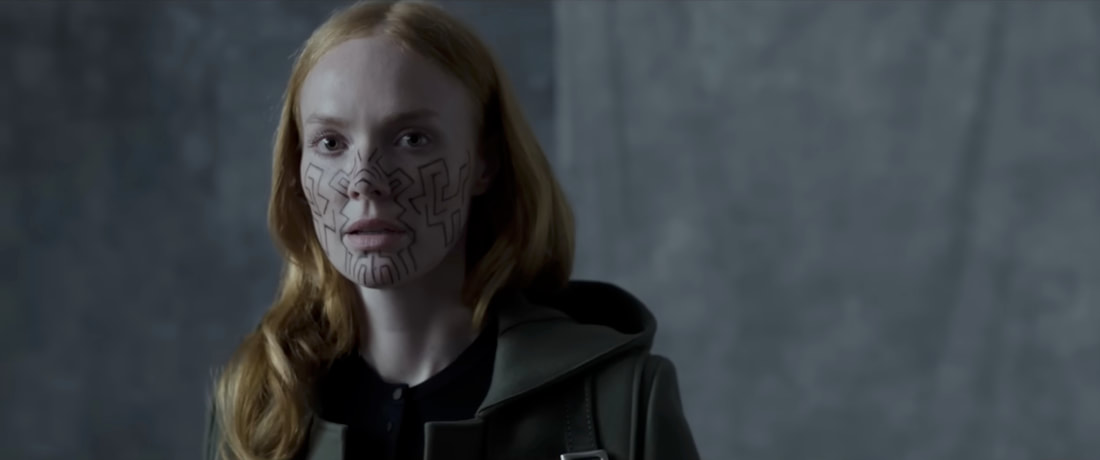
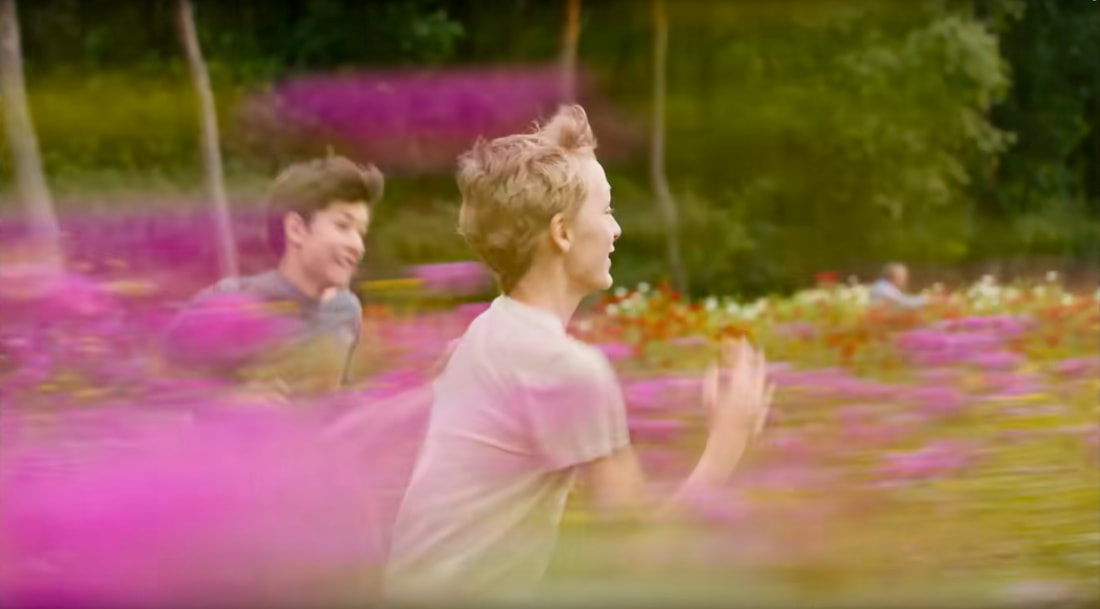
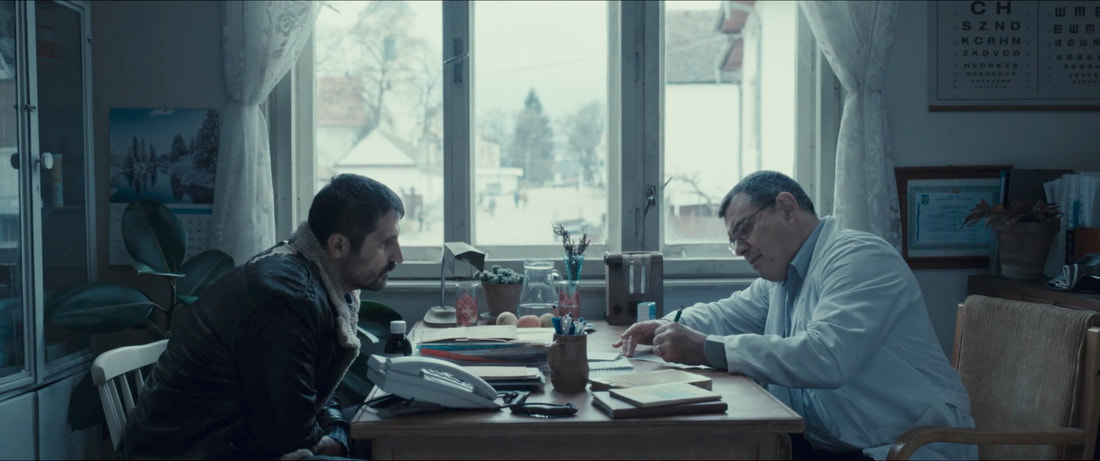
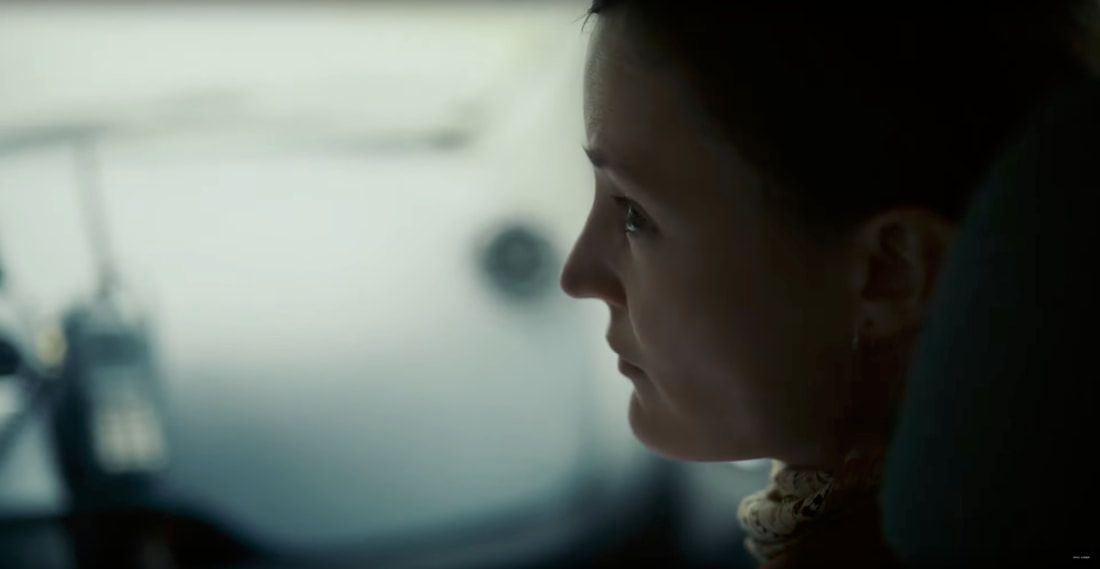
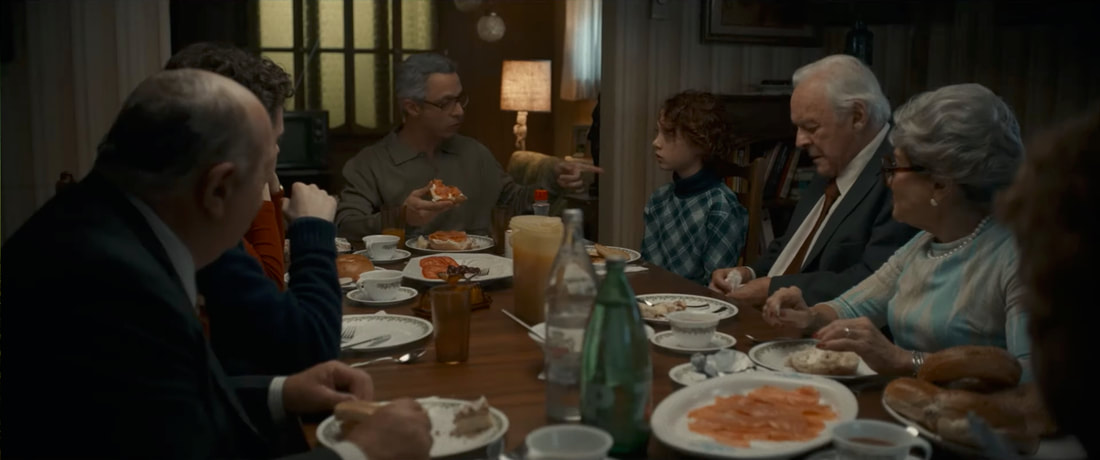
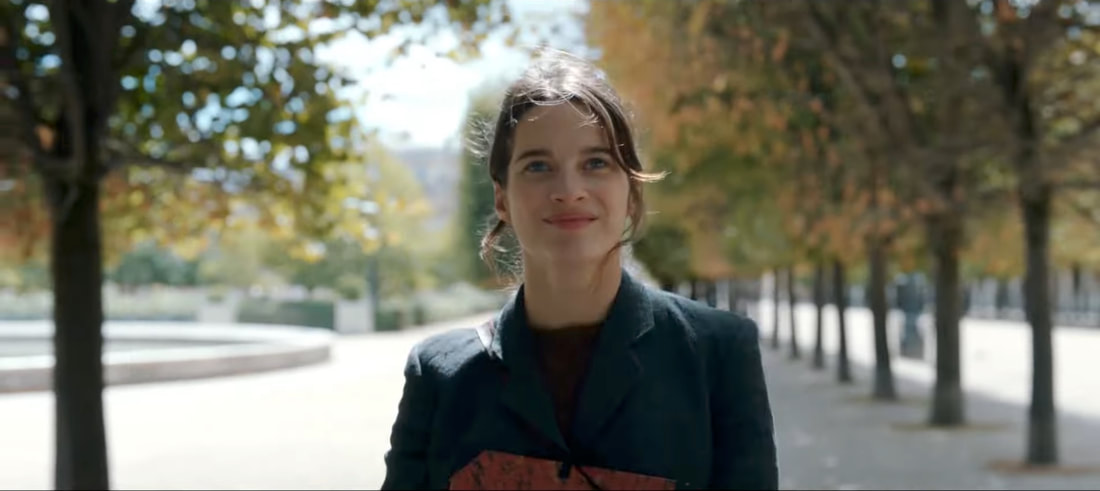
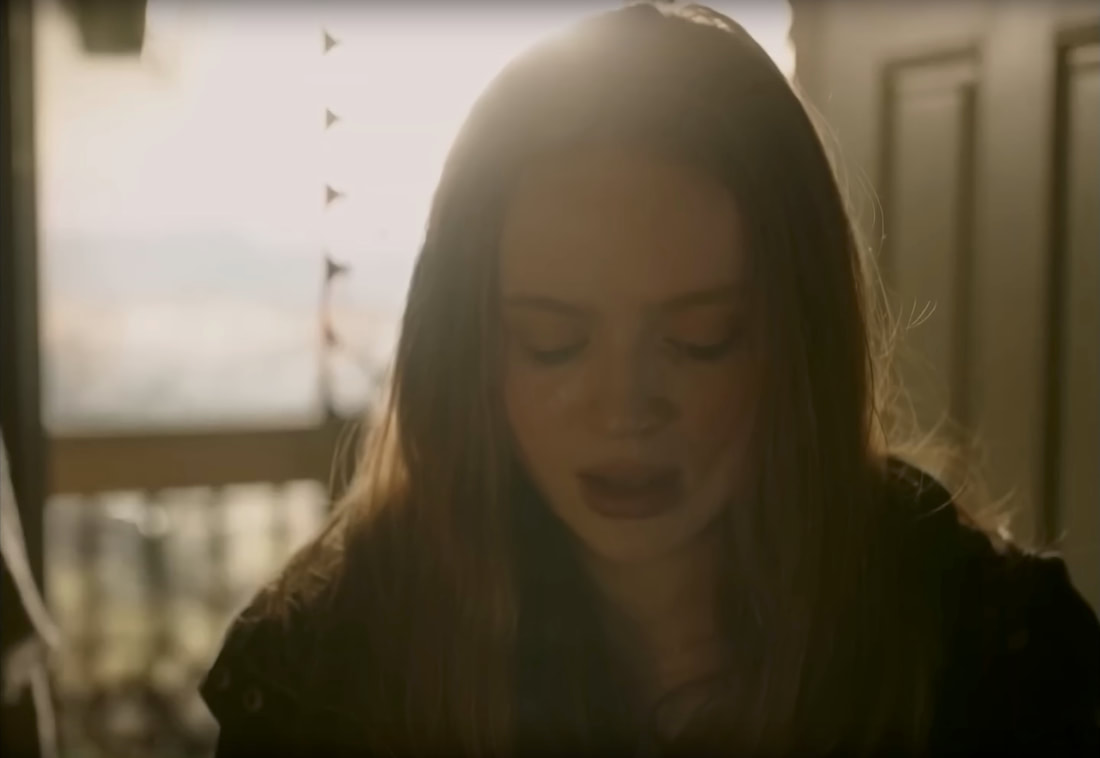
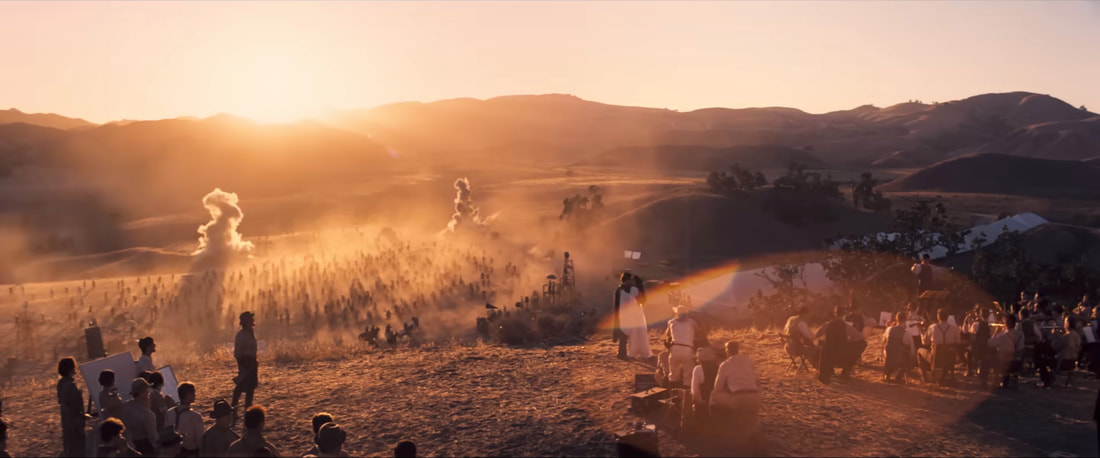
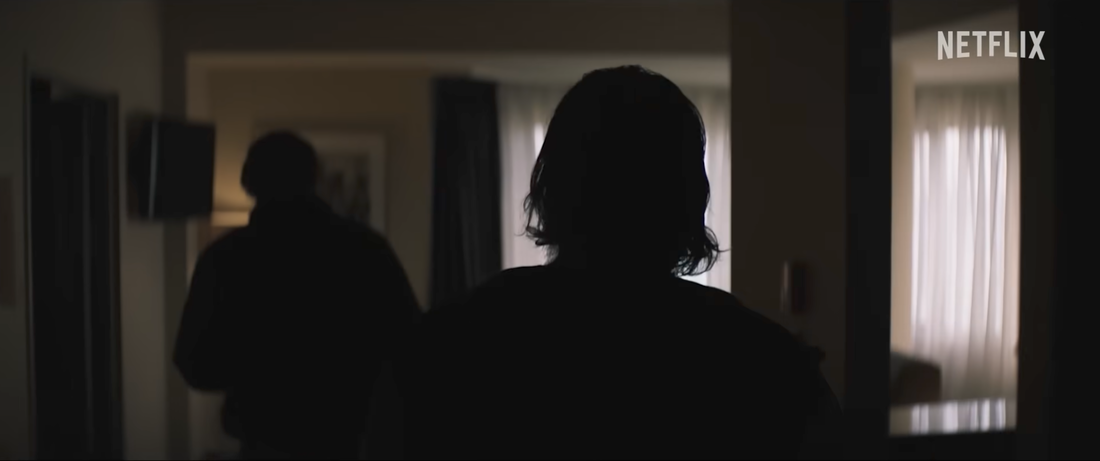
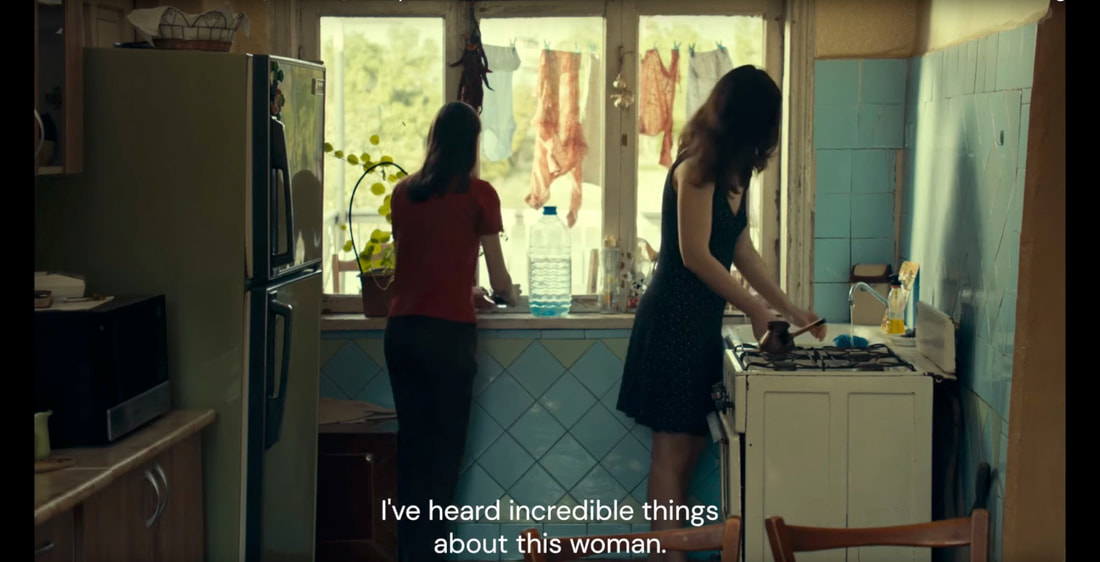
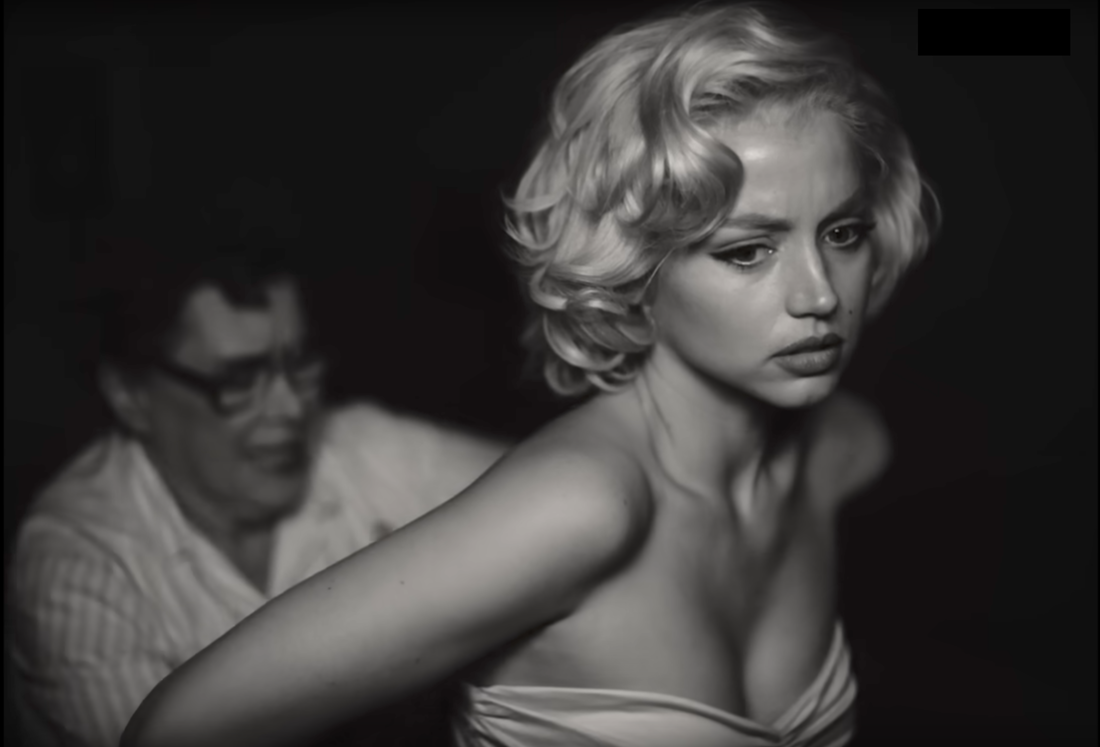
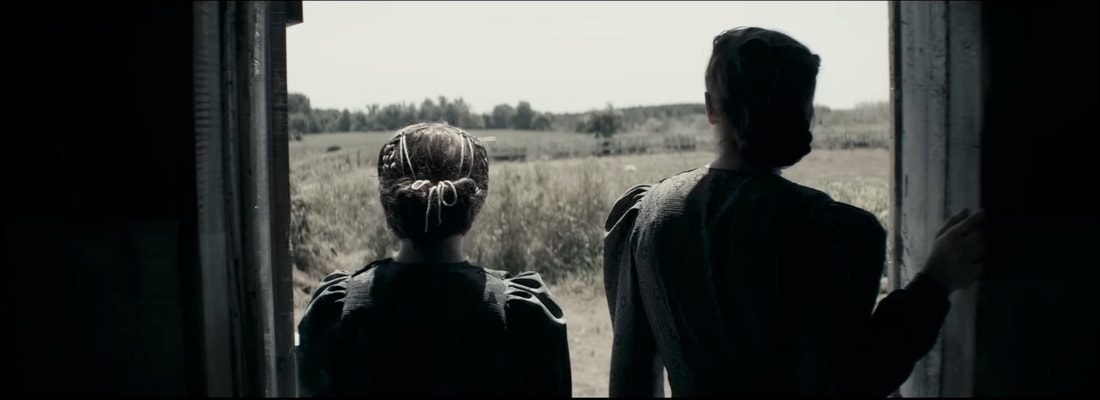
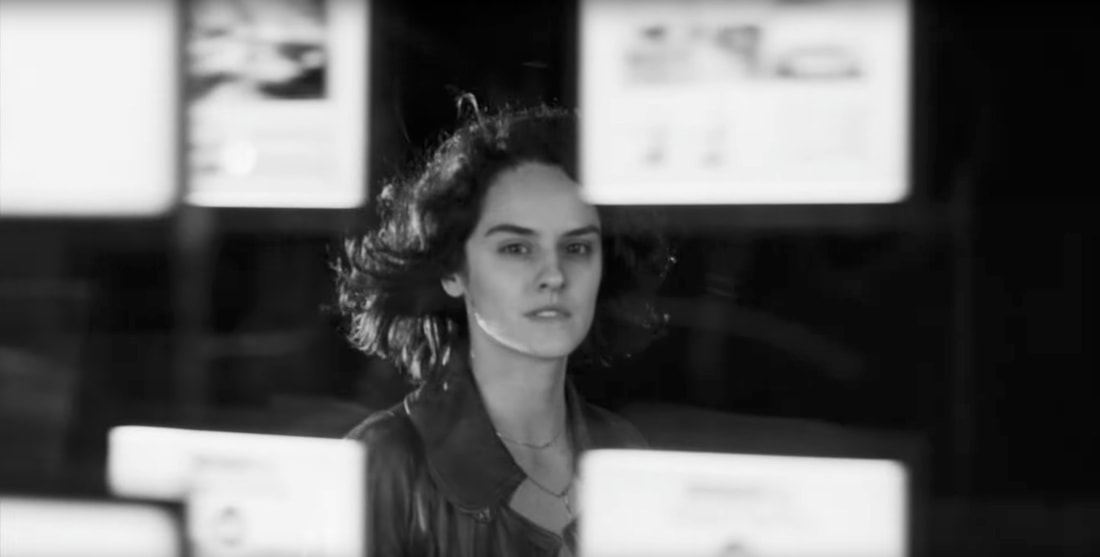
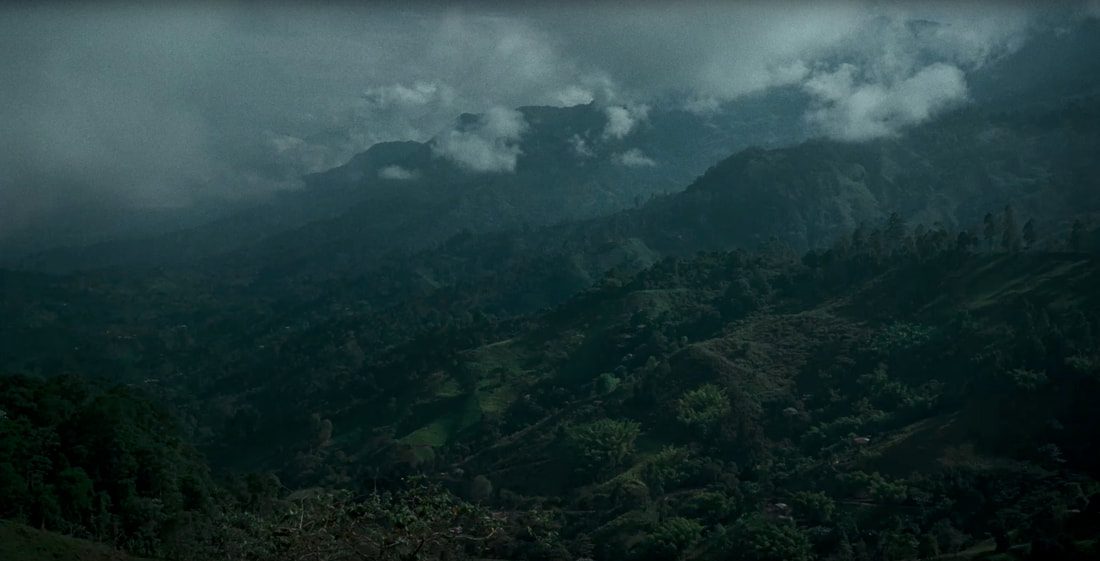
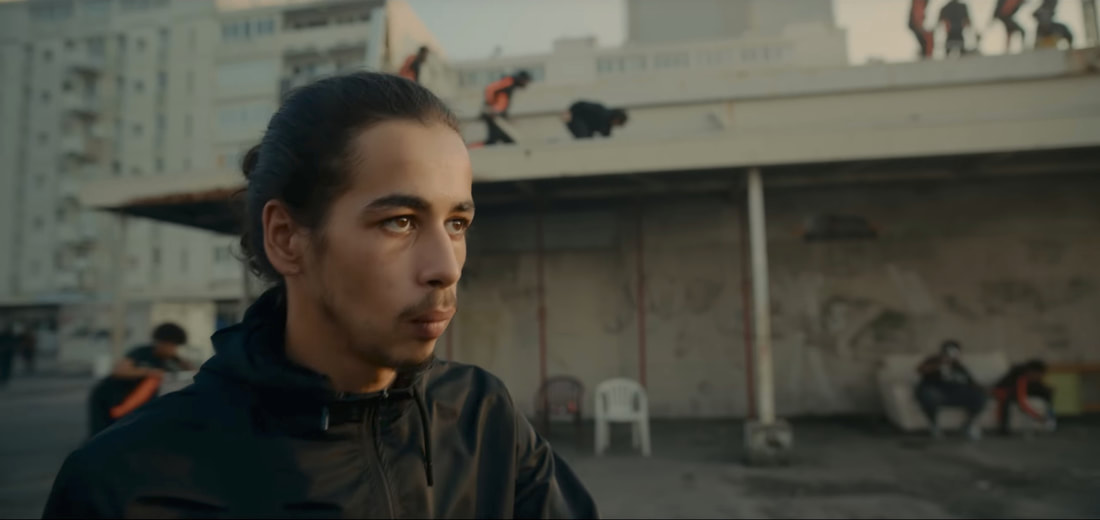
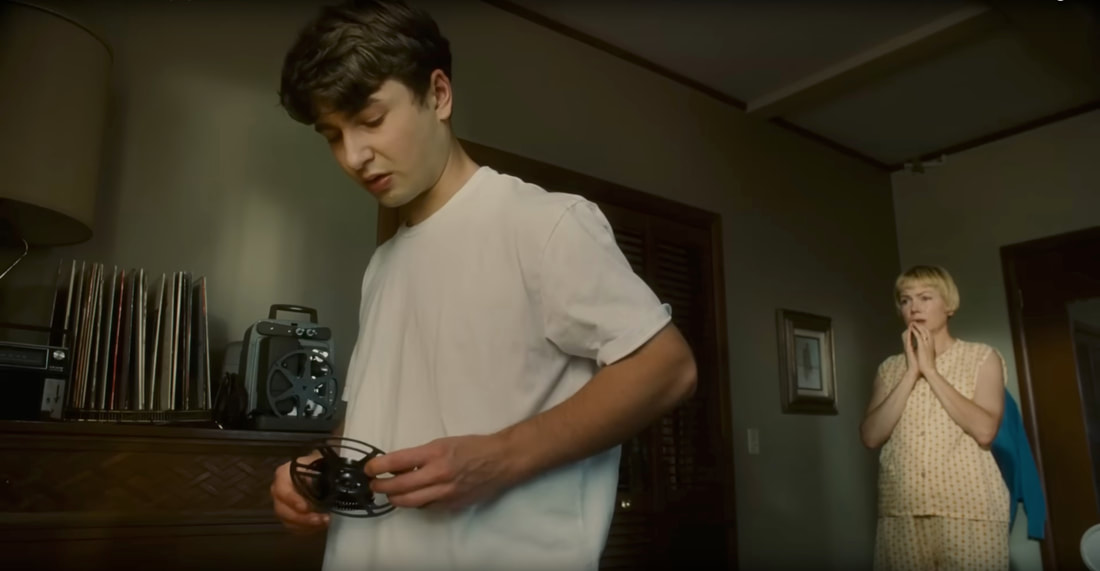
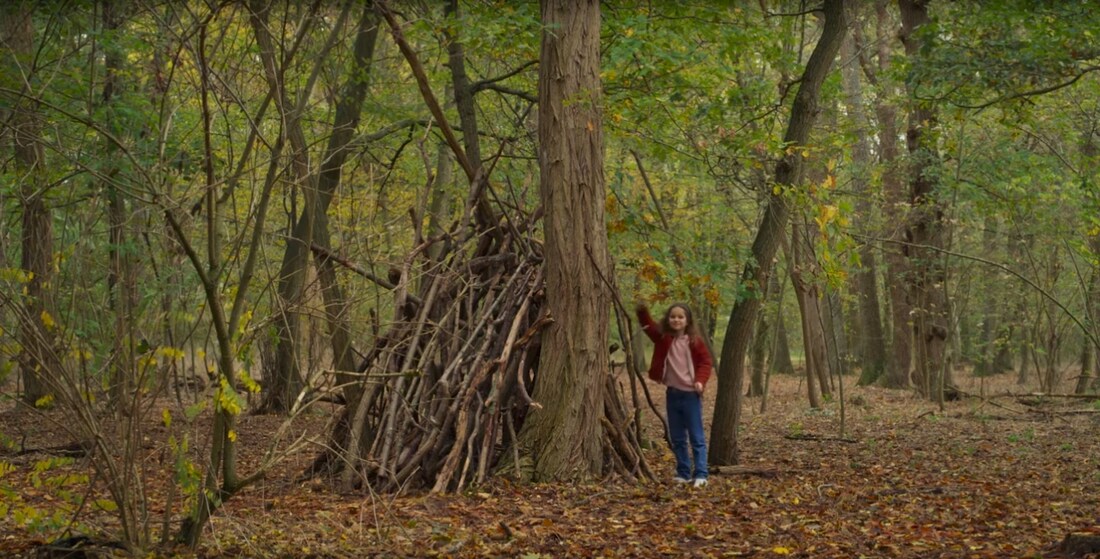
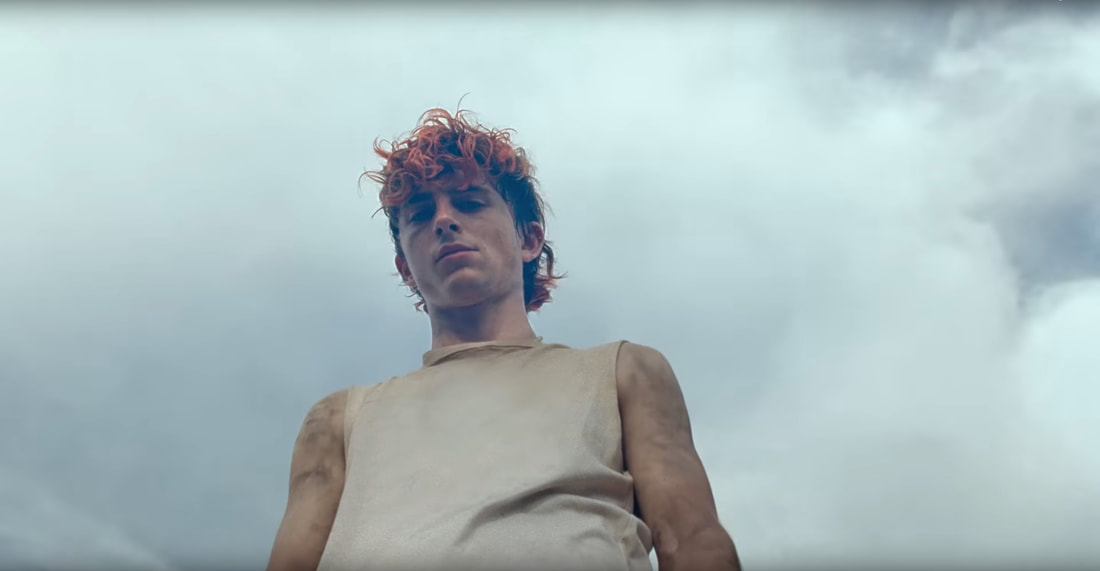
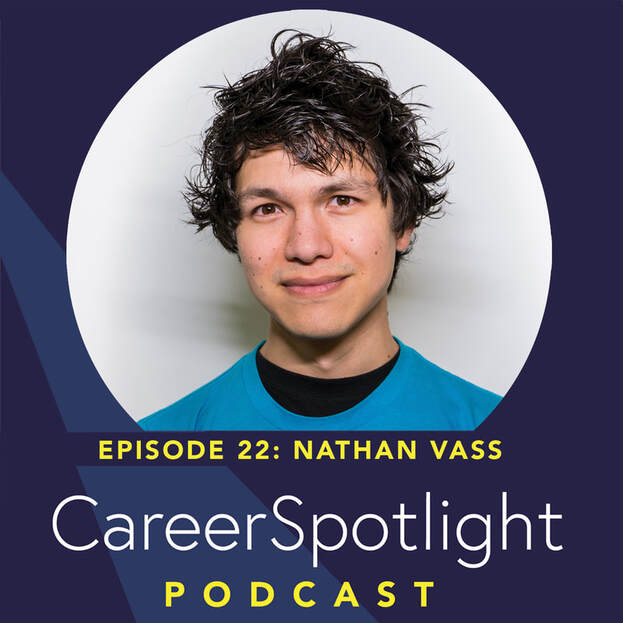
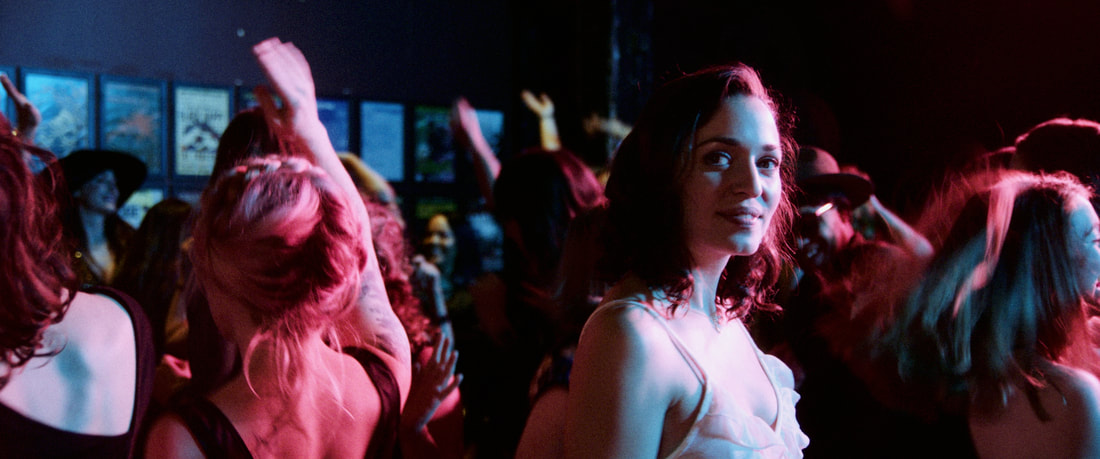
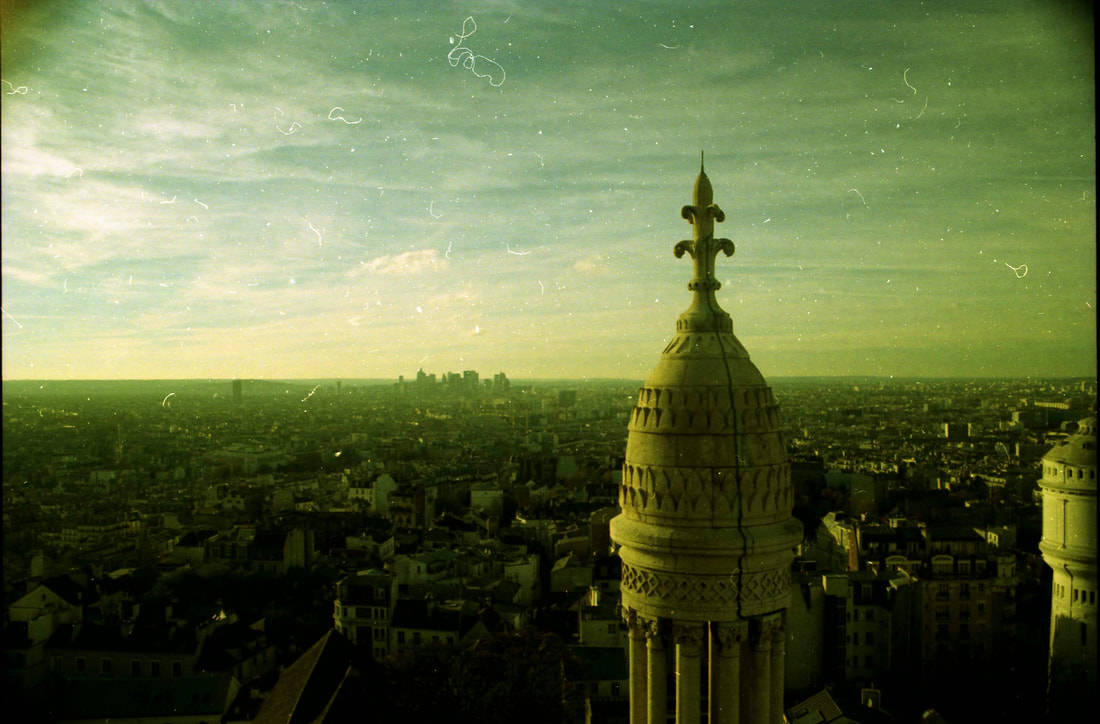
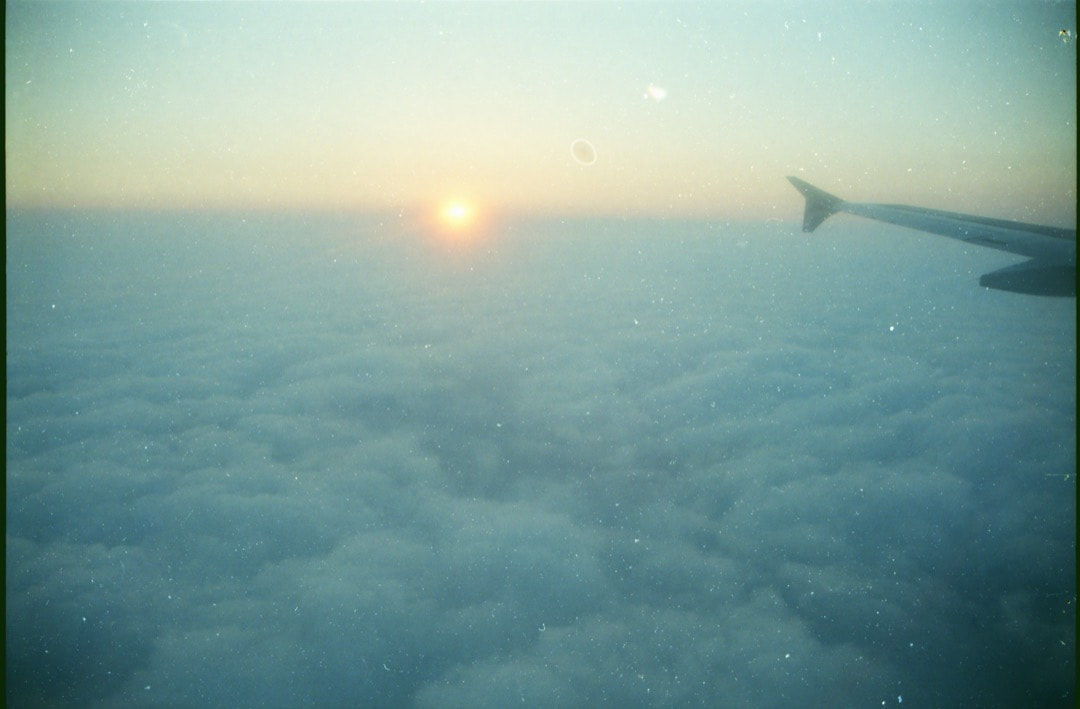
 RSS Feed
RSS Feed
